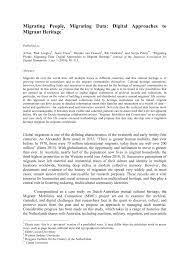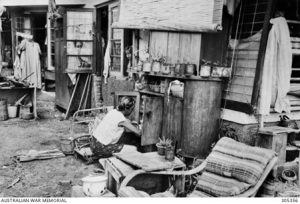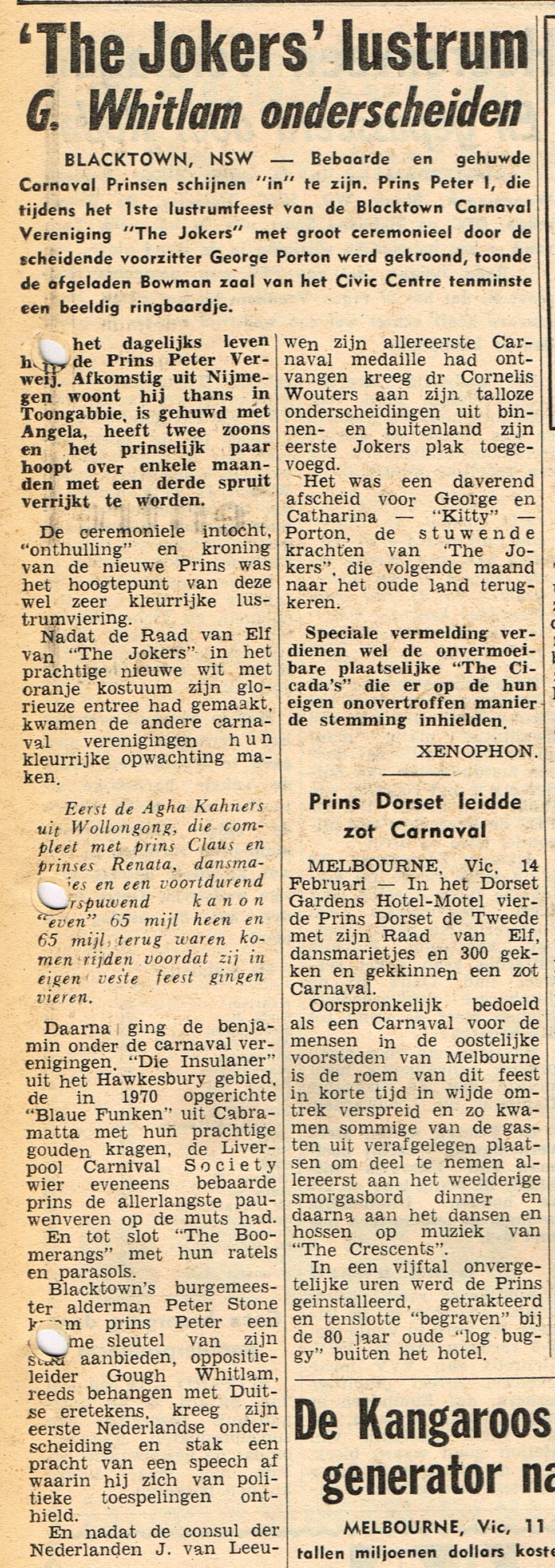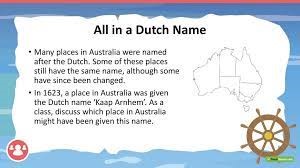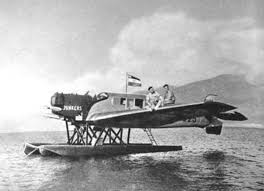
A few Dutch connections to the 1932 Kimberley Rescue
In 1932, a daring attempt to circumnavigate the globe by air turned into a harrowing survival story for German pilot Hans Bertram and mechanic Adolph Klausmann. Their journey in the Junkers W 33 seaplane, Atlantis, registration D-1925, took an unexpected turn when they were forced to make an emergency landing
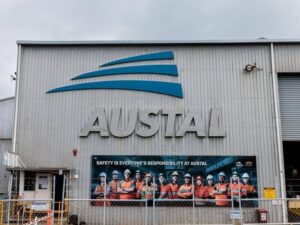
Austal Limited – Founded by Dick Verboon
Austal Limited’s roots in shipbuilding can be traced back to the pioneering efforts of Dutch boat-builder Nicholaas Willem Verboon who emigrated to Australia and his sons Dick and Nick, who established Australian Shipbuilding Industries Limited. Dick Verboon, a ship’s carpenter, recalls that to get into a boat building in Fremantle
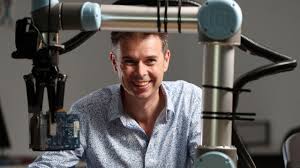
Anton van den Hengel Professor in Artificial Intelligence.
Anton van den Hengel is likely the only person born in the Netherlands who is also a fourth-generation Port Adelaidian. His father’s family hails from Amsterdam, specifically from the Jordaan district. Before settling in Amsterdam, the van den Hengels originated from a small town near Utrecht. Anton’s grandparents owned a
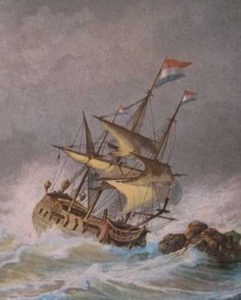
The Vergulde Draeck – 1656 – New info added July 2024
On the night of the 28 April 1656, the Vergulde Draeck struck a submerged coral reef midway between what are now the coastal towns of Seabird and Ledge Point, Western Australia. On board were 193 crew, eight boxes of silver coins worth 78,600 guilders and trade goods to the value
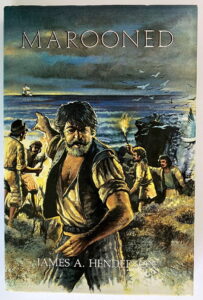
Book: Marooned: The Wreck of the Vergulde Draeck and the Abandonment and Escape from the Southland of Abraham Leeman in 1658 by James A Henderson
The Vergulde Draeck sailed from the Netherlands bound for Batavia. The ship foundered in 1656 at Ledge Point, near the mouth of Moore River, leaving 68 survivors stranded. In 1658, two ships were sent to attempt a rescue. Aboard one of the ships, the Waeckende Boey, was officer-navigator Abraham Leeman van Santwits. This
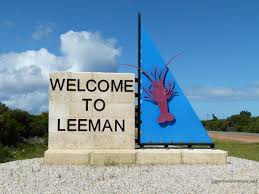
Town of Leeman WA, named after the VOC Sailor Abraham Leeman van Santwitz
Abraham Leeman van Santwitz (Santwits, Santwijk), a 17th-century Dutch sailor, embodies the spirit of resilience and leadership in the face of overwhelming adversity. His experiences as a navigator with the Dutch East India Company (VOC) are a testament to the perils and challenges of maritime exploration during this era, particularly
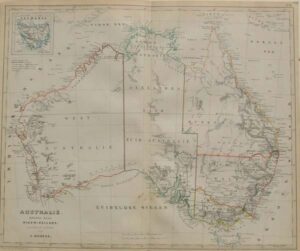
The Dutch Toponymic Legacy in Australia
A country’s toponyms has many hidden complexities. For example, some name-forms can deceive theunwary in terms of their origins and meanings. Australia’s toponymy is a good case in point.Many of Australia’s toponyms are transparent as to their etymologies, such as, Port Macquarie (NSW),Sandy Bay (TAS), whilst others are more opaque,
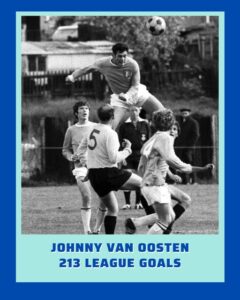
Jan Van Oosten: A Legendary Goal Scorer in Western Australian Football
Early Career and Rise to Prominence Jan (later John, Johnny) Van Oosten was born in The Hague. The family emigrated to Australia in 1954, when Jan was 7 years old. They settled in Victoria Park. His father was Dutch, his mother Polish, they had met each other in Germany where
Pioneering Dutch settlers in the 1920s-In search of utopia
By Diane Gabb Introduction Much has been written about the large numbers of Dutch migrants who sought a new home in Australia after the devastation of World War II when over 200 000 citizens had lost their lives and the failed Netherlands economy had little to offer but emigration propaganda. Australia
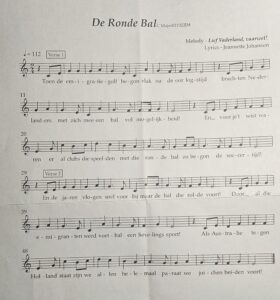
Voetbal lied – De Ronde bal
In tribute to Adam Muyt and his book on Clogball, Jeanette Johansen composed the text for this lied, which the Melbourne-based Zing Choir has included in its program.

Dutch Circular Economy inspires the Bega Valley
Bega aims to become Australia’s most circular economy by 2030, inspired by pioneering Dutch practices. The concept of circularity, which involves keeping materials in use at their highest value, designing out waste, and regenerating natural systems, has taken root in Bega, following the Dutch model. Circularity is described as a

A Song of Cape Leewin. By Ernest Favenc
Beaten by tempest and stormed by drift, Steady I keep my post, And laugh at the southern rollers long, For I’m guard of the Southern Coast. I watched the Dutchmen on their way, In the days of long ago, But they set no foot on my rocky shore, Where the
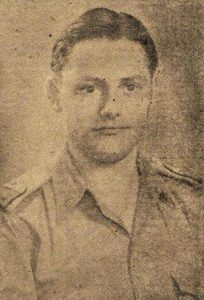
Dutch UN Jeep ambushed in Indonesia followed by investigation involving Australia (1949)
The first (and only?) United Nations’ casualties in its involvement in the Indonesian war ofindependence 1945-50. By ACT Branch Member Graham Rayner. At about ten o’clock on the morning of 18th March 1949 a Dutch military jeep, painted white and clearly marked as “UNITED NATIONS” was ambushed by what were
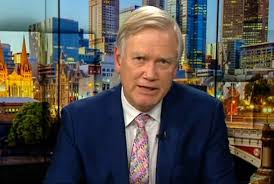
Andrew Bolt’s reflections on his Dutch heritage
By Andrew Bolt, social and political commentator, writer and TV producer. I was born in Adelaide and always felt some contact with Holland. We got parcels every few months from my mother’s parents or sisters of zoute drop, stophoest and editions of Panorama. I read (or just looked at) cartoon
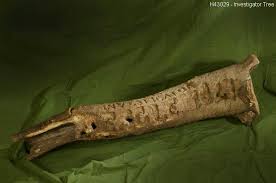
Dutch links with Sweers Island – Gulf of Carpentaria
Sweers Island is an island in the South Wellesley Islands in the Gulf of Carpentaria, Queensland. The island was given its European name by explorer Matthew Flinders on 16 November 1802 after Salomon Sweers, a council member of the East India Company at Batavia who was one of those who
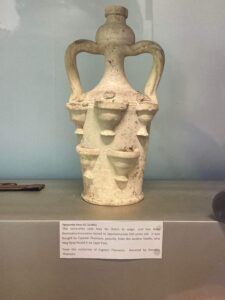
Dutch? 17c vase – Cooktown Museum
While the vase looks more Middle Eastern or Asian it might come from a Dutch ship. It forms part of the Captain Thomson collection at the Cooktown Museum. As indicated in the label below the picture it may have found by Frank Jardine, an early landowner, settler and police commissioner
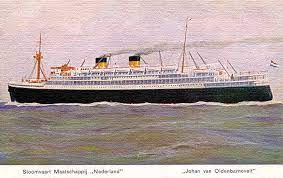
Dutch immigrant ship Johan van Oldenbarnevelt – New: Bekrompenheid in ruil voor avontuur
When she was built in 1930, she was the largest ship yet built by the Nederlandse Scheepsbouw Maatschappij. She had berths for 770 passengers: 366 in first class, 280 in second, 64 in third and 60 in fourth class. She had berths for 360 crew. She had four decks and
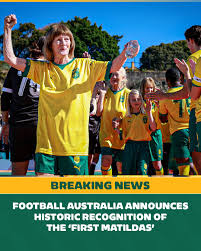
Trixie van Lieshout (Tagg): First Coach of the Mathildas
Early Life and Introduction to Football Trixie Tagg (née van Lieshout) was born on December 13, 1948, in Amsterdam. Growing up in Amsterdam-West, Trixie was introduced to football at a young age, playing street football with friends—mostly boys—in the late 1950s. She fondly remembers listening to football matches on the
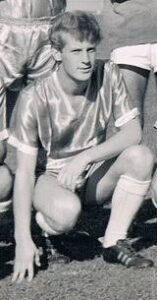
Ted de Lyster from football to looking at young adults with intellectual disabilities.
Ted de Lyster, born on June 17, 1947 in The Hague, is an Australian former association football player whose career, though brief at the international level, holds a special place in the history of Australian football. De Lyster’s journey from his early days in the Netherlands to representing Australia on
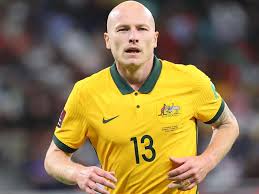
Aaron Mooy from Sydney to Football Stardom and Retirement
Dutch heritage Aaron Frank Mooy, originally named Aaron Kuhlman, was born on 15 September 1990 in Sydney, Australia. His surname was changed by his Dutch mother after her divorce. Mooy had minimal contact with his father, only meeting him briefly at age 14 to sign forms for a Dutch passport.

Book: Shaping Kingston- The story of God’s children in Kingston
From their initial close connection with St Johns Presbyterians, a committed group of immigrant Dutch Christians moved on to build a church true to the Reformed tradition at Kingston. With original sources and interviews supplementing his research, Kees Wierenga chronicles their 60+ year story, a story based on faith and

Thank you DACC website users – website statistics
We are excited to share with you our latest website statistics, which serve as a resounding vote of confidence in the digital strategy we embarked upon four years ago. This snapshot, taken on July 7th, offers a comprehensive overview of our website’s performance over the past 28 days. Your continued
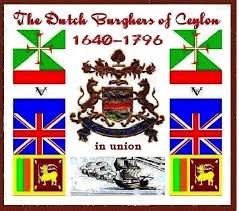
Selected List of descendants of VOC personnel in Ceylon, and their achievements in Australia
By: Yvette Paulusz Introduction The Dutch Burghers descend from VOC personnel who were employed by the Company to manage their trading operations, and administer the territory which the Company had acquired in Ceylon (Sri Lanka). Research into the occupations of the Founders of families during VOC times indicates that very
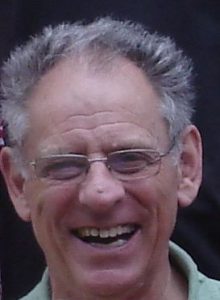
Associate Professor Klaas Woldring – new article: A Republic needs major political system change.
This article is about Associate Professor Klaas Woldring, a retired academic and longtime member and board member of the DACC. The article contains a short biography of Klaas, and outlines some of his academic work and his interests in retirement. Biography Klaas Woldring was born on 2nd July 1934 in
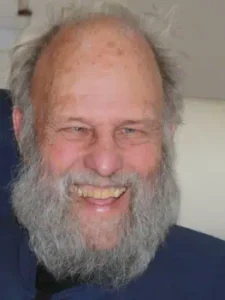
The colourful life of Jan de Voogd
Johannes Jan Nicolaas de Voogd, known as Jan, was born in January 1932 in Japan to Dutch parents, Nicolaas Arie Johannes (Niek) de Voogd (1899-1977) and Amarintia Clasina de Vries (1903-1998). Jan’s parents married in 1930 in Kattendijke in Zeeland, the Netherlands. At the time his father Niek was an
Dutch Submarines operating from Australia during WWII
The submarine division of the Royal Netherlands Navy (RNN) was launched in 1906. At the start of WWII, it had approx. 25 submarines in service, with 15 boats deployed in the Netherlands East Indies (NEI). They included the: K-VII (507 tons), K-VIII, K-IX, K-X (all 521 tons), K-XI, K-XII, K-XIII (all 611 tons), K-XIV, K-XV, K-XVI, K-XVII, K-XVIII (all 771 tons), O-16 (896 tons), O-19, O-20 (both 998 tons). After
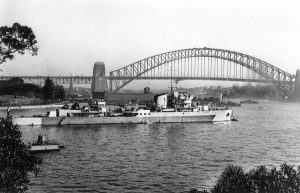
Dutch participation in the Seventh Fleet
The 7th Fleet was formed on March 15, 1943 in Brisbane, Australia, during World War II. It served in the South West Pacific Area (SWPA) under the control of General Douglas MacArthur, and the 7th Fleet commander also served as commander of Allied naval forces in the SWPA. This
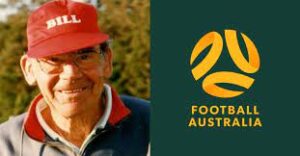
Bill Vrolyks: A Legacy of Football and Community Service
Born in Holland, Bill Vrolyks was send to Australia in 1945 for training to fight the Japanese as part of the Dutch Air Force. Because of the union boycot in support of Indonesia the trainees were flown all over Australia to help loading ships to go to Indonesia. He also

WWII Operation Manna for the Netherlands: The Role of the Australian 460 Squadron
During the final months of World War II, the Australian 460 Lancaster Squadron played a pivotal role in Operation Manna, a humanitarian mission that delivered desperately needed food to the starving people of the Netherlands. During the harsh winter of 1944-1945 the Dutch population endured a major famine. Known as
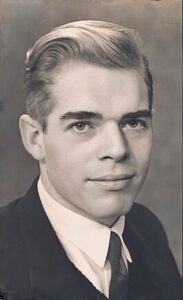
Engelandvaarder Chris van Oosterzee – trained in Australia
Christiaan Vincent Gradwell (Chris) van Oosterzee, born on March 20, 1922, in Weltevreden (Batavia), and died on April 18, 1989, in Amsterdam, was a significant figure during and after World War II. His life included notable interactions with Australia during his military service. Early Life and Military Involvement Chris van
Money for the Netherlands East Indies printed in Australia
There is an unconfirmed story that General Douglas MacArthur ordered the printing of money for the Netherlands East Indies at the Commonwealth Bank Note Printing Works in Melbourne. This printing facility, established in 1912, had its role taken over by the Reserve Bank of Australia in 1960. There are mentions
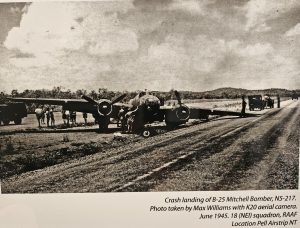
WWII Pell Airfield, NT – used for maintenance by the Dutch
In all there were over a dozen WWII airfields in the Top End and many of them were at occasions used by the Dutch. Sometimes their planes were directed to these fields because of congestion or weather. Sometimes planes were more or less running out of fuel on their way
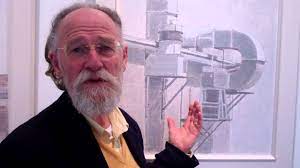
Hendrik Kolenberg Art Curator – Art Gallery of NSW
Early Life and Education Hendrik (Cornelis Gijsbertus) Kolenberg was born in Rotterdam, the Netherlands, on July 31, 1946, to Gijsbertus Anthonius Kolenberg and Wilhelmina Maria Kolenberg (née Schellaars). In October 1952, the Kolenberg family emigrated to Australia, where Hendrik began his education. He attended Black Forest Primary, Forbes Primary, and
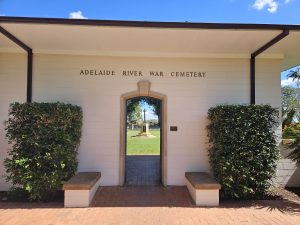
Dutch WWII Casualties from air operation from the Northern Territory
The following is the list of Dutch and Netherlands East Indies casualties mainly from the various squadrons that operated from the Northern Territory in Australia during the period 1942-1945, as published in: De Militaire Luchtvaart van het KNIL in de jaren 1942-1945. Dutch military initially buried at Adelaide River Cemetery
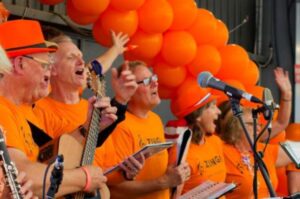
Zing! Sing in Dutch: Eight Years of Growth and Development in Review.
From its inception in August 2016, Zing! Sing in Dutch promised to be a choir with a difference. Following a series of two vibrant workshops in June that year featuring nursery rhymes, cabaret ballads, pop songs and waltzes (all in Dutch), a core group formed under the leadership of founder
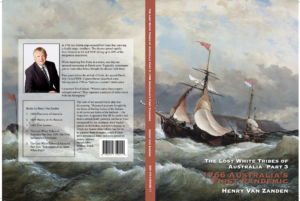
1766 Australia’s First Pandemic
After publishing ‘The Lost White Tribes of Australia‘ Part Two, the author Henry van Zanden realised that the Victorian chapters deserved a more thorough investigation and its own book dedicated entirely to the smallpox outbreak in Victoria and NSW. In Victoria, he explored the South-western districts especially Lake Condah and
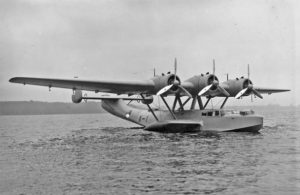
The Java-Broome Evacuation route February and March 1942
The link below is a PowerPoint presentation from Dr. Nonja Peters – 2023 See also: The Drama of Broome 3-3-1942 The 18 Netherlands East Indies Squadron RAAF Stories of the Dutch WWII submarines in Australia Dutch at WWII Camp Columbia Brisbane 1944 – 1947 Dutch merchant fleet delivered major contribution
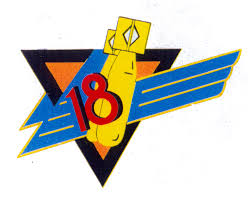
David Groen – 18th Squadron
Interview with David’s son Maurits Groen – 2005(?) See also: The 18 Squadron Netherlands East Indies – RAAF

Interview with Dirk Stellema – pilot 18 Squadron
Dirk Stellema, comes from Snake in Friesland, Born in 1917, Was in the airforce in the NEI in 1937, and was in Australia during the war from 1942, and came to Australia permanently in 1949 , and was in the 18th Squadron Note: Somebody in the group saying Allies in
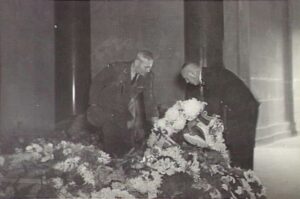
Lt Col.van Beek lead the Dutch group at the Allied Translator and Interpreter Section (ATIS) in Brisbane
ATIS was an integrated unit composed of Australian and American intelligence personnel and staff from the other Allied Forces (the Netherlands and China) Their primary responsibilities were the interrogation of Japanese POWs from Gaythorne POW Camp and the interpretation of captured Japanese documents. Given the low surrender rate of Japanese
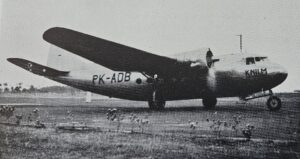
Three WWII emergency landings of Dutch planes in the NT in one day
On February 28, 1942, Japanese troops rapidly advanced through northern Java, quickly occupying airfields and towns. Within hours, they were only 50km from Andir Airport (Bandung) in West Java, where five civilian Royal Netherlands Indies Airways (KNILM) planes were based. Only the next day did the Dutch Government in Exile
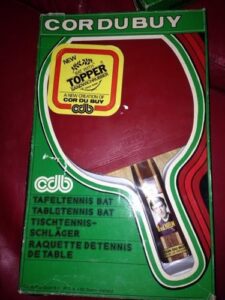
Cornelis du Buy – table tennis champion
Cornelis du Buy was born on January 8, 1921, in Amsterdam, the son of Cornelis du Buy and Maria Catharina Ramakers. During his teenage years, in the interwar period, Cornelis learned table tennis at home from his father, playing on the dining table. Cornelis’ mother, originally from Limburg, acted as
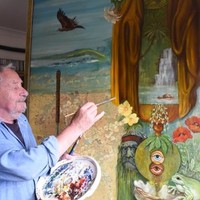
Nico Martin van Dalen – Artist
Nico was born on 8 December 1932 at Nijmegen, Netherlands, and migrated to Australia in 1955. On arrival he stayed in the Bonegilla Migrant centre, in 1997 he produced 15 cartoon styled drawings of live as an early migrant in Australia. He worked as a designer in various positions until
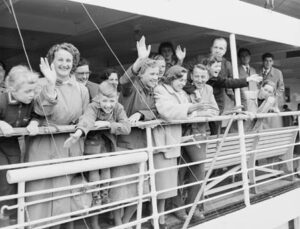
Dutch Women in Australia
In this paper Dr. Nonja Peters explores the manner in which Dutch women, who left the Netherlands at various times during the postwar period, negotiated and carved out an ‘identity’ and satisfied their need for a sense of belonging in Australia. The interpretation derives its conclusions from oral history interview
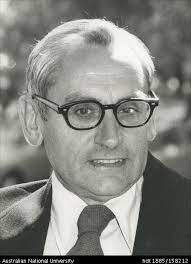
Pastor Hans Mol’s Life, Career, and Contributions
Biography Johannis Jacob “Hans” Mol, (14 February 1922 – 26 November 2017) a notable sociologist of religion, was born in Rozenburg. His early academic pursuits at the University of Amsterdam were disrupted by World War II when he refused to pledge allegiance to the Nazi party. Consequently, he was forced
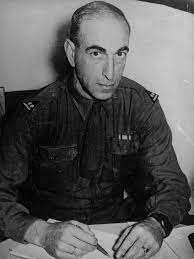
Lieutenant Colonel N.L.W. van Straten – Timor-Australia
Nico Leonard Willem van Straten was born in Zwolle, September 3, 189 and died in Arnhem, September 18, 1968. He was a Dutch soldier of the Royal Dutch East Indies Army (KNIL) and bearer of the Military Order of William. At the start of WWII Lieutenant Colonel N.L.W. van Straten
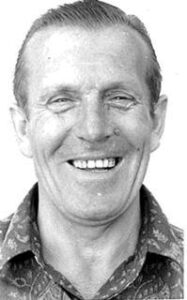
Peter van Ryn – a ‘Sophie’s choice’ and being the physio for the Socceroos
Information provided by Peter’s son Laurie Early Life and Athletic Career Petrus “Peter” or “Piet” van Rijn was born in The Hague (Den Haag), Netherlands, on 18May, 1917 (and passed away on 26th June, 2002). His parents were Piet van Rijn and Antonius Hendrieka Knijf. His mother was born in
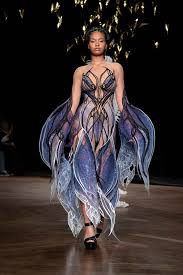
DACC organised an exclusive tour of the Iris van Herpen Exhibition at GOMA in Brisbane
The DACC was able to secure an exclusive tour through the Iris van Herpen exhibition. The event was a sold out success with the limited available tickets within days. The exhibition is on till October 7 and is highly recommended. The 40-year old Iris van Herpen is a Dutch fashion
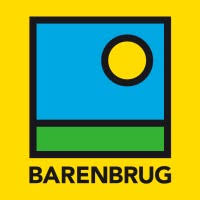
Barenbrug Australia part of Royal Barenbrug Netherlands
Barenbrug Australia, a subsidiary of the Royal Barenbrug Group, plays a significant role in the Australian agricultural sector. The Royal Barenbrug Group, headquartered in the Netherlands, was founded in 1904 by Joseph Barenbrug and has since become a global leader in grass and legume seed research, development, production, and marketing.
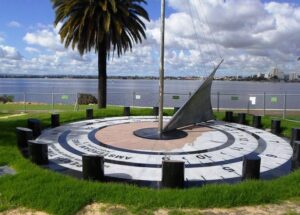
De Vlamingh Memorial Sundial: A Historical Tribute Reimagined
Commemorating a Landmark Voyage The De Vlamingh Memorial Sundial stands as a testament to the historical voyage of Dutch explorer Willem de Vlamingh, whose expedition in 1697 culminated in the significant discovery of Western Australia. This interactive memorial not only commemorates de Vlamingh’s arrival at the Swan River but also
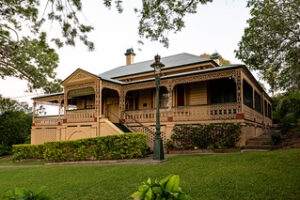
Miegunyah House, Brisbane used by Dutch officers in WWII
The beautiful restored and well maintained Miegunjah home was built in Newstead, Brisbane close to Breakfast Creek around 1885 by William Perry an ironmonger with an extensive business selling ironware. The house was sold in 1926 to Marie Menzies, wife of dentist Dr Andrew R. Menzies. When Dr Menzies died
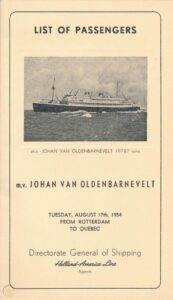
Where to find Shipping Lists – Passenger arrival records?
The National Australian Archives (NAA) holds a large number of passenger arrival records. These records indicate how people moved into and out of Australia. You can search these arrival records in the NAA collection. This includes detailed passenger records for arrivals and departures at all Australian ports from 1924. This
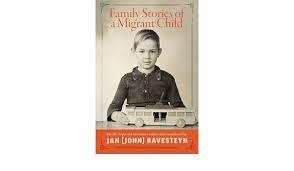
Jan van Ravesteyn -Family Stories of a Migrant Child
His life, hopes and adventures written and remembered by Jan (John) Ravesteyn It is a tale of our large family of 10 finding their way in a land and culture where many things have to be learned again and being guided by his Christian faith as the foundation of his

Andries Snoek Dutch journalist in Australia
Andries Snoek (1932-2024) has been writing for Dutch newspapers in Australia for 37 years, contributing to the Dutch Australian Weekly from 1983 to 2004, and to the Melbourne-based Dutch Courier from 2005 till his death in 2024. His career in journalism began at the age of 14 in Gorinchem, when
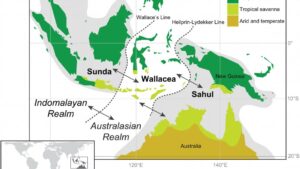
The zoological Lydekker’s Line
Lydekker’s line defines the easternmost extension of oriental animals into the zone of mixing between the Oriental and Australian faunal regions.The Lydekker’s Line and extends into the Pacific Ocean. To the east of this line lies the so called Notogaean, or Australian to the west is the Wallace Line. This
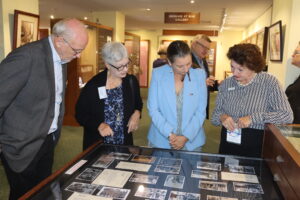
Camp Columbia Exhibition at the MacArthur Museum, Brisbane
In April, representatives of the Camp Columbia Heritage Association (CCHA) met with John Wright, the director of the MacArthur Museum in Brisbane (MM-B), to discuss the possibility of hosting a pop-up exhibition on Camp Columbia. Since Wacol, the actual location of Camp Columbia, is out of town, we explored the idea of
Central Bureau: WWII Codebreakers in the Pacific
During World War II, the Central Bureau was established in 1942 to support General Douglas MacArthur’s South-West Pacific Area Command. This unit brought together intelligence personnel from various countries, including Australia, the United States, the United Kingdom, Canada, New Zealand, and the Netherlands. Concurrently, the Fleet Radio Unit Melbourne (FRUMEL)
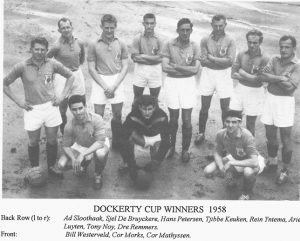
Football player and recruiter Tony Noy
Tony Noy, emigrated to Australia from Gennep as an eighteen year old with his family and was soon playing in the Melbourne competition, first with Slavia, and then with Wilhelmina, enticed there by Van Hoboken with the promise of a job for his father and cheap housing for his family.
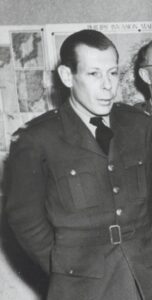
Alfred Schuurman – founder of the Dutch Australian Weekly
The Sydney-based Dutch Australian Weekly (DAW) w was founded in 1951 by Alfred Schuurman and A. Hilbrink with the assistance of Earl White from the Cumberland Newspapers. Schuurman had as a 21 year old in 1930, left the Netherlands for the Netherlands East Indies (NEI) here he developed an interest
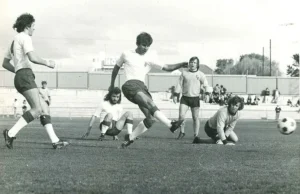
Top scorer in Adelaide: footballer Willem Slager
Willem (Willy. Wil) Slager born in 1941 in Ede near Arnhem. His family was evacuate to Friesland in 1944 when the Allied launched operation ‘Market Garden’ with bitterly fighting around Arnhem. He arrived in Australia in 1957 and settled in the suburb of Elizabeth in Adelaide. Het got a job
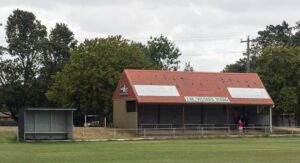
The Dutch heritage of Ballarat City F.C.
According to Adam Muyt in his book Clogball, Ballarat fielded a range of football clubs with typical Dutch football names: Juliana, Wilhelmina, Hollandia, and Fortuna. By the end of the 1960s, these clubs had folded, merged, or were no longer majority Dutch. In 1967, what was left merged into the

Socceroo Adrian Leijer 2nd generation Dutch
Born in 1968, he largely grew up in, the New South Wales town of Dubbo to a family of Dutch and English heritage. He played from Under 10 – Under 14 with SASS Strikers Junior Soccer Club in the Dubbo & District Soccer Association. Whilst with SASS, he represented Western

Creswick Victoria – Little Holland
Creswick welcomes the Dutch The Creswick and District Historical Society, Inc. has published a new history of Dutch immigration to Creswick, contributed by the Dutch community. This essay, “Creswick Welcomes the Dutch,” authored by Jack van Beveren, Gerarda van Hamond, Jo van Oostveen, Rita Flapper, and Marilyn Lennox, chronicles the
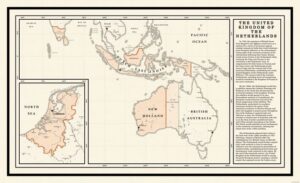
Imaginary Map fantasises Dutch colonising parts of Australia
The source of this is: Imaginary Maps! Where people can share maps they can make of alternate history, fantasy, sci-fi or as they state anything really! It is called Counterfactual History. We keep it in as a bit of fun This how somebody imagining the United Kingdom of the Netherlands in
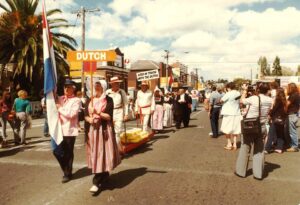
The Dutch in Geelong
Dutch Clubs In 2024, the Dutch population in Geelong comprises of 1400 people. In the early 1950’s they established the Geelong Dutch Club, which has since grown to 10 active Dutch clubs servicing the Geelong Region, they are: • Swallows Karnival Club• The Rocket Club• Micare/ Dutchcare• 50 plus Club•

Emigration document “Weg naar Australië” (Going to Australia) dated 1951.
This document from the Netherlands Emigration Service was of course in Dutch. We have made an English translation underneath. It is interesting to consider how people at that time looked at Australia and also at the way this was portrayed by the officials. However some of its still resonates. The
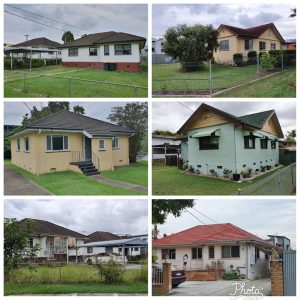
Six Dutch Houses in Brisbane proposed for heritage protection
In May 2024, six ‘Dutch Houses’ in Brisbane have been nominated for heritage protection. The Dutch Australian Cultural Centre has brought the history of these houses to the attention of the local community. As a result, the local history group has requested this protection. The DACC contributed to the preparation
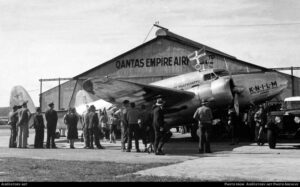
WWII Dutch Lockheed crash landed near Katherine
The following is a translation of a story recorded in the book: “De KNILM vloog door..“ (The Royal Netherlands Indies Airways continued to fly) On Thursday, March 26, 1942, a Lockheed Super Electra SE-14 PK-AFM operated by KNILM (Royal Netherlands Indies Airways) failed to arrive at its destination of Batchelor
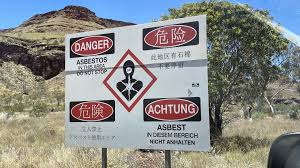
Tragic loss of Dutch men at the Wittenoom asbestos mine
The battle against CSR’s corporate responsibility began in the 1970s, with former Wittenoom workers contesting the company’s use of the corporate veil as protection. Initially, legal actions were directed at Midalco Pty Ltd, a CSR subsidiary, shielding the parent company from direct litigation. Cornelius Maas was among the first to
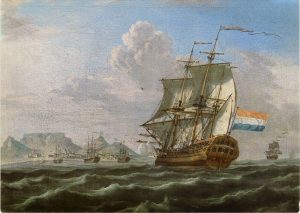
First Dutch contacts in Australia – North west coast of Australia 1643 to 1688
[North West Cape to Cape Londonderry] Tasman’s Voyage of 1643 Documentary Source other than original Journal Witsen, N 1705Noord en Ooste Tartarye,Amsterdam: Francois Halma, pp.175-6. p.175In latitude 190 35’ and longitude 1340 natives who appeared in great numbers threw stones at the people the Dutch sent ashore in 1643; these
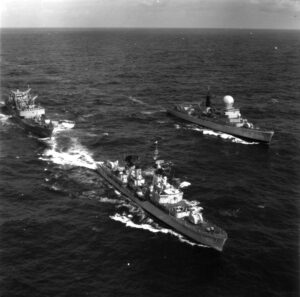
Three Dutch Naval Visits to Australia in the 1970s
Following the extensive naval presence during WWII, the more peaceful years of the 1960s, saw a new approach emerged where Naval Visits were amalgamated with a national ‘Holland Promotion’. This represented a distinct new form of ‘Flying the Flag’, showcasing the national flag by sending one or more warships abroad.
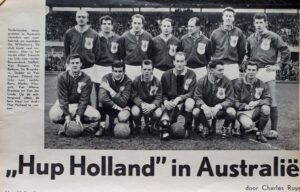
‘Holland’ wins 1956 World Cup Down Under
The Laidlaw World Cup Down Under, nestled amidst the post-war resurgence of football fervor in Victoria, stands as a testament to the multicultural tapestry woven into the sport’s fabric. Its origins traced back to 1949 with a diverse array of teams taking to the field, including representatives from Great Britain,
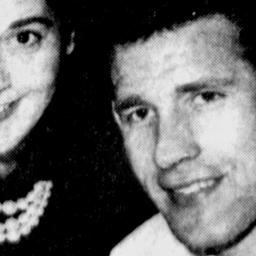
Dick van Alphen: A Tribute to an Australian Soccer Icon
Born on September 18, 1934, in the Netherlands, Van Alphen left an indelible mark on Australian soccer, leaving behind a legacy that continues to inspire generations. Dick passed away on May 21, 2009, at his home in Hervey Bay, Queensland. Van Alphen’s journey in soccer began in his native Amsterdam,

From the Pitch to Perseverance: The Remarkable Journey of Bill Westerveld
Bill Westerveld’s life story is a testament to his enduring passion for football and resilience in the face of adversity. His journey in the sport took him across continents, representing his homeland at the youth level before embarking on a new chapter in New Zealand and later in Australia. Born
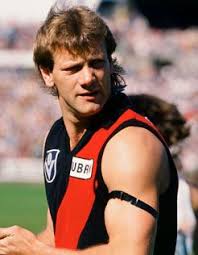
“The Flying Dutchman”: The Legendary Career of Paul Vander Haar
Paul Vander Haar was born in the Netherlands on 7 March 1958 and was one of five children born to Dutch migrants, Bernardus Josef (Ben) and Judith. His surname was originally spelled: van der Haar. On the field he is often referred to as ‘Vander’. Paul Vander Haar’s legacy in
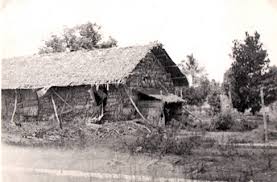
Japanese concentration camp Palembang and the Paradise Road Women Choir
In the occupied Netherlands East Indies, Japan sought to eradicate all Western influence from public life. In the outlying regions, non-Asian individuals were promptly interned following the occupation. Consequently, women from the Netherlands, Australia, England, and the Dutch East Indies found themselves compelled to coexist in internment camps. In the
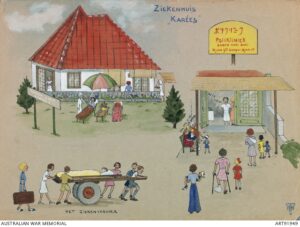
Displays from Japanese prisoners camp Kareës at Australian War memorial
The physical environment of a Japanese prisoner camp serves as more than mere confinement; it becomes a stage for survival and adaptation. Whether situated in remote jungles, barren deserts, or urban centers, each camp presents its own set of challenges and opportunities. Natural features like harsh climates, rugged terrain, and
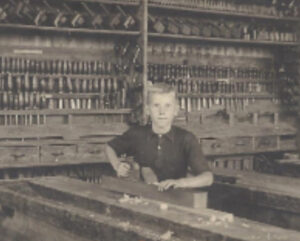
WWII veteran and businessman Alex Leemhuis
Alex war activities and memories are recorded by the National Library of Australia. A+P Leemhuis Builders was established in 1956 by Alex Leemhuis. Alex arrived in Australia in 1951 from Netherlands, met his wife (Urselina) and settled in Canberra. Since then they have built a multi-generational family business that’s now
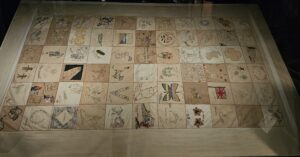
The Changi Quilts – WWII
Changi Prison, originally designed to hold 600 inmates, was overwhelmed with around 2,400 internees, including civilians associated with the British and Dutch colonial administrations. Among them were women and children, housed alongside male prisoners of war. Despite being overcrowded, Changi was relatively modern, boasting amenities like flushing toilets, though hygiene
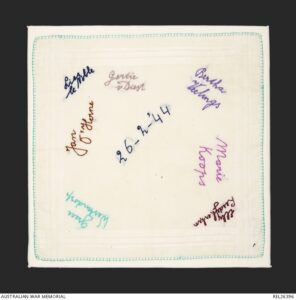
Handkerchief of the Dutch ‘Comfort’ Women WWII
50 years of silence ‘How can you tell your daughters, you know? I mean, the shame, the shame was still so great. I knew I had to tell them but I couldn’t tell them face to face . . . so I decided to write it down.’ Jan Ruff O’Herne’s
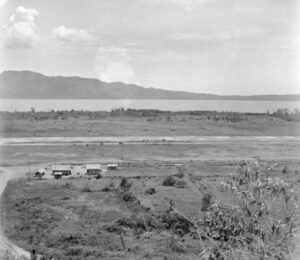
Battle of Ambon – Laha Massacre
The Battle of Ambon, which raged from January 30 to February 3, 1942, in the Netherlands East Indies during World War II, held significant strategic implications due to its potential for facilitating air attacks on Australia. The Dutch garrison, ill-equipped and understaffed, found itself confronting Japanese aggression alongside Allied forces,
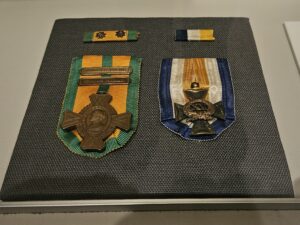
Lieutenant Anton van Beurden – WWII
The following information is from the Australian War Memorial. Anton van Beurden was born in 1912. He joined the Dutch merchant navy as a young man, specialising in radio telegraphy. In 1933, he was selected for officer training in the Royal Netherlands Naval Reserve (RNNR). After attending the Royal Naval
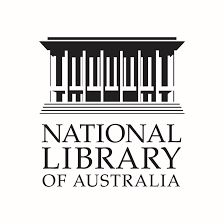
Interviews and information of Dutch WWII veterans and related information
Dutch war veterans in Australia oral history project [sound recording] The aim of this project “is to collect interviews that will recapture the life experiences of a representative group of Dutch veterans in Australia. Most of these veterans served with the Royal Netherlands Army in the Netherlands East-Indies (NEI) during
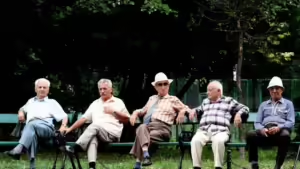
Projected Dutch Aged Stats NSW 1981- 2001
The following text is from a booklet published by the Federation of Netherlands Societies Ltd. in February 1985. The research for this booklet was done by Mijntje Hagen. The Dutch NSW Nursing Committee is actively carrying out a feasibility study regarding the establishment of a nursing home or, alternatively, the provision of
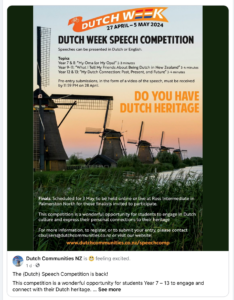
Organising Dutch Speech Competitions
We received an email with this Facebook post from the Dutch Community in New Zealand, with the suggestion that this perhaps is also an idea for Dutch organisations in Australia. Dutch Clubs and Dutch Language Schools might be interested in organising something along these lines.
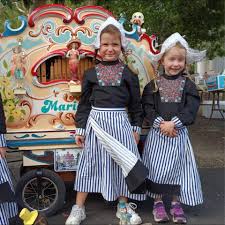
The New South Wales-Holland Festival Committee (history)
The following text is from a booklet published by the Federation of Netherlands Societies Ltd. in February 1985. The research for this booklet was done by Mijntje Hagen. In 1980, the vision for a grand Dutch celebration emerged, realizing that such an endeavor required the collaboration of many individuals beyond the capabilities
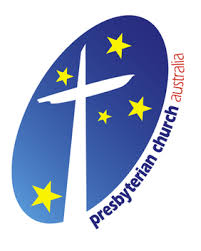
Protestant Dutch Benevolent Society
The following text is from a booklet published by the Federation of Netherlands Societies Ltd. in February 1985. The research for this booklet was done by Mijntje Hagen. The P.D.B.S. started its work in Australia in 1948. It began as a social committee of the Dutch congregation of the Presbyterian Church and
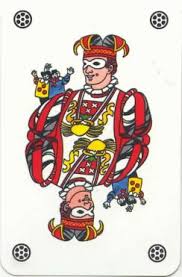
The City of Blacktown Carnival Society “The Jokers”
The following text is from a booklet published by the Federation of Netherlands Societies Ltd. in February 1985. The research for this booklet was done by Mijntje Hagen. Like all the other carnival clubs, The Jokers consider it their duty to give as many people as possible a chance to enjoy themselves
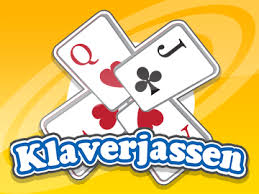
The N.S.W. Klaverjas Federation NSW
The following text is from a booklet published by the Federation of Netherlands Societies Ltd. in February 1985. The research for this booklet was done by Mijntje Hagen. This Federation was formed a few years ago to incorporate all the existing “klaverjasclubs”, whether they were part of an organisation or a separate
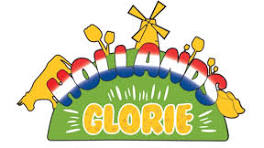
Hollands Glorie Dutch Club in the Sydney region
The following text is from a booklet published by the Federation of Netherlands Societies Ltd. in February 1985. The research for this booklet was done by Mijntje Hagen. We don’t have any further information on this club. The youngest club in the metropolitan area of Sydney is “Hollands Glorie”. Only formed in 1983,

Blue Mountains Dutch Club
The following text is from a booklet published by the Federation of Netherlands Societies Ltd. in February 1985. The research for this booklet was done by Mijntje Hagen. It is the only info we have on this organisation. The activities of this club are also very varied, but on the whole, everything
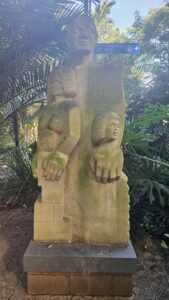
Dutch-Australian sculptor Antone Bruinsma
Antone Bruinsma, an Australian-based sculptor, boasts over 35 years of professional experience in his craft. Having relocated to Australia from Amsterdam, Holland, with his family at the age of 12, his artistic journey began by spending quality time with his father, a Dutch artist and painter, in his art studio.

DACC – Primary Research Projects
The following breakdown provides a comprehensive overview of completed and ongoing research projects in the field of DACC. Allies in a Bind: Australia and the Netherlands East Indies in the Second World War Australia Explained: A Site for Newcomers and Old Hands Children Born on Ships En Route to Australia
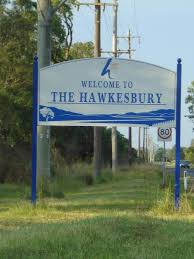
Hawkesbury and district Dutch Australian Society
The following text is from a booklet published by the Federation of Netherlands Societies Ltd. in February 1985. The research for this booklet was done by Mijntje Hagen. It is the only info we have on this organisation. When land became scarcer and dearer and people had to move to the outer
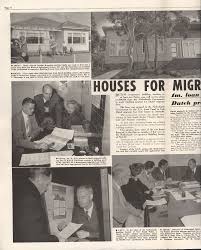
History of the Netherlands co-operative terminating building society schemes
The following text is from a booklet published by the Federation of Netherlands Societies Ltd. in February 1985. The research for this booklet was done by Mijntje Hagen. The difficulties of the ‘first’ assisted immigrants were many, “housing” being one of the greatest problems. Although in post-war Holland housing was
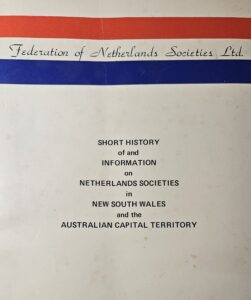
The history of Dutch Clubs in NSW
The following text is from a booklet published by the Federation of Netherlands Societies Ltd. in February 1985. The research for this booklet was done by Mijntje Hagen. Acknowledgement Many thanks to the clubs, their secretaries, and the many members of the various societies who have made it possible for
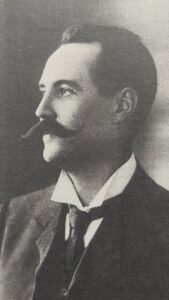
Ferdinand Jacobus Domela Nieuwenhuis Jr
Ferdinand Jacobus Domela Nieuwenhuis Jr., born on February 12, 1871, in Harlingen, Friesland, was the son of Ferdinand Domela Nieuwenhuis and Johanna Lulofs. His father, Ferdinand Domela Nieuwenhuis, was a prominent socialist figure in the Netherlands and served as the country’s first elected socialist Member of Parliament. Ferdinand Jr. seems
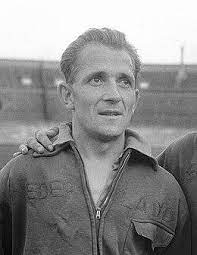
Michaël “Sjel” de Bruyckere: A Football Journey from the Netherlands to Australia
Michaël “Sjel” (Mike) de Bruyckere, born in Kaatsheuvel, the Netherlands, on 6 February 1928, was a remarkable Dutch and Australian footballer whose legacy extended beyond the pitch. Early Years and Dutch Success. De Bruyckere commenced his football journey as a junior player in his local club before catching the eye
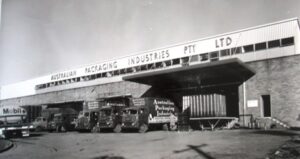
Dutch company Van Leer produced packaging materials in Australia’s capital cities
By: Pierre van der Eng Van Leer was a Dutch company producing metal and later also plastic drums and pails for packaging and storage. Founded by Bernard van Leer, it started operations in Amsterdam in 1919 as Van Leer’s Vereenigde Fabrieken NV. Before World War II, it internationalised operations by
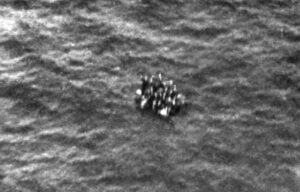
WWII – The Tragic Fate of HMAS Armidale includes many Dutch losses. New: Medic Roelof Frank GP in Oss
In 1938, amidst escalating tensions of war, the Australian Commonwealth Naval Board recognised the necessity for a versatile ‘local defence vessel’ capable of anti-submarine and mine-warfare duties. This need birthed the concept of the HMAS Armidale, envisioned as a vessel with a displacement of around 500 tons, capable of reaching
De Wereldschool
The Wereldschool (‘world school’) was founded over 75 years ago and aims to help families that want to maintain their children’s language or education levels. In 1936 Philipp Abraham Kohnstamm founded the Institute for Individual Development (IVIO), and in 1948 the Wereldschool opened its doors. The school offers a Dutch
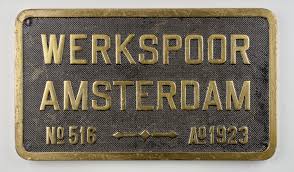
Werkspoor Australia
In 1952, Werkspoor Engineering Works, a Dutch construction company, was commissioned to construct the Shell refinery plant in Geelong, Australia. On 18 March 1954, the Geelong refinery became the first of Australia’s post-war refineries to come on stream. Its commissioning sent ripples of excitement throughout the Geelong community and was
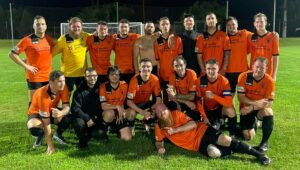
Fortuna 60 SC – The Orangemen – Morwell Victoria
Morwell in the Latrobe Valley saw a large influx of Dutch emigrants in the 1950s. In 1954 12% of the population was Dutch this increased to 15% by 1961. Dutch Clubs followed soon as it is no wonder that many of the Dutchies became involved in football. Fortuna ’60 Soccer
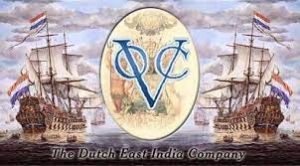
First Dutch contacts in Australia – North coast of Australia 1636 to 1705
[Cape Londonderry to Norman River] Gulf of Carpentaria and Arnhem Land The coast of Arnhem Land was mapped by the Dutch in the “Arnhem” skippered at that stage by Willem van Coolsteerdt in 1623 but there are no accounts of what transpired during that section of their voyage. Voyage of
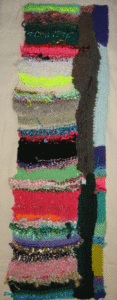
Textile Artist – Aadje Bruce
Born in Amsterdam 11-10-1934, died 5-4-2011 in PerthTextile Artist / Fashion Designer and Mixed Media Artist. Active Period c.1958 – c.2008 Artistic education: Diploma of Art Studies, Perth Technical College (1957), BA Fine Art (Fibre Textiles) Kunstnijverheidsschool/Rietveld Academie, Amsterdam (1982), BA (Sculpture) Curtin University (1990), M.A. Visual Arts, Curtin University
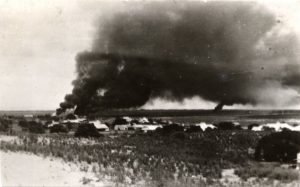
The Drama of Broome 3-3-1942 – New doco added April 2024
On 3 March 1942 Japanese Zero bombers arrived and within 15 minutes bombed 23 Alied aircrafts that were either laying in the Roebuck bay or which were parked on the aerodrome. Approx half of them were NEI airplanes, between 35 and 40 Dutch people were killed in the raid and some 60+ were badly injured.
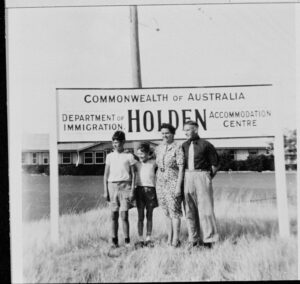
Holden Immigration Accommodation Centre
In Northam, the Northam Army Camp was converted for use as a reception and accommodation centre and the 118th General Field Hospital was refurbished to become the Holden Holding Centre. The RAAF base at Cunderdin also became a reception and accommodation centre. It served as a pivotal hub for migrants
Philips – historic ephemera
Philips factory in Newcastle produced almost all Australia’s electric lamps for 70 years Frans Leddy reorganised Philips Australasia Turning Adversity into Opportunity: Philips in Australia, 1945-1980 European Integration and Australian Manufacturing Industry History of the manufacturer Philips Australia
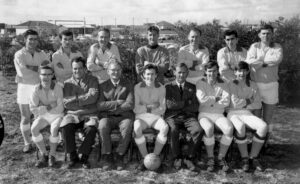
SPORT CLUB HOLLAND INC. – Gambier Centrals Soccer Club
Founded in August 1962, the club was known as “Sports Club Holland” until 1982-83, when a name change led to the modern Gambier Centrals being born. In 2003 the club finally put down roots on Bishop Road, moving from its second home on Penola Road alongside activ8. See also: Clogball
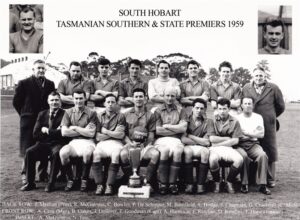
Remembering Tasmanian Football Legend Adrian Harmsen
Adrian (Aad) Harmsen was born in Leiden in 1925. From a young school age he played football and became a key player in the local football club. During WWII he became involved resistance work and in 1945 he was employed as a translator at the Royal Dutch Aiforce. Worried about
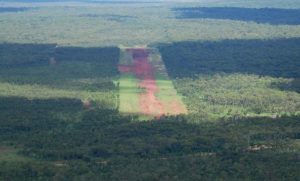
WWII Gould Airfield used by the Dutch for maintenance
During World War II, Gould Airfield, also known as Gould Strip, was an important airfield located in the Northern Territory of Australia. It played a significant role in the defence and strategic operations of the Allies in the Pacific theatre during the war. Here’s more information about Gould Airfield and
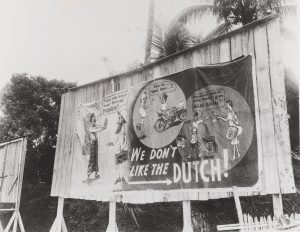
The end of WWII. Liberation of Borneo by Australian troops. Bersiap killings on Java.
The 15th day of August 1945 will go down in history as the day of the end of the Second World War. On that day, Japan capitulated and the President of the United States announced that the conflict in the Pacific was over. But there was no question of a
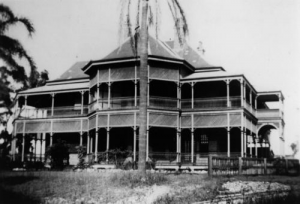
Dutch involvement in the Allied Intelligence Bureau WWII
The following information comes from the website Australia@War. This service provides more in-depth info on several aspects mentioned in this article and links have been provided to that information. Other links related to the Dutch activities are provided as well and point to information in the DACC data base. Allied
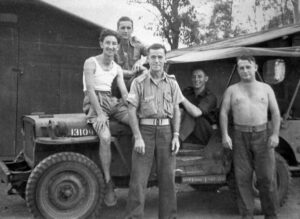
Dynamics and Attitudes: Australian Perspectives on the Dutch in World War II
The following information is abstracted from an interview with Robert Caporn (Ian) . Conducted by the UNSW Australians at War Film Archive in Canberra In this interview Ian also talks (briefly) about the Dutch and based on that information I have abstracted the following article. Paul Budde Dynamics and Attitudes:
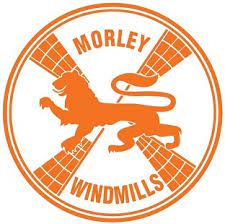
S.C. Windmills – Dutch football club Perth
The Windmills Soccer Club, founded in 1950 by Dutch immigrants led by Hank Beumer, has a rich history in Western Australian soccer. Originally established as a recreational outlet for the local Dutch community, the club navigated its early years and gained entry into the Third Division of the Western Australian
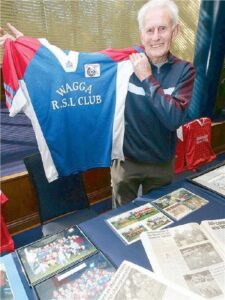
Wens de Jong – football lengend of Wagga Wagga
Wens de Jong was born in 1938 in Oude Wetering (Zuid Holland). At the age of 18, he embarked on a journey to Melbourne in 1956 alongside his parents John and Regina, along with their six siblings. His father, who worked as a baker in their village, had a passion
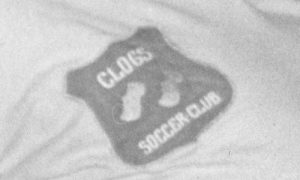
The Clogs ( Klompen) Dutch football Club in Wagga Wagga
In the 1950s, a wave of Dutch migration reached Wagga Wagga, leaving its mark on the Riverina town’s sporting landscape with the formation of the Clogs (Klompen) football club. This article draws upon rich archival records to illuminate the Clogs’ story, revealing the unique spirit and challenges they faced. Founded
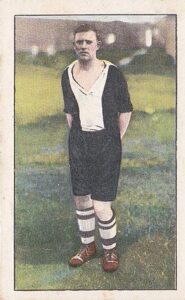
Cees van der Zalm (1901-1957) Dutch National Footballer and Australian Coach
Cees van der Zalm was a Dutch footballer born on September 30, 1901, in Loosduinen, The Hague. He had a notable career with the Netherlands National Football team (Oranje), playing three matches between 1927 and 1929.He played for VUC in The Hague and captained the club until his retirement of
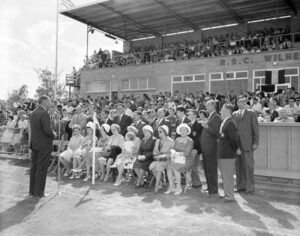
Jan van Hoboken founder of Wilhelmina D.S.C – now Ringwood FC (1908-1993)
Early Life and Career Jan (John) van Hoboken was born in 1908 in Aalten, Gelderland, Netherlands. He began his career in 1929 when he accepted a position at the Borsumij trading company in the Netherlands East Indies. In 1932, he married while living there. When the Japanese invasion of the
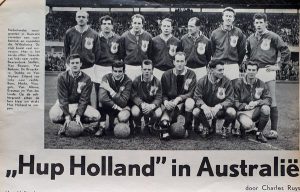
Dutch Soccer Legacy in Eastern Melbourne: From Wilhelmina to Ringwood City FC
The late 1950s and early 1960s marked a significant period in eastern Melbourne’s soccer history, as Wilhelmina emerged as a prominent club, laying the foundation for a cluster of local district clubs with strong Dutch influence. These clubs, including Hollandia, Fern Tree, Ringwood United, and Mooroolbark, thrived with Dutch backing,
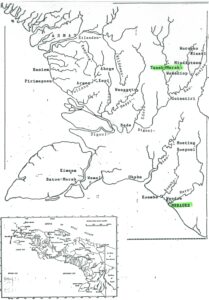
The strategic position of Merauke during WWII
An often used trivia question in the Netherlands is, what part of the Netherlands remained unoccupied during WWII. The answer is Southwest Dutch New Guinea, with Merauke as its capital When General MacArthur initiated an offensive on mainland Netherlands New Guinea on a modest scale in 1942, his left flank
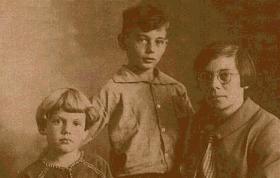
Dutch authors van het Reve and their link with Australia.
Karel (1921-1999) en Gerard (1923-2006) van het Reve are two of the Netherlands most important post-WWII authors. Their mother, Net Jannetta Jacoba Doornbusch (1892-1959), simply Net, came from Almelo. Her father Kornelis worked in the textile industry and had a small farm. There were ten siblings in the family, including
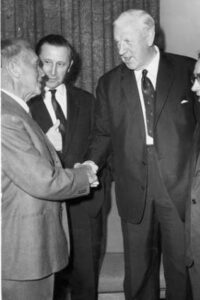
Impact of FIFA Transfer Ban on Australian Football and Dutch Influx: 1959
Following the 1957 Australian Football Coup Australian football clubs began recruiting players from European clubs like those in Austria and the Netherlands. Thirty-four players, including thirteen from Dutch clubs, migrated to Australia, sparking a dispute over transfer fees. In response, FIFA banned Australia from international competitions until transfer fees were
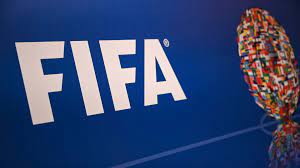
The Dutch Influence in the Australian Football Revolution of 1957
The history of soccer governance in New South Wales, Australia, dates back to 1882, evolving through various associations until the formation of the Australian Soccer Football Association (ASFA) in 1921. By 1943, the New South Wales Soccer Football Association was established to oversee the sport within the state. In 1957,
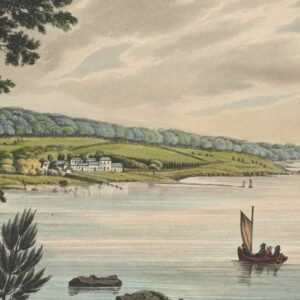
Dutch spy woman involved in the decision to start the NSW penal settlement in 1788?
Margaretha Wolters, also known as Marguerite Wolters, was an intriguing figure in 18th-century espionage. Her clandestine activities appear to have played a pivotal role in shaping British decisions during that era. Amazingly she appeared to have run a European espionage network, first with her husband but after his death on her
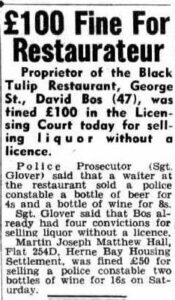
David Bos Dutch restaurateur of the Black Tulip
David Bos, a Dutch immigrant, arrived in Sydney in the 1930s. During World War II, he played a crucial role as manager of the Netherlands Canteen. This canteen became a vital social hub for Dutch military personnel after the Japanese occupation of the Dutch East Indies in 1942. After the
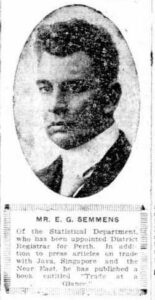
Edgar Semmens founding member Netherlands Chamber of Commerce WA – 1903
Edgar Semmens was married to Anna Siebenhaar, who had arrived from the Netherlands in the 1890s, following her younger brother the socialist and activist Willem Siebenhaar who had arrived in Perth a few years earlier. As a result of his marriage to Anna – who was active in the small
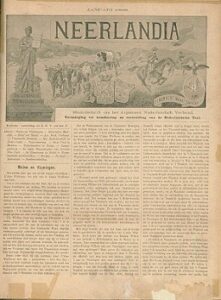
Anna Siebenhaar under government surveillance Perth ca 1900
Anna Siebenhaar, the older sister of Willem Siebenhaar, followed his brother from the Netherlands to Perth, Australia in the 1890s. In 1896 at the age of 42 she married Edgar Semmens at Coolgardie In 1908, Anna was appointed the Australasian representative of the ‘Het Algemeen Nederlandsch Verbond’ (the ANV or
Refugee family van der Wallen recuperation at Camp Columbia, Brisbane
So far, we have not been able to get stories from people that were allowed to come to Australian for recuperation after their stay in the Japanese Camps in the Netherlands East Indies (NEI) during WWII. This, first one, are recollections of Yoke, wife of Wim van de Wallen, whose
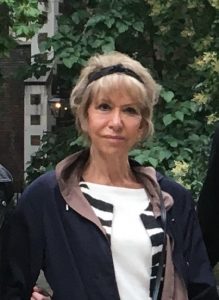
Conference Papers and Keynote addresses by researchers
The following overview has been compiled by Dr. Nonja Peters Papers on Dutch culture and heritage by Nonja Peters 2016: Opening and closing/summing up speeches at the NIAS LORENZ International Workshop on Digital Humanities – Conceptualising a model for the Digital Preservation of Immigrants Cultural heritage, 22 and 26 August
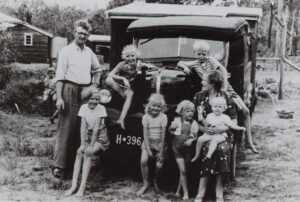
Adrian Strik, Child Migrant, Backpacker Grand Tour – Love Story
Born: Zeist, Netherlands on 9 March 1946. Adrian is the oldest child in a family of seven children. Migration: The family left for Melbourne, but disembarked in Fremantle, Western Australia (WA) on October 12, 1954. Adrian’s parent’s hoped migration would improve his father’s health (the fumes at the steel factory had impacted his
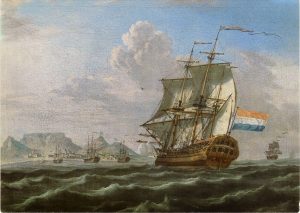
First Dutch contacts in Australia – West coast of Australia 1629 to 1699
[Cape Leeuwin to North West Cape] Central and Upper West Coast 1629 – 1697 The Voyage of the Batavia Journal – Francisco Pelsaert Recording Navigator: F Pelsaert 1629“The Journals of Francisco Pelsaert” in H Drake-Brockman 1982Voyage to Disaster,Sydney: Angus and Robertson, pp.107-254. pp.129-30 [240, Red Bluff area area, 14 June
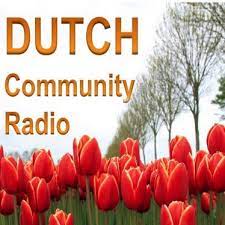
Dutch Community Radio Western Australia
The history of Dutch Community Radio in Western Australia is rich with dedication and passion from its volunteers. It began nearly 50 years ago with reel-to-reel tapes and has evolved significantly since then. Initially established through the Multicultural Radio and Television Association (MRTA), the Dutch program aired on Radio 6NR
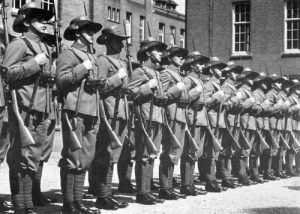
Plan to settle 5000 Dutch soldiers in Australian 1949
MORE than 5000 Dutch soldiers will migrate to Australia soon after demobilization in Java. Their entry will be under a mutual agreement between the two countries, to be concluded soon. It is understood that the Australian Government stipulated in the agreement that the men should be single and under 30.
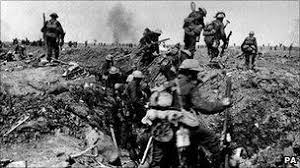
Dutch WWI Diggers decorated in the Australian Imperial Force
During the First World War, the Netherlands remained neutral. Yet there are several hundreds Dutchmen who served in foreign armies, and some of them have received gallantry awards. This article – in Dutch – is about six Dutch people who live in the Netherlands Australian Imperial Force and have been
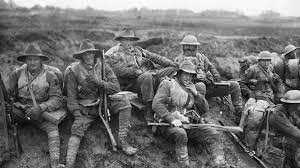
A Dutch digger in World War I – Jan Zwolsman
This is an abstract from the article: A Dutch digger in World War I – Jan Zwolsman. By Bas de Groot January, 2022 Jan Zwolsman’s life story is a testament to resilience and activism, from his early days as a Dutch sailor to his later roles as a soldier, labor
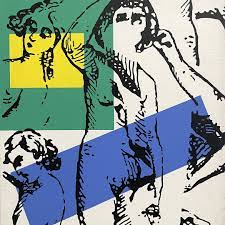
A Visual Exploration of Dutch and Eurasian Experiences in Indonesia Amidst Turbulent Times
Abstract of a review titled: Review: Landscape of the soul by Ron Witton An exhibition titled “Landscape of the Soul,” is shedding light on the often-overlooked experiences of European Dutch and Eurasian individuals in Indonesia during pivotal historical epochs. The narrative unfolds against the backdrop of Japanese Occupation, the Revolution,
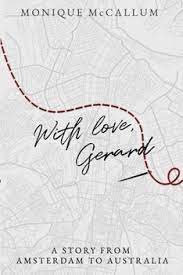
Novel ‘With love, Gerard’ – Monique McCallum
For Gerard and Hendrika, it is love at first sight in a dance hall in Amsterdam in 1953. The war years are thankfully behind them and joy is returning to the Earth. But for Gerard, the eldest of fourteen siblings, his family still faces starvation, lack of money, opportunity, and
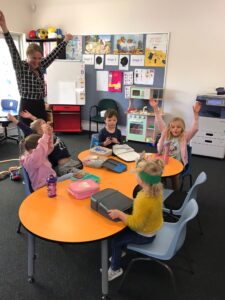
Dutch lessons in Perth, Australia
Unlike in the Netherlands, the school year in Australia runs from January to December. LanguageOne offers Dutch language and culture education for Dutch-speaking children, Dutch for beginners and special Dutch Kindy groups for toddlers in the city of Perth. In this last group the focus is on play, singing and

Book: Coming to Australia – Pieter Koster
This autobiographical account of the author’s first ten years is based on his mother’s letters written in Australia and sent to relatives in Holland. Tells of the family’s migration to Australia in 1952, their time in Bonegilla Migrant Camp, their travels to Walwa, Benalla and Wodonga, and their eventual settlement

Willem and Johanna Krins started DA Book (now About 3 Learning)
.Willem Krins, born on 4 June 1907 in Dordrecht, he married Johanna Paulina van Roijen on 23 December 1931 in The Hague. They had at least 1 son. Willem passed away on 1 November 1980 in Templestowe, Victoria, Australia, at 73 years old and was buried in Templestowe Cemetery. Willem
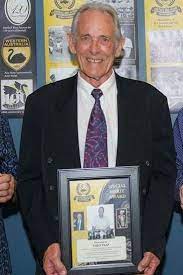
Theo Paap: A Dutch-Australian Football Legend
Theo Paap’s journey from Amsterdam to Perth in 1956 marked the beginning of a remarkable career in Australian football. Born in Amsterdam in 1943, Paap quickly immersed himself in the local Dutch football scene, joining the Windmills Football Club (now Morley Windmills). He immediately made an impact, rising through the

John Berends: A Life of Innovation and Service in Australia’s Agricultural Landscape
John (Jan) Berends was born in 1937, in a village near Zwolle, where he attended high School (HBS – B). After successfully completing his secondary schooling, he was conscripted into National Service, although not quite voluntary, serving for 21 months. He obtained the rank of sergeant and was discharged in
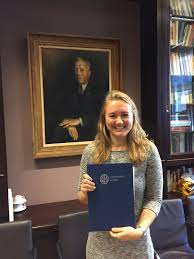
We were the ones that integrated’:Dutch post-war migrant children in Australia
A research on the change in transnational ties of Dutch post-war migrant children in Australia On November 1, 2018 Anne Brehler defended her Master thesis ‘We were the ones that integrated’: Dutch post-war migrant children in Australia. She got cum laude Congratulations. This research focuses on children of post-war Dutch
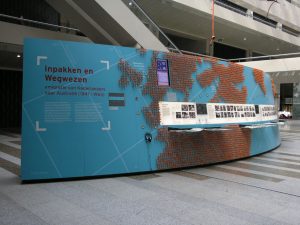
The preservation and digitalisation of Dutch- Australian Migrant Registration Cards
The preservation and digitalisation of Dutch- Australian Migrant Registration Cards Over the decades, the Netherlands Embassy and Consulates in Australia maintained a card system documenting migrants from the Netherlands. The system contains over 55,000 cards, representing 80-90% of Dutch people who emigrated to Australia between 1946-1991. In 1998, The Consul-General
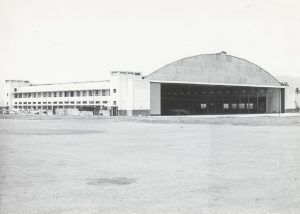
‘Albury rescue’ repeated during WWII in the Netherlands East Indies
The Dutch and their WWII Allies were totally unprepared for the rapid advances of the Japanese army. Nobody had expected that Singapore would fall within 10 days, and in no time, they invaded the Netherlands East Indies (NEI). Despite the rapid progress, the Dutch Government-in-Exile in London did not allow
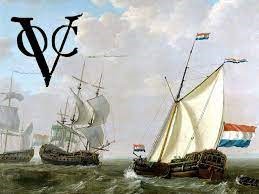
First Dutch contacts in Australia
South coast of Australia to 1772 and beyond Although part of the south coast, from Cape Leeuwin to around Fowlers Bay, was first mapped in 1627, there are no documented accounts of any visits until Vancouver entered King Georges Sound on 29 September 1791, staying until 11 October 1791. While
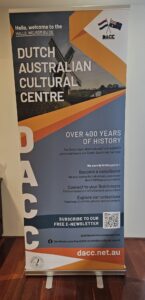
Collaboration with Dutch organisations in Australia
A revitalised Dutch Australian Cultural Centre (DACC) operates digitally Australia-wide and even internationally. The DACC was established in 1983 to oversee the preservation of Dutch heritage in Australia, including maritime history, migration, businesses, and the Dutch presence in Australia during World War II. For most of its existence, the DACC
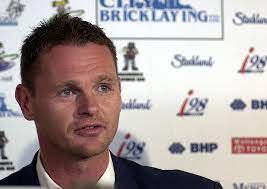
Socceroo Mike Petersen: A Legacy of Dutch Heritage and Football Mastery
Mike Petersen, born of a Dutch father and an Australian mother on May 6, 1965, in Melbourne, emerged as a stalwart midfielder whose illustrious career spanned continents and left an indelible mark on Australian football. Rooted in his Dutch heritage, Petersen’s journey from the grassroots of Port Melbourne juniors to
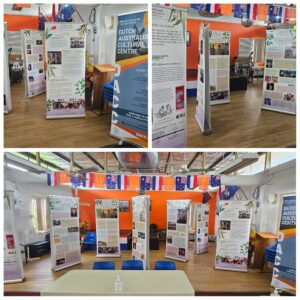
Exhibition and presentation – Brisbane – The heritage shared between the Netherlands and Australia (1606 – 2016)
Post-event reflections (added 6 March 2024) The lecture and exhibition by Dr. Nonja Peters was well-attended by members of the DACC and the Dutch Club NAQ, as well as by interested members of the public. Attendance was approximately 35-40 people, and Dr. Peters received keen questions from the audience. After
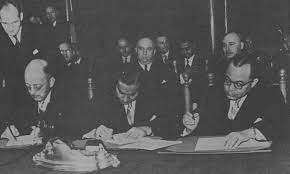
Camp Columbia and the Indonesian story
Camp Columbia in Brisbane was set up by the Americans in 1942 as a staging camp for the liberation of the Southwest Pacific. When the Americans moved on to Hollandia in Dutch New Guinea in 1944, the Dutch took over Camp Columbia. It was used by the Netherlands East Indies
The DACC Research Team
We proudly present our DACC Research Team. The team is involved in: The DACC Research Team includes.:
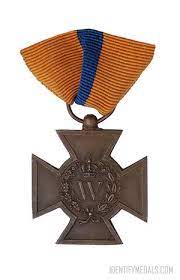
English sailor receives Netherlands Bronze Cross
During the Second World War, English sailor Henry Alfred Brooklyn (born 27 July 1922 in Cambridge, England; sometimes known as Harry) was decorated with the Netherlands Bronze Cross. This story was brought to our attention by his daughter, Wendy Arrowsmith, and published with her consent. Brooklyn served on board the
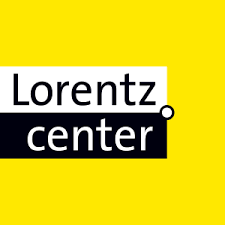
Migrant (R)e-collections- Proposal for a workshop (historic)
All over the world migrants have left multiple traces, deep traces that are indispensable forthe fostering of heritage communities and for research in the humanities and social sciences.Yet the growing societal demand for cultural services and the increasingly insufficientresources available to manage migrants’ cultural heritage is creating a gap —
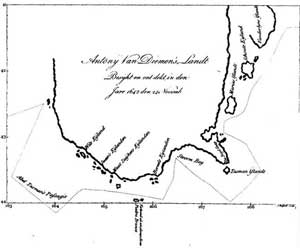
Abel Tasman Landing Site – Tasmania 1642
The Tasman expedition left Batavia (Netherlands East Indies, now Jakarta, Indonesia) on 14th August 1642 with two vessels, the Heemskerk with a 60-man crew and the Zeehaan with 50 men on board. They first called at Mauritius, where they stayed for a month-long repair to both ships. Intending to sail
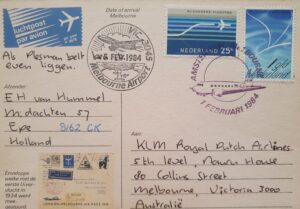
Pauleen Badke – a young woman’s wartime experience at Camp Columbia’s Officer Candidate School
Pauleen Lillian Badke was born at Booval in Ipswich in 1925. Her father’s name was ‘Wilhelm’ but he was known to everyone as ‘Bill’ – her mother’s name was Lillian. She had one brother, Keith. Bill was well known in Ipswich and surrounds as a building contractor, and for his
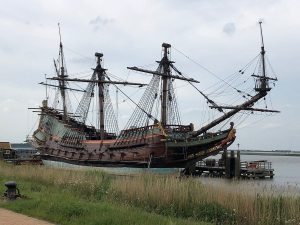
First Dutch contacts in Australia – Tasmania 1642 to 1772
Blackman Bay and East Coast of Tasmania 1642 Tasman’s Voyage of 1642 Journal – Abel Tasman Tasman, A J 1898Abel Janszoon Tasman’s Journal, J E Heeres (comp. and trans.),Amsterdam: Frederick Muller. p.15 [Report of Pilot-Major and Second Mate, 2 December 1642]They [shore party] had heard certain human sounds, and also sounds nearly
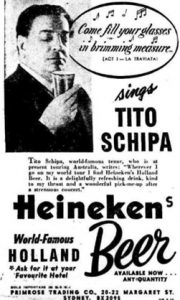
Heineken beer has been on tap in Australia since 1884
Pierre van der Eng It may appear that Dutch multinational beer brewer Heineken has long tried to carry the proverbial coal to Newcastle, because its beer has been on sale in Australia since 1884. In October that year, an advertisement of trading company Boult Bros in Adelaide announced the sale
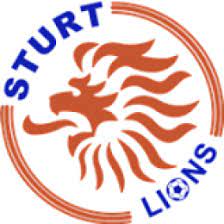
Orange Soccer Club lives on as Sturt Lions in Adelaide
The name of the current Sturt Lions Soccer Club shows the Dutch heritage of the club, the club still plays in orange and has the Dutch Lion in its logo. The Orange Soccer Club was formed in 1953 by Dutch migrants. In 1963 the club amalgamated with the Sturt Soccer
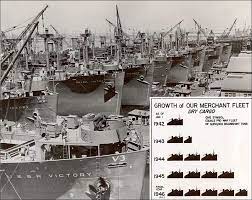
Victory Ships (SS Groote Beer, Zuiderkruis and Waterman)
The Victory ship was a class of cargo ship produced in large numbers by North American shipyards during World War II to replace losses caused by German submarines. They were a more modern design compared to the earlier Liberty ship, were slightly larger and had more powerful steam turbine engines,
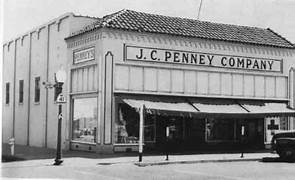
Rene Lubbers – story of an emigrant
I was born in Heerlen and my family emigrated to Australia, (Brisbane) in 1956 when I was 3 years old. My parents didn’t speak English but learned quickly in order to fit in. Upon arriving in Australia We travelled by train from Melbourne to Brisbane where we were lodged in
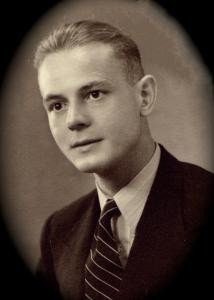
Dirk Drok and the discovery of the Batavia
Dirk Drok (Dalfsen, Netherlands 1915–1988), Perth) and his wife Kitty Isabella Theodora Uitenhage de Mist-Barkey (Java 1921–2001 Perth) lived in Java, Netherlands East Indies NEI (now Indonesia). After the Japanese had occupied the NEI, Dirk and kitty both – separately – ended up in Japanese Camps. There is an extensive
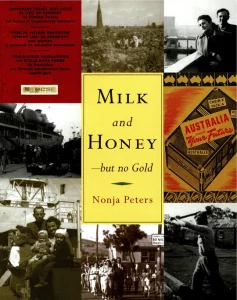
Milk and Honey – but no Gold
By Dr. Nonja Peters Milk and Honey – but no Gold is the story of those who left behind their country of birth, and everyone and everything they knew, to become part of Australia’s mass migration scheme in the years following World War II. Some were homeless and displaced refugees from
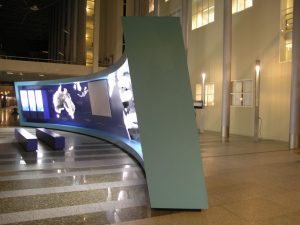
‘Inpakken en wegwezen – emigratie van Nederlanders naar Australië’
Hieronder is het Initiatiefrapport (gedateerd: 17 december 2004) van de tentoonstelling met de werktitel: ‘Inpakken en wegwezen – emigratie van Nederlanders naar Australië’ . Deze exposities was georganiseerd in het kader van het evenement ‘1606 – 2006; 400 jaar relaties Nederland – Australië’. In 1606 voer het VOC-schip Duyfken vanuit
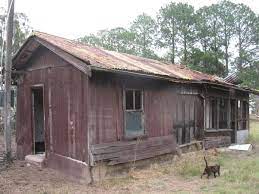
Javanese from New Caledonia, brought to Casino by the Dutch in 1944.
At the end of the 19th Century, the French government looked around for labour for New Caledonia. Workers were needed on the coffee plantations and also servants were sought after. New Caledonia became home to the second largest Javanese community outside Indonesia with some 20,000 immigrants sent between 1896 and
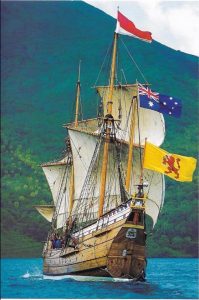
The Duyfken – Duyfken Replica 25 anniversary
The first documented and undisputed European sighting of and landing in Australia was in late February 1606, by the Dutch navigator Willem Janszoon aboard the Duyfken. Janszoon charted some 300 kms of the northern parts of the Australian coast and met with Aboriginal people. Janszoon followed the coast of New
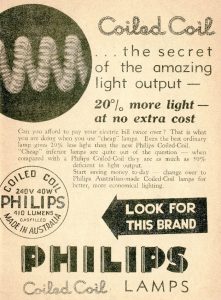
Philips factory in Newcastle produced almost all Australia’s electric lamps for 70 years
Pierre van der Eng Dutch firm NV Philips Gloeilampenfabrieken exported its incandescent lamps to agents in Australia since 1912. Its lamp sales increased quickly during World War I, when Australian imports form the UK dwindled. In 1926 Philips established its own subsidiary company in Sydney: Philips Lamps (Australasia) Ltd. It

Early nineteenth century English/Dutch rivalry in Eastern Indonesia and Australia
This article is about the Dutch seizure of part of New Guinea in 1828. The English activities in Northern Australia played an important role in this. The author of the article is Jeroen Overweel. He is engaged in cultural heritage participation and is an independent researcher on Indonesian, Melanesian and
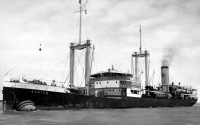
SS Bantam – First loss of Dutch Merchant Ship in Pacific War.
The SS Bantam (3322 gross weight, built in 1930 ) was one of the original twenty-one KPM vessels that took refuge in Australian ports after the fall of Java that Dutch officials requested be put into service for the war effort. The ship, as well as other Dutch merchant ships,
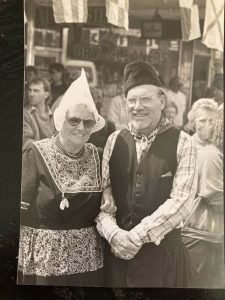
Ed & Wilhelmina Van Den Enden – Tasmania
Peter McInnes provided information on his Dutch heritage through Ed & Wilhelmina Van Den Enden whom immigrated from Holland after WWII to Tasmania & retiring in Ulverstone. My grandparents were active within the Dutch community of Tasmania, participating in cultural events in both Tasmania & Queensland when they visit here.
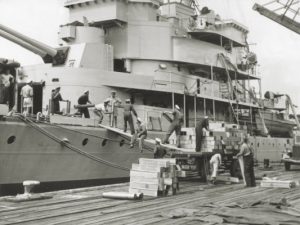
Navy Cruiser Hr. Ms. Tromp operating from Australia during WWII
When the Hr. Ms. Tromp, a Tromp-class cruiser, was built between 1936 and 1938, it was the most modern ship in its class. The cruiser’s involvement in the search for HMAS Sydney, following its battle with the German raider Kormoran, stands out as a crucial moment. Subsequently, Tromp undergoes repairs
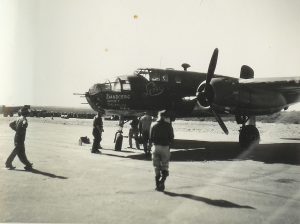
WWII Pilot Guus Hagers, Lienke and the Forgotten Story
One of the greatest pilots of the 18 Netherlands East Indies Squadron RAAF was Gerson (Guus) Hagers. In February 1942 he was part of the group tasked with receiving newly acquired B 25 bombers from the USA at Archerfield Airport in Brisbane. The planes didn’t arrive in time and in
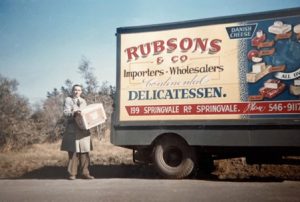
Rubens Family and Rubsons – Dutch Food Wholesalers in Melbourne
Ruben (Ruud) Rubens Ruben was born in Amsterdam on 3 September 1917 and died in Melbourne on 7 November 1993. After his highschool (MULO) he became a bicycle dealer and sales representative. He loved sailing on the rivers and were involved with the swim clubs and soccer clubs where Ruud
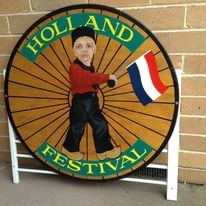
2024 Holland Festival – Melbourne – Going strong since 1974
The Holland Festival was held in Melbourne each year for 40 years until 2014. After a three years hiatus, the Festival returned in 2017, 2019, 2020, 2023 and now in 2024. It is managed by the Rotary Club of Casey under the leadership of Paul Rubens. Holland Festival Management Committee
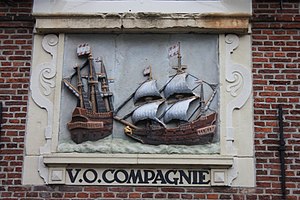
First Dutch contacts in Australia – Cape York and Torres Strait 1606 to 1643
RELATING TO: The Voyage of the Duyfken – Willem Janszoon (Master) and Jan Lodewijkszoon van Rosingeyn (Supercargo) , West Cape York Peninsula, Queensland, 1606. Documentary Sources other than original Journals Recording Navigator: J Carstenszoon 1623, taken from:“Summary abstract of the Journal of the … voyage of discovery … with the yachts Pera and
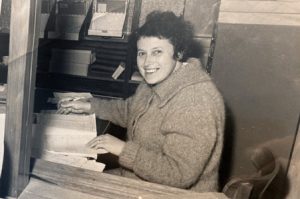
Milly Rubens Schelvis, surviving WWII concentration camps in Europe
Milly Schelvis was born in Amsterdam 11th September 1919. She had a normal, loving childhood although that is set in the background of Holland in the 1920’s and 30’s. They lived in the poor parts of the Jewish sector of Amsterdam and that meant poor housing, hunger and dreadful filth
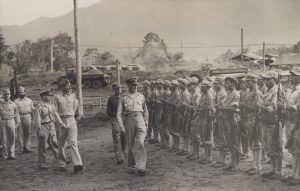
Netherlands New Guinea Papua Battalion trained in Australia.
Dutch New Guinea The Moluccan policeman (only known as M.E.) operated in New Guinea from 1935 to April-May 1942, first in Fakfak and then in Babo. On the day of the capitulation of the KNIL he was in the area south of Babo, in the Mimika region in Oeta. The

The Dutch Houses of Coopers Plains – Six houses listed for heritage
Sign petition to safe last of the Dutch Houses in Coopers Plain, Brisbane
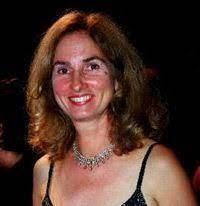
Annita van Iersel former spouse of PM Paul Keating
Anna Johanna Maria van Iersel born on October 5, 1948, is an accomplished Dutch-born Australian artist and the former spouse of Paul Keating, the ex-Prime Minister of Australia. She held the name Annita Keating from 1975 to 1998. Originally hailing from Oisterwijk, North Brabant, Netherlands, Annita pursued language studies in
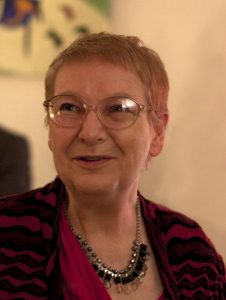
Marianne Pietersen interviews herself and others in Brisbane
I’ve been doing interviews of Dutch migrants for the Dutch Courier newspaper since a couple of years, and prior to that I wrote many articles about events in my retirement village, or at the Dutch Club in Qld, or Dutch activities in the ACT. But now I’ve been asked to
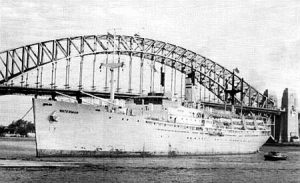
Dutch immigrant ship S.S. De Waterman
The SS Waterman, initially constructed as the enlarged Victory troopship SS La Grande Victory (VC2-S-AP3), holds a notable place in maritime history. Post-World War II, the State of the Netherlands procured three ships from the US War Shipping Administration, and the SS Waterman was one of them. Designed with reinforced
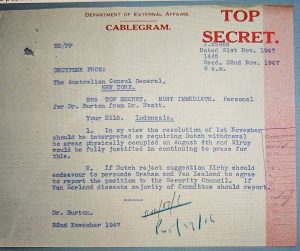
Links to declassified WWII Australian Documents re the Netherlands East Indies
Researched by Ruby Todorovski, researcher at the University of Queensland. Source: National Archives of Australia. Netherlands East Indies Commission for Australia and New Zealand Netherlands East Indies Government-in-Exile in Australia (1944-1946) Netherlands Forces in Australia WWII Evacuees from Netherlands East Indies recuperating in Australia after WWII Migration and Repatriation issues
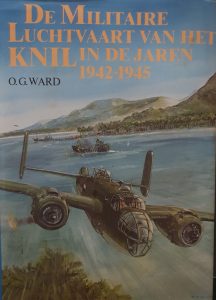
Netherlands Forces in Australia WWII
Declassified documents from the National Archives of Australia, researched by Ruby Todorovski, University of Queensland Links to other declassified WWII Australian Documents re the Netherlands East Indies Military Command After the surrender of the Dutch military in the Netherlands East Indies to the Japanese in March 1942, the Dutch military
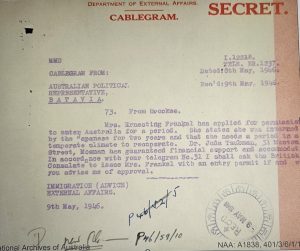
Migration and Repatriation issues after the liberation of NEI
This file, researched by Ruby Todorovski researcher at the University of Queensland includes documents regarding people who wanted to migrate to Australia after the war and issues regarding the repatriation of service people. See also: Evacuees from Netherlands East Indies recuperating in Australia after WWII Links to declassified WWII Australian
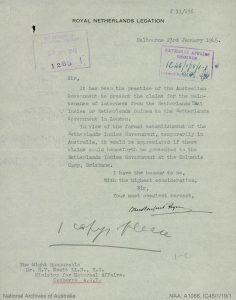
Various WWII Diplomatic Australian documents
All files below were researched by Ruby Todorovski, researcher University of Queensland Netherlands East Indies, Transfer of Government Officials to Australia – 1942 7th March 1942, Dr van Mook, van Oyen and van Plas arrived in Perth Major-General Van Oyen in charge of postwar reconstructions in NEI 26/10/43 Red Cross
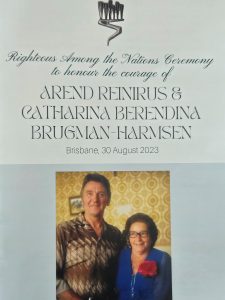
Arend and Catherina Brugman – Righteous Among the Nations
On 30 August 2023 Arend Reinirus and Catherina Berendina Brugman-Harmes were posthumous awarded the title: Righteous Among the Nations by Mr Chris Cantor the Deputy Chief of Mission of the Embassy of Israel in Australia. The medal and certificate were received by their granddaughter Mrs Anne-Marie Buttigieg. Her grandparents with
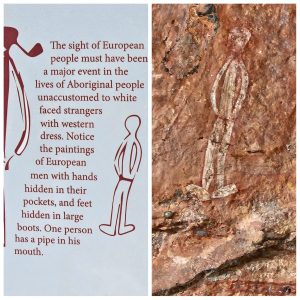
South coast of Australia to 1772 and beyond
Although part of the south coast, from Cape Leeuwin to around Fowlers Bay, was first mapped in 1627, there are no documented accounts of any visits until Vancouver entered King Georges Sound on 29 September 1791, staying until 11 October 1791. While extensive investigation were undertaken in the area, and
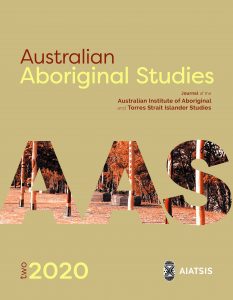
Discussion on Dutch influence on the Nhanda language.
Nhanda is an Aboriginal language of Western Australia, once spoken along the coastal strip from possibly as far south as Hill River north through to Champion Bay and the mouth of the Murchison, up to country just south of Shark Bay. There has been very little work on Nhanda until

The role of Australia in Indonesia’s independence. Declassified secret docs from the Australian Government.
The declassified original secret and top secret documents are in the pdf file at the end of this article. Change of support Australia promptly and unconditionally welcomed the Dutch after the fall of the Netherlands East Indies (NEI) in 1942. They wholeheartedly supported the establishment of the NEI-in-exile on their
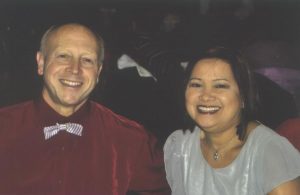
Peter Grullemans – Indonesia Diary
Peter is a multi-faceted individual with a diverse educational and professional background. Born in Singapore to Dutch parents, he has pursued a wide range of interests and affiliations throughout his life. He holds a Bachelor of Commerce (BCom) degree, which indicates his training in marketing, and a Diploma in Ministry
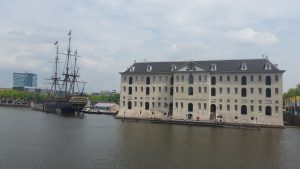
First Dutch contacts in Australia – Lower west coast – cape Leeuwin to Swan river 1658 – 1697
Elburgh 1658 Documentary Source other than original Journals “Letter of the Governor-General and Council to the Managers of the VOC December 14, 1658” in J E Heeres 1899The Part Borne by the Dutch in the Discovery of Australia,London: Luzac and Co., p.81. p.81the skipper, together with one of the steersmen,
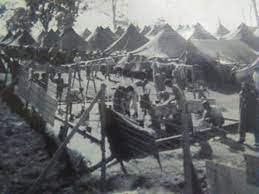
WWII Camp Victory Casino
After the Japanese invasion of Indonesia in 1942, the Dutch fled to Australia taking with them Indonesian soldiers, sailors, government officials and more. The Dutch Government made a deal with the Australian Government which gave the Dutch extra-terrestrial rights over many Indonesian refugees, declaring several former army camps as Dutch

VOC vessel names: what naming patterns reveal about the name-givers’ mindsets
By: Jan Tent Studies of proper names have revealed naming patterns which may provide insights into the attitudes and values of the contemporaneous name bestowers. This essay analyses the names conferred upon thevessels of the United East India Company or Vereenigde Oostindische Compagnie (VOC), in order to ascertain whether there
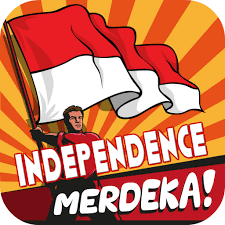
Merdeka Down Under? Indonesian Civilians and Military Personnel in Australia(1942–1949)
This thesis from Dr. Judith Mirjam Rozeboom examines the lives and treatment of the Netherlands East Indies (NEI) people who resided in Australia during WWII and their return to their home country after the war. It compares the lives before, during and after the war of European Indonesians and indigenous
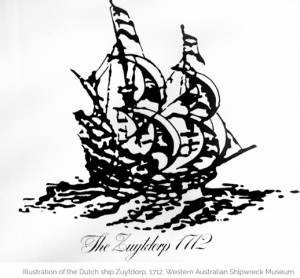
Were the Dutch Australia’s first settlers?
By Tony Thomas Of all the accounts of the earliest Dutch arrivals in Australia, the wreck of the Concordia seems the strangest. A “great vessel” of 900 tonnes with 130 on board, it departed Java bound for the Netherlands in 1708. After a storm south of the Sunda Strait, the
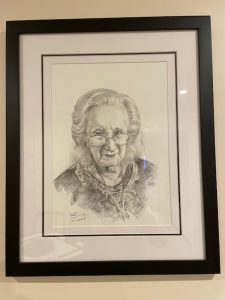
Petronella Jacoba Wensing OAM
Petronella Wensing (1924-2023) was a Dutch migrant to Australia who passed away in 2023. Below is an obituary written by her son Ed (posted with permission). A short story about Petronella was published in The Canberra Times: The Canberra Times also published a shortened version of Ed Wensing’s obituary for

Dutch – Australian Trivia
A basic Australian history questionnaire Noel Jackling The term ‘Australia’ is used in a broad sense to include its earlier names. 1. Who was the first known European skipper to reach Australia? What was the name of his ship and which part of Australia did he touch upon? In what
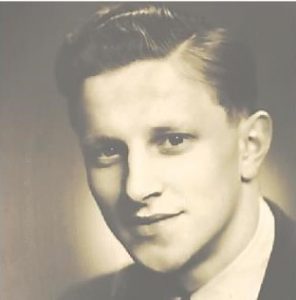
Charles Lambert Betz – The economic integration of Dutch migrants in Australia
Born: 3 June 1930 (Limburg, The Netherlands)Died: 12 January 2018 (Canberra) Charles was a demographer and public servant who served in Papua New Guinea (1967-72) and Australia thereafter.He was a proud and active member of the Australian Dutch community. Driven mostly by the desire to improve their material position Dutch
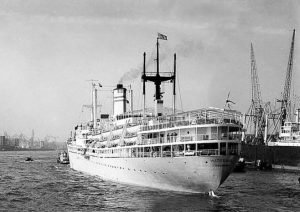
SS Groote Beer – From Troop Transport to Emigrant Ship
The SS Groote Beer, originally built as the SS Costa Rica Victory, emerged as a significant vessel post-World War II. Constructed as an enlarged Victory troopship under the US War Shipping Administration, the ship was purchased by the State of the Netherlands. After a brief stint under the American Hawaiian
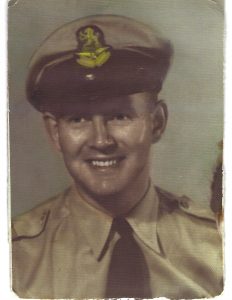
Dirk Bodemeijer – Captain Technical Office 120 Squadron 1944/45
This is a personal CV written by Dirk Bodemeijer, while he was living in the USA after WWII. Dirk was briefly part of the 120 Squadron that operated out of Bundaberg and Dutch New Guinea. The documents underneath his CV, relate to his time In Bundaberg. CV Dirk Bodemeijer Born
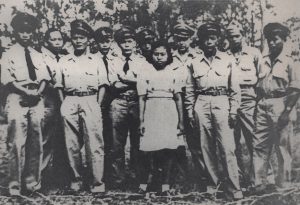
Coosje Ayal – guerrilla fighter studied nursing in Brisbane
Coosje Ayal, born in 1926 in the Moluccas, Western New Guinea, became a notable figure for her resistance efforts during World War II. Adopted by her aunt and uncle, who was a civil servant of the Dutch colonial government, she attended a Dutch school and learned the language. When the
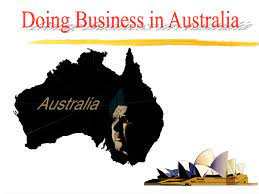
More than 150 Dutch companies established subsidiary operations in Australia
By: Pierre van der Eng Several Dutch companies have operations in Australia today. The members of the Netherlands Chamber of Commerce in Melbourne and Dutchlink in Sydney include Dutch mastheads like Rabobank, Randstad, ING, Heineken and Vopak. Australia has long been relatively open to inward investment by foreign companies. In
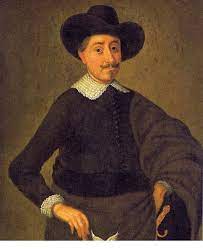
Van Diemen’s Land named after Antonio van Diemen Governor of the Netherlands East Indies.
Anthony van Diemen was the Governor of the Netherlands East Indies during the time of the exploration of Abel Tasman. Tasmania was first known as Van Diemen’s Land, the name given to the island by Anel Tasman. The name was changed in 1856 to Tasmania. Anthonio (Anthonie, Antonie, Anthony) van
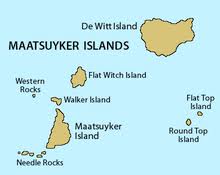
Maetsuyker island Tasmania
Maatsuyker Island is named after Joan Maetsuycker, the The Dutch Governor of Zeylan (present-day Sri Lanka) during the Dutch period in Ceylon and later the Governor-General of the Netherlands East Indies from 1653 to 1678. The island was named by Dutch explorer Abel Tasman, who named it after Maetsuycker in
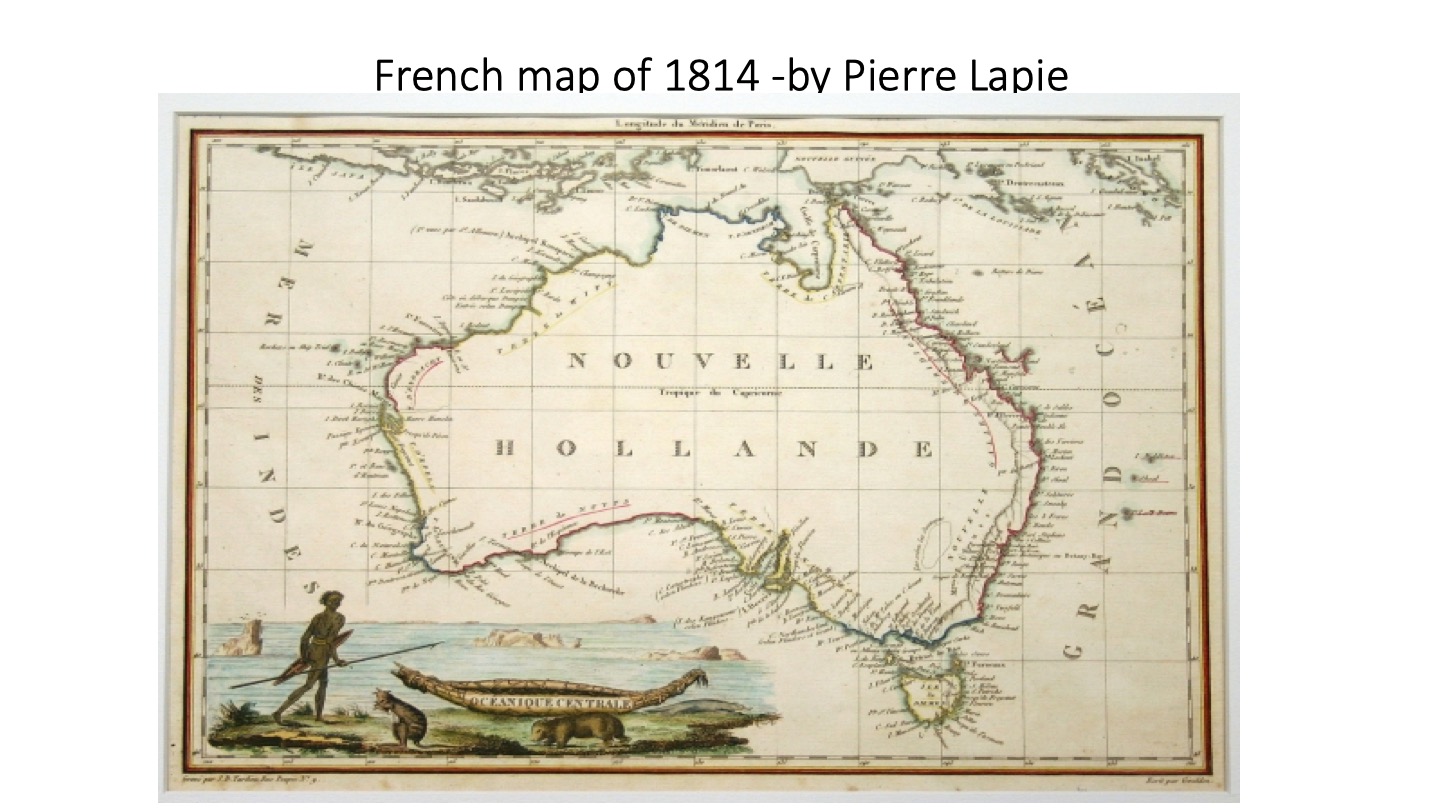
Dutch Australians at a Glance (DAAAG)
Introduction DAAAG was created to be an accessible, easy to navigate, multimedia internet service dedicated to the sustainable digital preservation of Dutch Australians’ cultural heritage – for use by scholars, researchers, bureaucrats, journalists, Dutch individuals and other digital end users worldwide. DAAAG is an initiative of the History of Migration
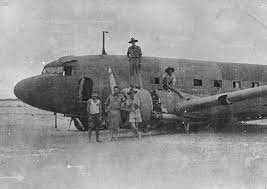
The Lost Dutch Diamonds on Carnot Beach, Western Australia
On the eve of the Netherlands East Indies’ capitulation, a series of evacuation flights brought Dutch citizens to the safety of Australia, with Broome emerging as a key evacuation hub. Among the heroic pilots, Dutch-Russian Captain Iwan Smirnoff stood out for his multiple successful evacuation missions, regarding it as a
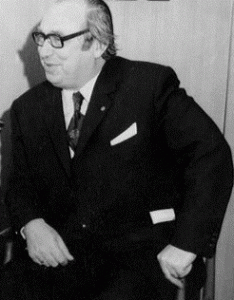
Herman Diederik Huyer Managing Director Philips Australia
Dutch businessman Herman Diederik Huyer, who settled in Australia in 1969. Huyer was born in the Netherlands in 1920, and after World War II worked for the Dutch multinational company, the Philips Group. He held posts around the world during his career. Frank Leddy reorganised Philips Australasia More than 150
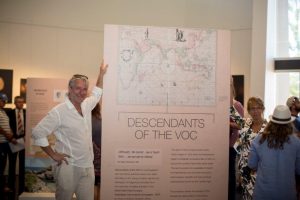
Australian Descendants of the VOC
In 2017 the Museum of Geraldton held an exhibition titled “Descendants of the VOC: Portraits and Histories”. Curated by Curtin University historian Dr Nonja Peters, the exhibition delved into the impact of the Netherlands East India Company’s (VOC) exploration during the 17th Century on indigenous peoples in Western Australia, Indonesia,
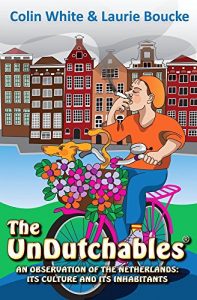
Book: The UnDutchables
“The UnDutchables: An Observation of the Netherlands, Its Culture, and Its Inhabitants” is a humorous and irreverent exploration of Dutch life and society co-authored by Colin White and Laurie Boucke. First published in 1989, the book has become a best-seller in the Netherlands since 1990 and gained popularity in various
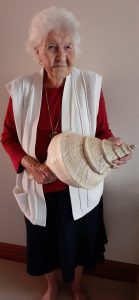
Interview: The wanderings of Nies Lankamp
Different from most Dutch migrants, Nies Lankamp was not born in the Netherlands. She was born in Teluk Bayur in North Eastern Borneo as Nies Landman. Her father, Gerard Landman, worked there as machinist on the coal transport ships of the Koninklijke Pakketvaart Maatschappij (KPM). Teluk Bayur is inland, connected
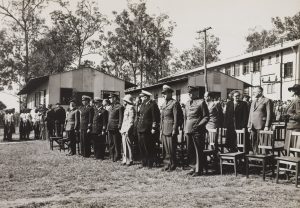
Mauritz Kokkelink: A heroic tale of resistance and endurance.
For his extraordinary courage and perseverance, Kokkelink was knighted at Camp Columbia in Brisbane on April 12, 1945. His commendation highlighted his decisive actions, perseverance, and skill during the Japanese occupation, emphasising the “indescribable difficulties and hardships” he faced. Mauritz Christiaan Kokkelink, born on June 17, 1913, at the military

Interview: All in the family. Henk Hoonhout and Ali Geeraerts
Hendrikus (Henk) Hoonhout and Alida Johanna Maria Geeraerts (Ali) are brother and sister. They both live in Prins Willem Alexander Village in Birkdale, Brisbane Queensland, albeit in separate accommodation. Ali is a widow and lives in a low-care unit, she is 99. Henk, who never married, lives in an independent
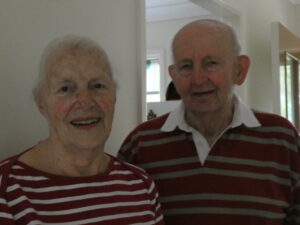
Interview: Hank and Bertie Halle – loving sports
Husband and wife, Hank and Bertie Halle were both born in 1933. He in Deventer as Hendrik Halle, she in Zaandam as Egberta Westervaarder. Hank’s father was a well-known Dutch footballer and trainer, Jan Halle. Jan and his brother, Leo, famous as the ‘Lion of Deventer’, both played for the
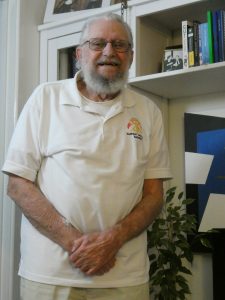
Interview: Wubbo Bijker – ship builder
Wubbo Edward Bijker, was born in Rotterdam, Netherlands, in April 1939. His parents were Wiebe Bijker, born in Zwolle, and Nicolette Kempff who was born in Haarlem. Grandfather Bijker was Frisian. Father Wiebe Bijker was a mechanical engineer and during the years after WW2 he built bridges all over Netherlands,
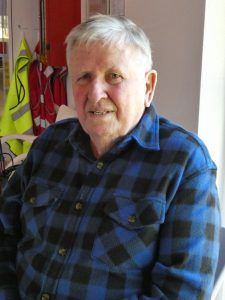
Interview: Bill Hunt – Builder and bridge player
Bill Hunt is living in a low-care unit of Prins Willem Alexander Village (PWA) in Brisbane because he has severe vision limitations. In spite of his English name, he was born in Assen (Drenthe) in 1934, named Willem Hoekstra, his father was Hans Hoekstra from Heerenveen, Friesland, and his mother
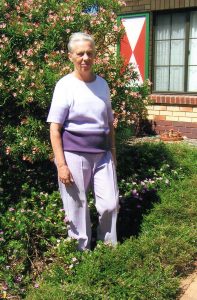
Interview: Hanny van der Mark -tough migration years
After having interviewed two men who live at my retirement village, I now interviewed a migrant woman. Our village actually has more female than male residents, so it’s about time. Hanny came to Australia in 1950, when she was 10 years young. She was born in Bussum, where she grew
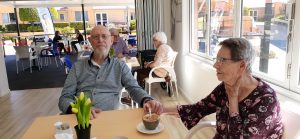
Interview: Steve Flierman – Property valuer
In my village, the Prince Willem Alexander Retirement Village (PAW), there’s plenty of migrants, mostly Dutch. Some of them are here long enough to have been involved with the founding of the village. I interviewed another one of our residents about his migrant experience. Steve Flierman was born in
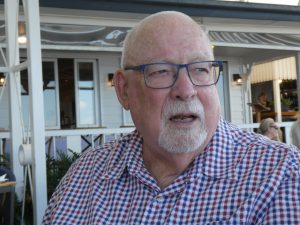
Interview: Henk Mollee – Hollandia Soccer Club – F.C. Lions
Australia is a land of immigrants. I am an immigrant, and you, dear reader, are probably too. High levels of immigration in the years before 1891 resulted in 32% of the population listed as overseas-born in Australia’s first country-wide census in 1891. These numbers decreased substantially in the first half
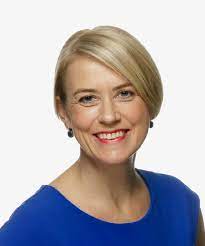
Interview: Netherlands Honorary Consul for Queensland Marjon Wind
On June 16th 2021 I received news that the Ambassador of the Netherlands in Australia, H.E. Mrs. Marion Derckx, announced Ms. Marjon Wind to be the new Honorary Consul for Queensland. Ms. Wind succeeds Dr. Frans Karel de Laat as the Honorary Consul for the Kingdom of the Netherlands in
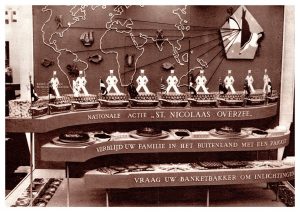
Sinterklaas Overseas Foundation
Family in Holland could have a Sinterklaas package sent to their relatives overseas. There was all kinds of stuff in there. Candy, calendar, teaspoon, gramophone record, booklets, tablecloth, you name it. In the DACC archives is a tablecloth and sugar bowl from such a package (see below). See also: Sinterklaas
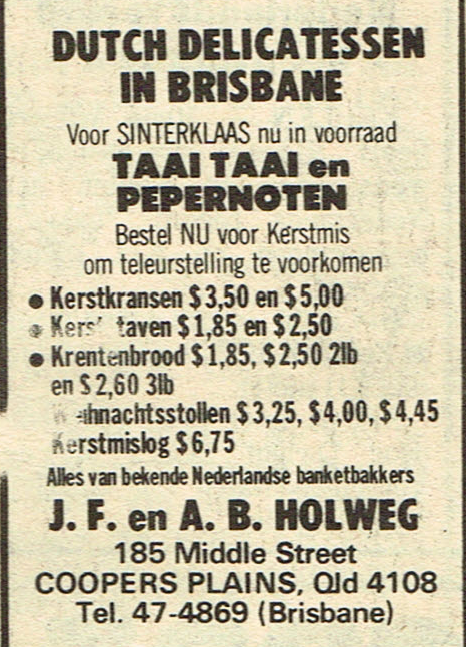
Sinterklaas Treats
Pepernoten: The Traditional Sinterklaas DelicacyIs Christmas Eve truly complete without gingerbread cookies? Sinterklaas festivities naturally include these delightful treats, making them an essential part of the celebration. Gingerbread cookies, available at Dutch shops or enjoyable to make at home, hold the top spot on our list of Sinterklaas treats. Engage
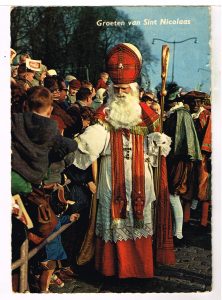
Sinterklaas celebrations at Dutch Clubs in Australia
These are photographs and Dutch Australian Weekly (DAW) newspaper clippings from the DACC archives of Sinterklaas celebrations within Australian club from the early fifties onwards. Dutch Australian Weekly newspaper clippings The DAW also used Sinterklaas to promote a subscription to the newspaper as a Sinterklaas gift Information on the Dutch
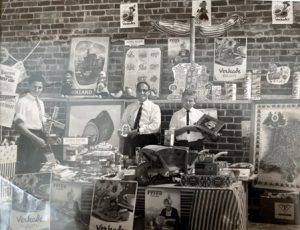
Heydays of the Dutch wholesale businesses in the 1960s and 1970s
The 1960s and 70s were the heydays of Dutch shops around the country. The key importers and wholesalers at that time were: • Rubsons Pty Ltd established by Ruben Rubens in Victoria, Tasmania & Canberra;• The Mannassen family in NSW & ACT;• Centra – by the family van Straalen in
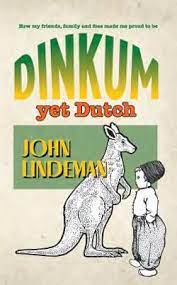
Dinkum yet Dutch – Author John Lindeman
Property Market Analyst John Lindeman is widely respected as one of Australia’s leading market analysts. With well over a decade of experience researching the nature and dynamics of various types of assets at major data analysts, John is renowned as the market researcher that other experts go to for all
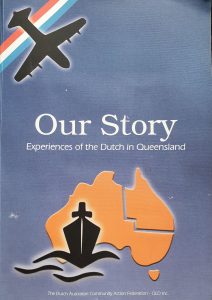
Our Story – Experiences of the Dutch in Queensland
To ensure that the stories of Dutch migrants would be preserved for future generations, the former Dutch-Australian Community Action Federation Qld Inc. (DACA) published a 208 page book ‘Our Story — Experiences of the Dutch in Queensland’ in 2001. Editors: Annelies Zeissink, DACA-President and Rob-Jan Mynarends. The book presents personal
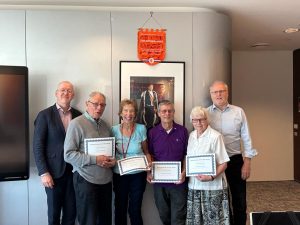
Embarking on a New Chapter: Dutch Australian Cultural Centre Transforms for the Digital Age
Sydney, November 10, 2023 The Dutch Australian Cultural Centre (DACC) is set to usher in a new era, marking a significant shift from its historical roots. A dedicated team of volunteers worked hard to build and safeguard the organisation’s invaluable archive and library over the past four decades. Recognising the
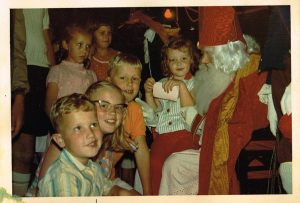
Sinterklaas in Australia
The story of Sinterklaas (Sint Nicolaas) is of course well known, there is plenty of information on the internet about this typical Dutch tradition. Although it has changed over the years due to changes in society e.g. the arrival of radio, television, internet as well as an increasingly more multicultural
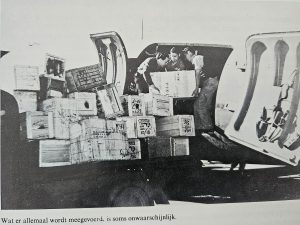
Nederlands Military Air Transport Services in Australia – WWII
Military Air Transport in Australia started soon before the fall of the Netherlands East Indies (NEI). In the few months before this happened evacuations started to happen, mainly of Dutch civilian personnel including families of the Royal Netherlands East Indies Airline (KNILM). These civil aircrafts became the earliest core of
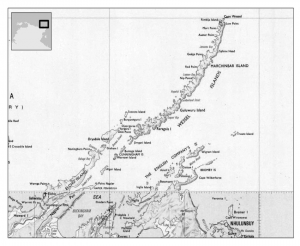
The cartographic migration of Wesel(s) Eijland – Dr. Jan Tent
The Wessel Islands group off the north-eastern coast of Arnhem Land has a rather abstruse history in terms of its naming and ultimate cartographic location. Cartographic evidence, and some primary documentary evidence points to a Wesel(s) Eijland initially referring to an island off the southern coast of present-day West Papua.
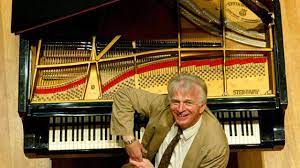
Gerard Willems – Dutch-Australian piano virtuoso
Gerard Willems AM is a Dutch Australian classical pianist and double ARIA award winner. He came by boat (Grote Beer, Holland-America Lines) with his family in 1958 and went through several years of migrant camp experience. You can see a glimpse of his work here: See also: Gerard Willems Interview:
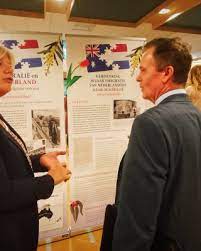
Exhibition Dutch-Australian migration stories in Brisbane and Melbourne
With an official opening by Australian Ambassador Dr. Greg French and State Archivist Afelonne Doek, the temporary exhibition People Movement Stories has been opened in the Netherlands National Archives in The Hague. In the exhibition, twelve people tell the story of their migration to Australia and the Netherlands, about their
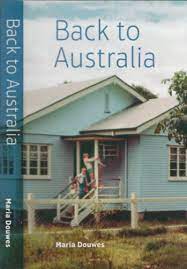
Author Maria Douwes – Back to Australia
Maria Douwes started her career at Time-Life International, the Book Department. After that she worked at the PR-Departments at De Volkskrant (national newspaper) and the Cinetone Filmstudios. Thereafter she started her own Communication-Organisation Company and made the book’ Noord Nu’ (city district North Amsterdam) with Theo Dohte. For the city
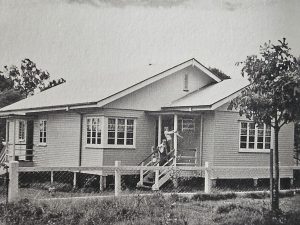
Dutch migrant family Douwes settles in in Inala, Brisbane – 1961
This story is written by Maria Douwes and published in her book: Back to Australia The Douwes family was one of the last families to move from Amsterdam to Australia for a hundred guilders. Both the Australian and Dutch governments sponsored this trip. On December 9, 1960, Maria Douwes emigrated to
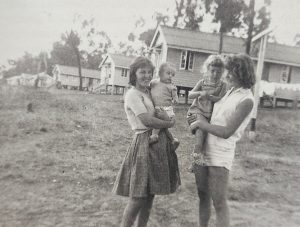
The Douwes Family at Wacol Migrant Centre Brisbane – early 1960s
This is part of the story written by Maria Douwes, who emigrated with her family in 1960/1961 to Australia. This story is written by Maria Douwes and published in her book: Back to Australia. The Douwes family was one of the last families to move from Amsterdam to Australia for a
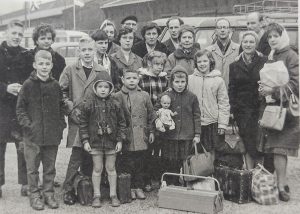
The migration of the Douwes Family on the Zuiderkruis 1960/1961
This story is written by Maria Douwes and published in her book: Back to Australia. The Douwes family was one of the last families to move from Amsterdam to Australia for a hundred guilders. Both the Australian and Dutch governments sponsored this trip. On December 9, 1960, Maria Douwes emigrated to

CIA Report on the Break-Up of Colonial Empires – 1948
This report recently declassified assesses – in 1948 – the implications of the decolonisation of Africa and Asia for US security. The report – which also mentioned the futile attempts of the Netherlands to hold on to the Netherlands East Indies (now Indonesia) – proofs to be amazingly accurate about
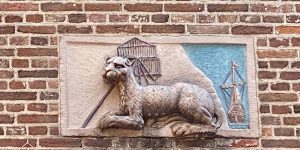
Cape Leeuwin Gable Stone in Amsterdam
Verenigde Oostindische Compagnie – VOC – (Dutch East India Company) related gable stone with a lying lioness in the ‘gable stone wall’ at the Oudezijds Kolk in Amsterdam. The stone comes from Kleine Kattenburgerstraat 14/16 and was found there by Van Arkel and Weissman (Noord-Hollandsche Oudheden 6destuk (1903) page 43).
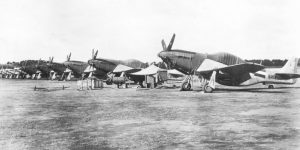
The NEI Personnel & Equipment Pool Squadron Canberra – Bundaberg
The establishment of the NEI Personnel & Equipment Pool (PEP) Squadron, initially stationed at RAAF Base in Canberra, resulted from the need to allow Netherlands East Indies (NEI) crews to recover and prepare for upcoming operations after completing their operational tours. Additionally, they required a base to accommodate spare aircraft

Dutch-Russian Ace Pilot Iwan Smirnoff (WWII)
Ivan Vasilyevich Smirnov, a Russian pilot born in 1895 during the era of Tsarist Russia, embarked on a remarkable journey through the turbulent times of the 20th century. His life story is a testament to courage, adaptability, and dedication to aviation. Smirnov’s journey into aviation began as a response to
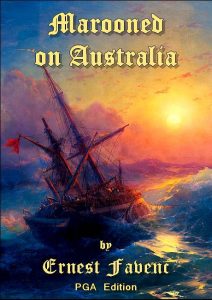
Marooned on Australia – 1896 – Children’s adventure book (e-book format)
Being the Narration by Diedrich Buys of His Discoveries and Exploits in Terra Australis Incognita about the Year 1630. Author: Ernest Favenc. First known publishing date: 1896 A fictionalised account of the adventures of two mutineers (Diedrich and Paul Buys) from the Dutch ship Batavia which was shipwrecked on the
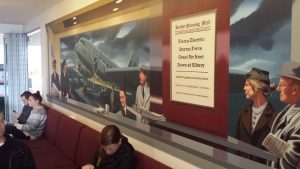
Uiver Restoration Project – Albury NSW – July 2024 newsletter added
The Uiver Memorial Community Trust – a not-for-profit organisation – is devoted to restoring Albury’s Uiver Memorial DC-2 aircraft. In 1934 the MacRobertson Air Race proclaimed itself as the greatest international air race devised, and history has confirmed that bold claim. The aircrews that completed the journey from England to
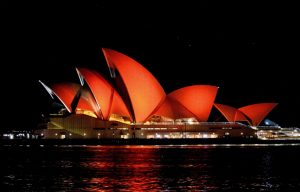
Dutch involvement in the Sydney Opera House
The Sydney Opera House, opened on 20 October 1973, and stands tall as an iconic symbol of Australian culture. Queen Elizabeth II officially opened it, emphasising the power of human creativity. The Sydney Symphony Orchestra performed at the official opening, under the direction of Dutchman Willem van Otterloo. The orchestra’s
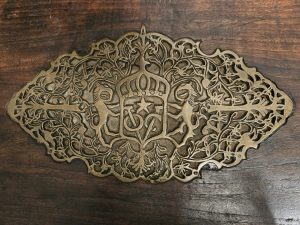
Vereenigde Oostindische Compagnie (VOC) and Australia
The Vereenigde Oostindische Compagnie (VOC) played a significant role in the exploration and early history of Australia. The relationship between the VOC and Australia can be understood through several key points: Exploration and Mapping: Dutch explorers were among the first Europeans to contact the Australian continent. In, Willem Janszoon, sailing
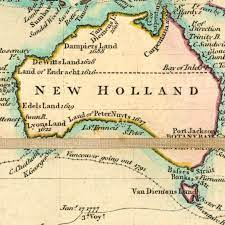
Dutch claims to New Holland and the British colonisation in 1788
November 1786 saw the publication of An Historical Narrative of the Discovery of New Holland and New South Wales, which sought to explain the reasons for the British Government’s decision to establish a settlement at Botany Bay. Although the book was published anonymously, the London publishers, John Fielding and John Stockdale, were
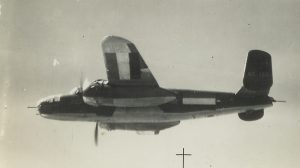
Archived: Dutch WWII historian visits Brisbane on 17 November
Presentation on Australian-Dutch WWII events at ANZAC Square & Memorial Galleries Camp Columbia Heritage Association invites you to a presentation by Dutch historian Bas Kreuger on Dutch Australian WWII events on 17 November 2023 at the ANZAC Square & Memorial Galleries. Reservations are limited to 60 persons. Register for free
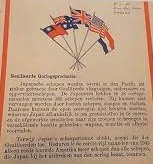
WWII Propaganda Flights from Australia to Java
Propaganda and intelligence gathering. As the Allied Forces were able to push back the Japanese, by 1943, preparations started in Australia to liberate the Netherlands East Indies (NEI). The Netherlands East Indies Government-in-Exile was established in Camp Columbia, Brisbane to coordinate the liberation and reoccupation efforts from here.. In 1943,
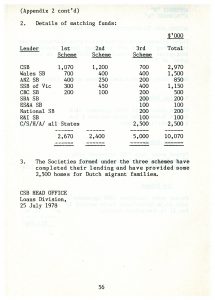
Short history of the Netherlands co—operative terminating building society schemes
Published by the Federation of Netherlands Societies in NSW (1985) The difficulties of the ‘first’ assisted immigrants were many, “housing” being one of the greatest problems. Although in post—war Holland housing was difficult to come by, eventually, if one was patient enough, the government would look after you. Not so
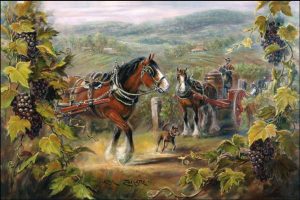
Almar Zaadstra – Painter of Australian history
Almar Zaadstra is an Australian artist based in Casterton, Victoria. Almar arrived in Australia at the age of 6 in 1966, the 4th of six children born to Sake and Ytje . They left Oudega in Friesland , Netherlands, to give their boys a brighter future in a new country,
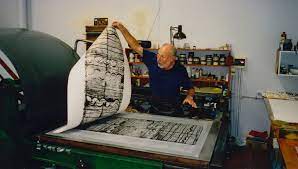
Master Lithographer Fred Genis- first celebrity printer in Australia.
Fred Genis (1934 Amersfoort, Netherlands – 2022 Mullumbimby, Australia) was a Master Lithographer and the first celebrity printer in Australia. Genis was a partner in the Hollanders Workshop in New York in the late 60’s, early 70’s, working with artists like Robert Rauschenberg, Willem De Kooning, Sam Francis, Jasper Johns, Larry Rivers
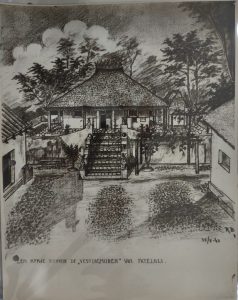
Amazing drawings from Timor fighter Richard Bartman who drowned at the sinking of the HMAS Armidale (1942).
By Gerard van Haren Richard was born on January 3, 1913, in Probolinggo, situated on the island of Java. He held the position of a militia sergeant, bearing the title tkl (2nd class), and was identified by pedigree number 13613. On December 15, 1941, he received his assignment for the
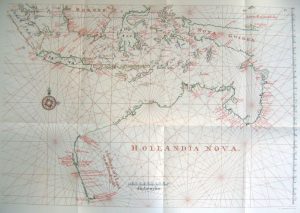
The last VOC exploration voyage to Australia – 1756
The text below is a brief summary of a report titled “EXPLORATORY VOYAGE OF THE SHIPS RIJDER AND BUIS, COMMANDED BY LIEUTENANT JEAN ETIENNE GONZAL AND FIRST LAVIENNE LODEWIJK VAN ASSCHENS, TO THE GULF OF CARPENTARIA.” This report was submitted by Gerrit de Haan, the “Master Cartographer” at Batavia, on
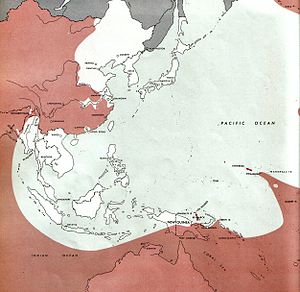
No 18 and 120 Squadrons involved in the Western Australian Emergency – March 1944
18 and 120 Squadrons involved in the Western Australian Emergency – March 1944 Lack of staffing saw a delay in the formation of the 120 (Nederlands East Indies) Fighter Squadron RAAF. It was formed in Canberra and finally was ready for deployment in March 1944. However, as they were preparing
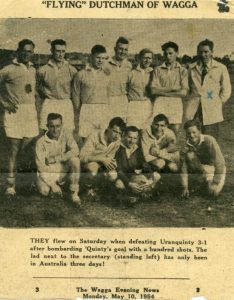
Clogball: Remembering the 38 Dutch football clubs of Australia
From the book Clogball – The Dutch and Soccer in Australia. A migrant Story. By Adam Muyt If you think the Dutch have never won a World Cup you’re mistaken: Holland won a World Cup back in the 1950s. Huh? More than 1.25 million European immigrants poured into Australia in the
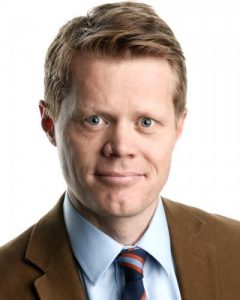
Sam Roggeveen – Director Lowy Institute
Sam Roggeveen was born in the Netherlands and emigrated with his family to Australia when he was seven years old. Before joining the Lowy Institute, Sam was a senior strategic analyst in Australia’s peak intelligence agency, the Office of National Assessments, where his work dealt mainly with North Asian strategic
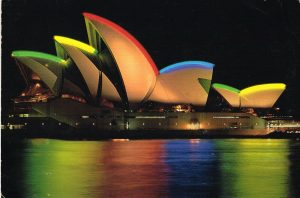
Er is er een jarig hoera hoera!
A Dutch tribute on the 50th anniversary of the opening of that hallowed hall on the harbour. Willen van Otterloo conducted the Sydney Symphony Orchestra (SSO) for the inaugural concert in front of the Queen. The following year he took the SSO on a world tour. A few contoversies surrounding
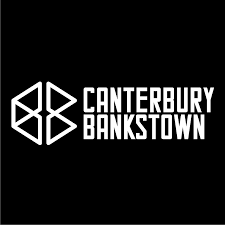
De Nederlandse Vereniging in Bankstown
The following information was written in 1985. The Club no longer exists This club is at the moment in a kind of transition state. Many of its old members have moved and their children live too far away from Bankstown and have started their own interest groups further away in

We need your help
Enhancing Dutch Australian Cultural Heritage Together Over the past few years, you have undoubtedly noticed the gradual expansion of Dutch-Australian cultural information within our database. We hold a strong belief in the significance of documenting and safeguarding our Dutch-Australian heritage, with a primary focus on the following areas: To ensure
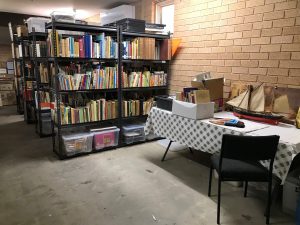
Join us in preserving Dutch-Australian heritage
Are you passionate about preserving and celebrating the rich cultural heritage of Dutch Australians? The Dutch Australian Cultural Centre LTD (DACC) invites you to become a valued volunteer and contribute to the maintenance of our precious resources housed at the Abel Tasman Village in Chester Hill, NSW. Currently, we have
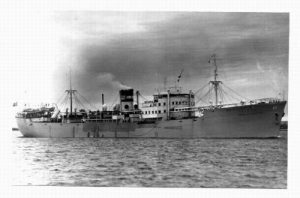
Dutch cargo confiscated in Sydney – 1942
In January 1942, based on this document from the Australian National Archives, Dutch cargo from the Norwegian M/S Høegh Silverstar, destined for the Netherlands East Indies (NEI), was confiscated on orders from the American Government in Sydney. According to the ship’s logbook, it departed from San Francisco on November 24,
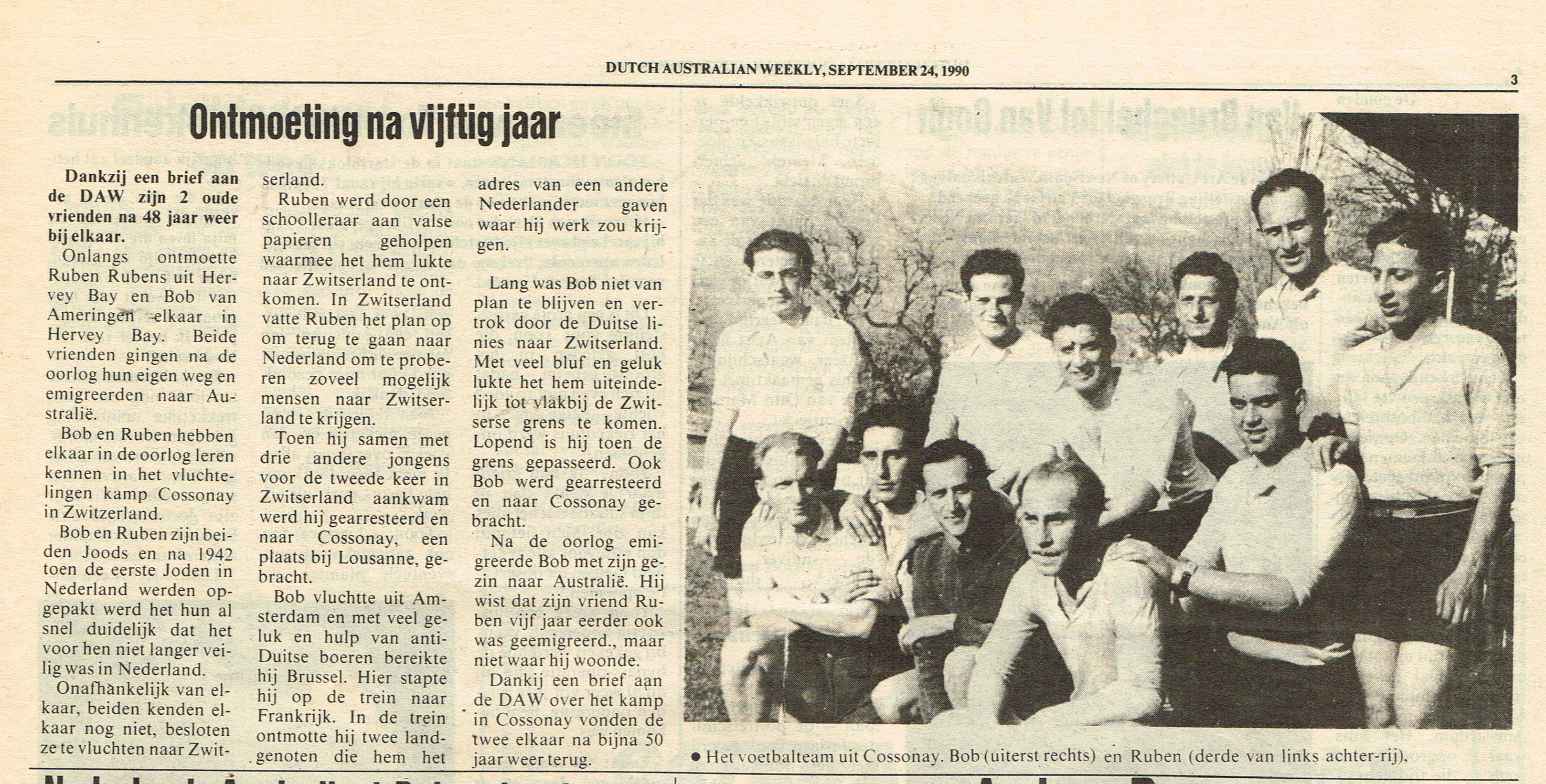
Dutch Jewish refugees met again in Australia
Article about Ruben Rubens and Bob van Ameringen. They were friends in the Netherlands before WWII when their lives were disrupted. They became refugees but eventually, separately, settled in Australia. Here after 50 years they met each other again for the first time.
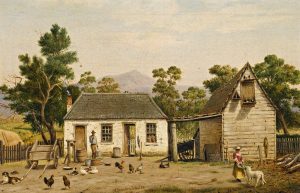
Dutch-Australian painter Henricus van den Houten (1801-1879)
Henricus Leonardus van den Houten (The Hague 1801- Melbourne 1879) was a Dutch-Australian painter, lithographer, and art teacher. He developed a passion for art at a young age. He studied painting and honed his skills under the guidance of renowned Dutch artists, specialising on portrait paintings. He worked in Leiden,
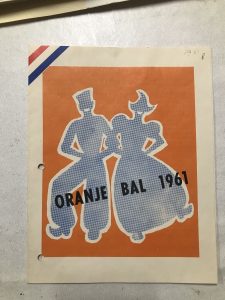
Archive Nederlandse Vereening in NSW
Main article Nederlandse Vereeniging in NSW This is one of the very first Dutch Clubs in Australia, established in 1944.
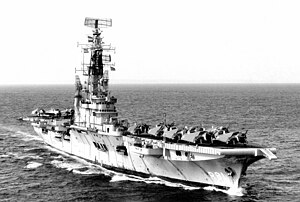
Visit of Dutch Aircraft Carrier Karel Doorman – 1960 – New Guinea Crisis
HNLMS Karel Doorman was a ‘Colossus-class’ aircraft carrier of the Royal Netherlands Navy. Formerly the British ship HMS Venerable, she was sold to the Netherlands in 1948 as a light attack carrier. In 1960, she was involved in the decolonisation conflict in Western New Guinea with Indonesia. In 1960, during
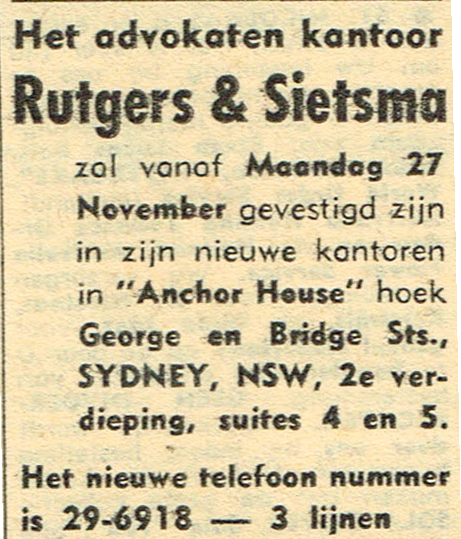
Dr. Sir Hendrik Johan Rutgers (1917-1997)
Gedurende de Tweede Wereldoorlog was Henk verzetsstrijder tijdens de Duitse bezetting van Nederland. Na de oorlog werd hij uitgezonden naar Batavia in het voormalige Nederlands Indie als Officier van Justitie bij de berechting van Japanse oorlogsmisdadigers. Hij ontmoette daar voor het eerst Dick van Arkel. Beiden realiseerden dat Australia hen
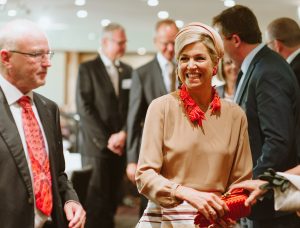
Royal Netherlands State visit to Australia 2016
The state visit of His Majesty King Willem-Alexander and Her Majesty Queen Máxima of the Netherlands to Australia in October/November 2016 was a significant diplomatic event that strengthened the ties between the two countries. Here is some information about their visit: During their visit, King Willem-Alexander and Queen Máxima visited
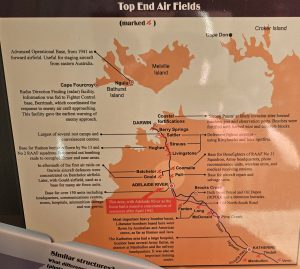
WWII airfields in the Top End used by the Dutch
Australia was ill prepared when it found itself within reach of the Japanese invaders during WWII. The infrastructure especially in the north of the country where the threat was most immediate was very poor or simply didn’t exist. The only reasonable airfield was in Darwin, but nowhere near the level
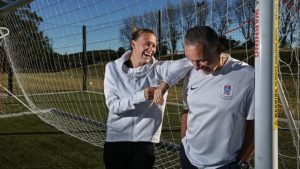
Dutch heritage of Australian football players Gary and Emily van Egmond
Gary van Egmond was born in Newcastle in 1965. His family had emigrated to Australia at an earlier time. He played professional football for the Newcastle United Jets and the Australian national team. He also coached the Newcastle Jets and the Australian national team. He married Anette and they have
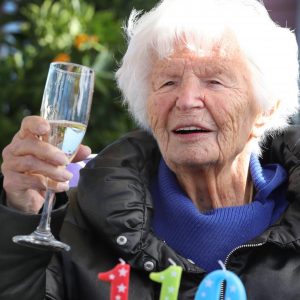
Catherina van der Linden at 111 oldest Dutch and Australian person (+2024)
Catherina van der Linden was born on 26 August 1912 in Amersfoort, Utrecht, Netherlands to tailor Gradus Lambertus Johannes van Meegen (1876–1954) and Cornelia Maria Verstallen (1878–1946). She grew up in Nijmegen, Gelderland. On 23 August 1940, soon after the outbreak of war she married Johannes (John) Wouterus van der

Catherina van der Linden at 111 oldest Dutch and Australian person (2023)
Catherina van der Linden was born on 26 August 1912 in Amersfoort, Utrecht, Netherlands to tailor Gradus Lambertus Johannes van Meegen (1876–1954) and Cornelia Maria Verstallen (1878–1946). She grew up in Nijmegen, Gelderland. On 23 August 1940, soon after the outbreak of war she married Johannes (John) Wouterus van der
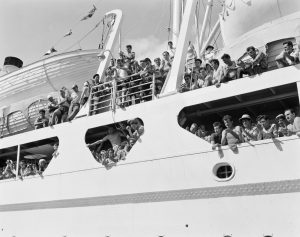
Results DIMEX (Dutch Immigrant’s Experiences) surveys – 2004 and 2018
In 2004, volunteers from the DACC undertook the first Dutch Immigrant’s Experiences (DIMEX) survey. This first survey aimed to investigate several aspects of Dutch emigration to Australia. Key topics covered by the survey included: main reasons for emigration; % house ownership, % naturalised as Australians, when and why; membership of
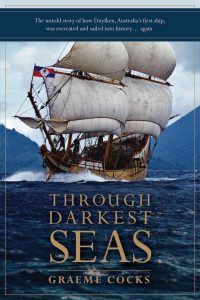
Book review: “Through Darkest Seas” by Graeme Cocks (2023)
Graeme Cocks. Through Darkest Seas. Inglewood: Motoring Past Vintage Publishing, 2023. E-book. Review by Jorien van Beukering Ever wondered what it would be like to build a replica of a seventeenth-century ship of exploration? If so, look no further than Graeme Cocks’ new book Through Darkest Seas, which tells the

Hoe is het om als Nederlander in Australië te wonen? (video 7-8-2023)
The Nederlands Jeugdjournaal had a report about a Dutch family who moved to Australia in 2022. The broadcast took place on August 7, 2023 when Australia was the center of attention for the women’s soccer world cup. This concerns George and Luna Cooper and their children. Het Nederlands Jeugdjournaal had
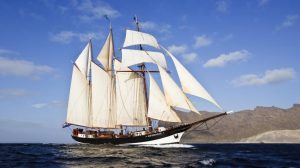
Tall ship Oosterschelde leads the Darwin200 Global Voyage.
The DARWIN200 Global Voyage is a two-year voyage that will follow the route of Charles Darwin’s voyage on the HMS Beagle around the world. The voyage will take place from 2023 to 2025 and will visit 32 countries, including the Galapagos Islands, Tahiti, Australia, and South Africa. The voyage is
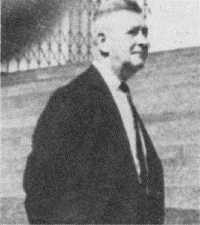
Dr. Cornelius Wouters, champion of Dutch culture.
Dr. Cornelius Willebrod Wouters (18 August 1896, Waspik -20 January 1978, Brunssum). During his youth and early adulthood he moved around the Netherlands. He met his wife in Waalwijk and after several other jobs became a translator for the Dutch National Mines (Staatsmijnen) in Heerlen. He migrated to Australia in
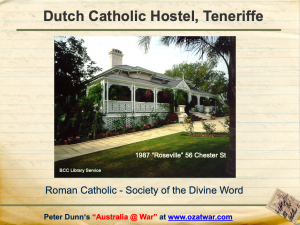
Dutch Catholic Hostel in Brisbane
In 1889, German priest and scientist, Arnold Janssen, together with German women Helena Stollenwerk and Hendrina Stenmanns, founded the Holy Spirit Missionary Sisters (in Dutch: “Dienaressen van de Heilige Geest” in German: “Dienerinnen des Heiligen Geistes von der ewigen Anbetung”). Already in 1875, he had begun the Divine Word Missionary
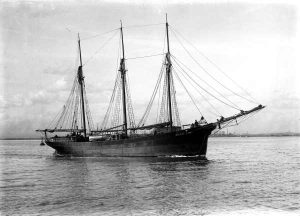
Australian history of Dutch ship De Lauwers, lost in Cyclone Tracy
Booya was built in Waterhuizen, the Netherlands in 1917 by Gebroeders van Diepen, under her original name, De Lauwers. She was a three-masted auxiliary schooner with a steel hull and a 130 bhp engine. In 1920, she became known as the Argosy Lemal after she was purchased and registered by
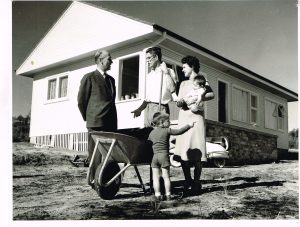
Ir. Haveman Emigration Commissioner 1950-1970
Bastiaan Wouter Haveman was born in 1908 in Wijnjeterp, Friesland. He grew up as a pastor’s son with four brothers and a sister. He obtained his master’s degree in chemical engineering in Delft and subsequently graduated in Dutch law in Leiden. In 1951 he married Louise Hendrika van Loon. Before
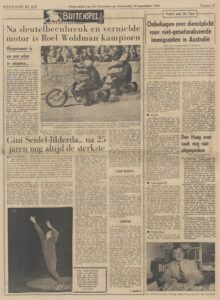
Australia emigration in Dutch Newspapers 1954-1978
Dr. C Wouters has been the most important person during the emigration period between 1950 and 1980 representing the Dutch emigrants in Australia. He tirelessly advocated for recognition of Dutch culture, history and especially its language. He was a prolific writer of articles and letter to the editors in the
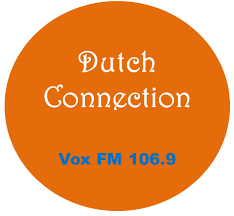
Dutch Connection – Dutch Radio for the Illawarra
By Dr. Yoke Berry from Dutch in Wollongong, released at the celebration of the 25th anniversary of the Dutch Connection radio programme. On Sunday the 9th of November 1997, the first Dutch program in the Illawarra was broadcast on the community radio station VOX FM 106.9. For the programmers and listeners
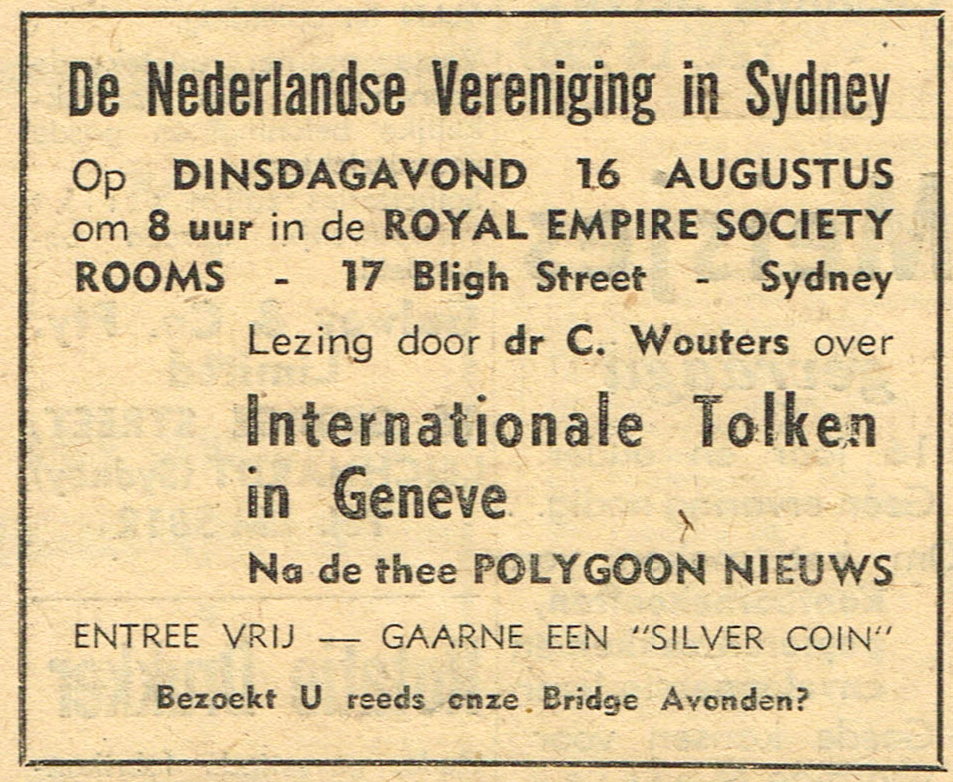
Nederlandse Vereniging in NSW (1944-2008)
This is one of the earliest Dutch Clubs in Australia, founded in 1944. The official name was first Nederlandse Vereeniging in Nieuw Zuid Wales (N.Z.W), later documents state Nederlandse Vereniging in NSW and later the more common name was used Nederlandse Vereniging in Sydney or in English Netherlands Society in
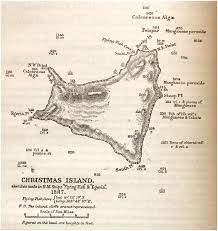
The Ghosts of Christmas (Island) – Dr. Jan Tent
For some three centuries confusion existed among Europeans over the location and name of the Indian Ocean island now referred to as Christmas Island. Maps appeared charting the island with no name, with one of three names, with two names simultaneously, or as two or three adjacent islands. It was
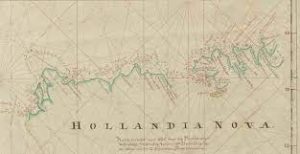
The 1705 van Delft expedition to northern Australia: a toponymic perspective – Dr. Jan Tent
During the 17th and 18th centuries the Dutch were quite active in exploring the western and northern coastlines of the Great Southland. Of one of these expeditions, conducted by Maerten van Delft in 1705, intelligence is limited and it is infrequently mentioned in the canon of Australia’s exploration. The only
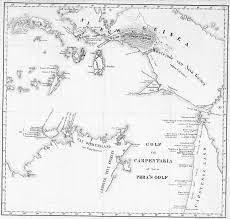
The curious Van Dijk map of the Gulf of Carpentaria – Dr. Jan Tent
In 1859 the Dutch historian, L.C.D. van Dijk published a book on the voyages of discovery made by Jan Carstenszoon in 1623 and Jean Etienne Gonzal in 1756 to the Gulf of Carpentaria. The book contains a commentary of the two voyages as well as a copy of Carstenszoon’s journal.
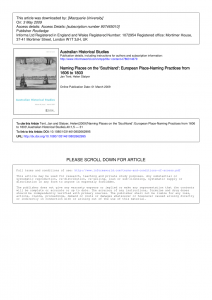
Naming Places on the ‘Southland’: European Place-Naming Practices from 1606 to 1803
The history of charting Australia’s coastline is well documented from most perspectives,but not from a toponymic standpoint. Between 1606 and 1803, some nine hundredEuropean placenames were bestowed along the Australian coast. Authors Jan Tent and Helen Slatyer report here on an investigation and analysis of the place-naming practices of the
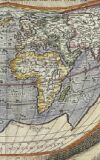
Naming places: Dutch voyagers and toponyms in the fifth part of the world, 1616-1722
Some of the first Europeans to venture into the southern Pacific Ocean were the Dutch during the 17th and early 18th centuries. The linguistic legacy of these expeditions can be found in a small number of Dutch words adopted into Polynesian languages as well as toponyms bestowed by them. The
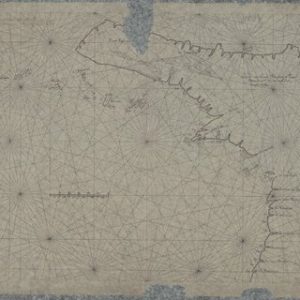
Moent and Dubbelde Ree: Two of Australia’s First Recorded Placenames – Dr. Jan Tent
The year 2006 marked the quatercentenary of the first known European charting of any part of the Australian coastline, when the Dutch mariner Willem Janszoon explored 300 kms of the north-west coast of Cape York Peninsula. He bestowed seven placenames, two of which, Moent and Dubbelde Ree have ambiguous meanings
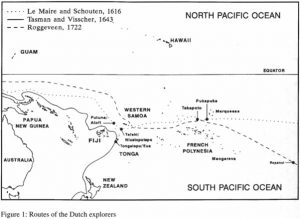
Early Dutch loanwords in the South Pacific
The Polynesian islands share in common the fact that the first European language they came into contact with was the English brought first by Captain Cook, spread by whalers and traders and later consolidated by missionaries. The purpose of the paper below is twofold. First, the authors will present evidence
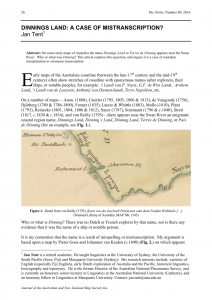
Dinnings land: a case of mistranscription? – by Dr. Jan Tent
On some early maps of Australia the name Dinnings Land or Terres de Dinning appears near the Swan River. Who or what was Dinning? This article explores this question, and argues it is a case of mistaken interpretation or erroneous transcription. “The crucial word in the description is duyning. What
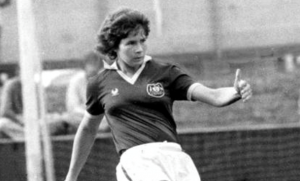
Rose van Bruinessen, Matildas Footballer #10
Rose van Bruinessen (married name Rosemary Moodley), known as Matilda #10, was one of the pioneering figures in women’s football in Australia. She played a significant role as a defender in the early days of the Australian Women’s National Football Team, also known as the Matildas. Unconfirmed information indicates that
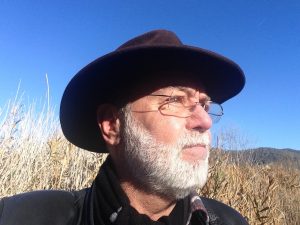
Dutch names in Australia – Linguist Dr. Jan Tent
Dr Jan Tent was born in Amsterdam, his parents originating from Groningen. Jan’s father worked for IBM in Amsterdam. In 1957 his father was made production manager of the IBM typewriter and punch card plant in Lidcombe (Sydney). The appointment was supposed to be for two years but stretched out
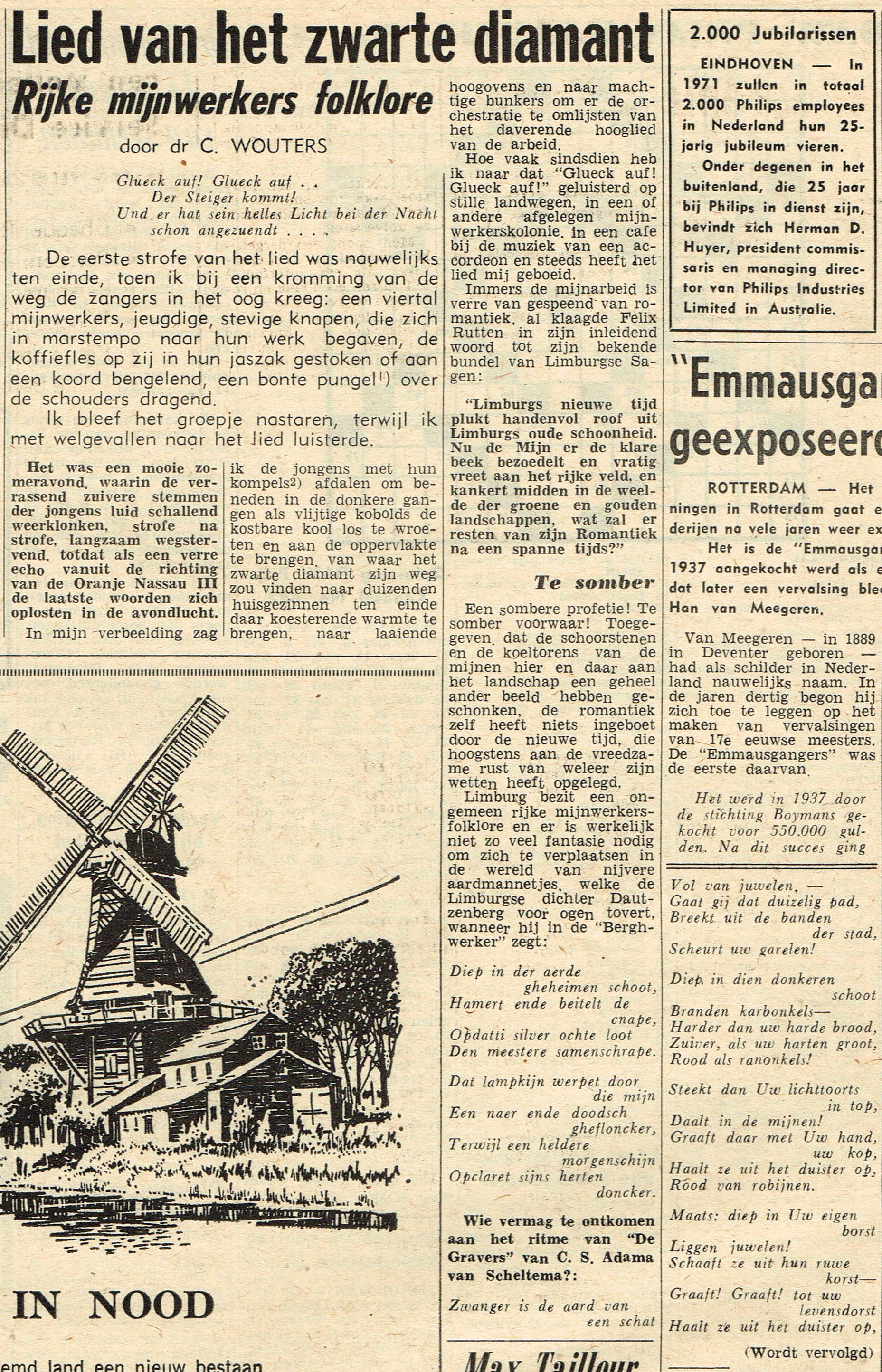
Articles, Poems and Letters to the Editor from Dr. C Wouters
Dr. Wouters did not shy away from controversial issues. He refused to swear allegiance to the Queen during his naturalisation ceremony, instead he was allowed to swear on the Bible, something that since that time has been accepted by the Australian Government. He advocated for equality for migrants within various
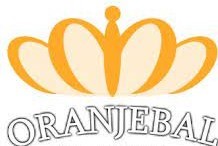
De Nederlandse gemeenschap in het sociale leven van Australia – 1958
The Dutch community in social life in Australia.
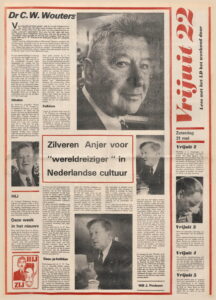
Many awards bestowed on Dr Wouters
Dr. Cornelius Wouters is most likely the internationally most awarded Dutch-Australian. He was awarded the Knighthood in the Order of Oranje-Nassau. He also received the Silver Anjer from the Prins Bernhard Fonds in 1976 for his contribution to the preservation and promotion of Dutch culture in Australia. The Silver Anjer
Stephanie Branz – Dutch-Australian Sports-commentator
In this video clip from the National Archives of Australia Stephanie talks about her Dutch heritage. Stephanie Brantz is a television presenter and sports personality from Australia. Born in 1972 in Queensland to Dutch parents to Phillipa and Hans Branz, she began her modeling career in 1985 while attending St
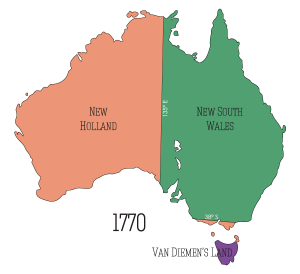
New Holland the name for Australia from1644-1824
The name New Holland (Hollandia Novae) appeared on maps depicting the continent of Australia after the Dutch seafarer Abel Tasman charted the west coast of the continent in 1644. According to linguist Dr. Jan Tent (see paper below), the name was probably given to the continent by one of the
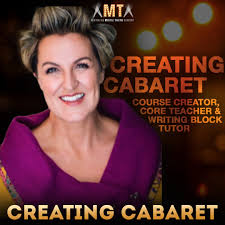
Dutch/Australian Artist Queenie van de Zandt Invites Dutch women over 40 to share their stories of menopause and middle age
Queenie van de Zandt is the daughter of Ria and Hans van de Zandt. Hans is the co-founder of the Canberra Dutch Club in the ACT. Queenie mentioned that she is very proud to be Dutch and that parts of her Dutch heritage have influenced her writing. In particular in
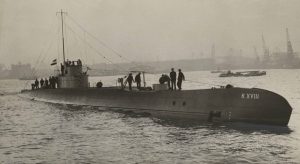
The many Netherlands Naval Visits to Australia starting in 1901
It is interesting to note that in the 20th century the Royal Netherlands Navy visited Australia more times than any of the other other European Continental Countries. This has obviously to do with the Dutch colony to the north of Australia, the Netherlands East Indies, now Indonesia. Dutch Naval Visit
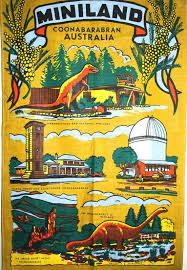
Peter Zorgdrager established Miniland in Coonabarabran
Miniland was a theme park in Coonabarabran, New South Wales, Australia. It was opened in 1972 by Peter Zorgdrager, a Dutch immigrant who was inspired by Dusneyland. The park featured a variety of giant sculptures, including dinosaurs, animals, and landmarks from around the world. It also had a children’s playground,
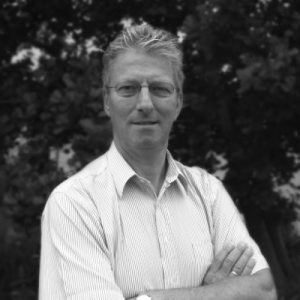
Catalogue of an exhibition (in Groningen) about the history of Australia – 1988
Het onbekende Zuidland naderbij’ by Jaap van der Veen is a catalogue of an exhibition about the history of Australia, the Aborigines and the Dutch explorers and emigrants. It is published by Volkenkundig Museum ‘Gerardus van der Leeuw’ in Groningen in 1988. It contains contributions from Don Grimes and other
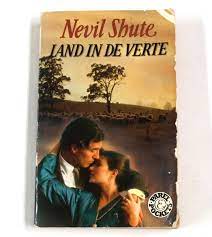
Dutch emigration literature in Australia
In previous months we have highlighted Dutch literature in Australia and we continue this month with another collection of interesting and often forgotten books. However, some will recall nostalgic memories from those who arrives as children or as emigrants from the 1950s and 1960s. Land in de verte – 1952
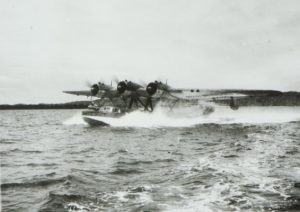
Royal Netherlands Navy flying boat operations in Australia during WWII
The centre of gravity of the Airforce of the Royal Netherlands Navy ( Marine Luchtvaartdienst – MLD) was undisputed in the Netherlands East Indies (NEI). The aircraft carried out many reconnaissance flights for the fleet. Just before the outbreak of war, the MLD had 34 Dornier Do 24K flying boats
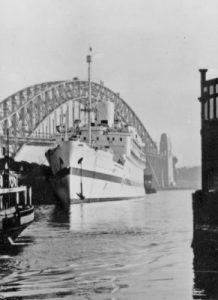
Hospital ship Oranje looked after more than 30.000 wounded soldiers
Dutch passenger liner Oranje was built in 1939 build by the Nederlandse Scheepsbouw Maatschappij and was at the time one of the most modern ones in operation. However, its operation as a liner was cut short by the war in Europe. The ship was able to flee to Surabaya in
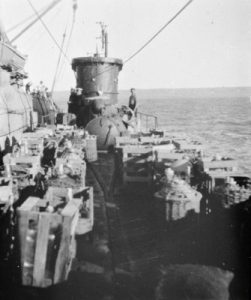
Shell’s Ondina tanker played a key role in WWII operating from Exmouth
The MV Ondina was a tanker ship that played a role in World War II. It was launched in April 1939 and was built at the NDSM shipyard in Amsterdam. Upon completion in August 1939, the Ondina was initially employed by La Corona, a subsidiary of the Royal Dutch Shell
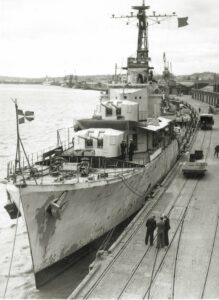
Destroyers Van Galen and Tjerk Hiddes played a key role in WWII Timor operations from Australia
The HNLMS Van Galen and Tjerk Hiddes were N-class destroyer built as HMS Noble and HMS Nonpareil for the Royal Navy during the Second World War and transferred to the Royal Netherlands Navy shortly after completion. The tender price for the Van Galen was £400,684 excluding the cost of Admiralty
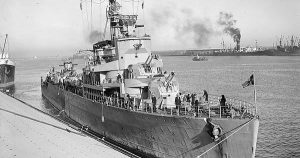
Dutch Cruiser HNLMS Jacob van Heemskerck Protecting Allied WWII Shipping in Australia
The HNLMS Jacob van Heemskerck, a light cruiser of the Royal Netherlands Navy, arrived in Australia in October 1942 and was based in Fremantle, Western Australia. She was assigned to Allied Naval Forces Western Australia and performed convoy duties in the Indian Ocean and the South Pacific. She also provided
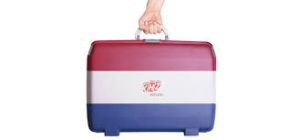
Commissioner for Emigration Nederland 1948-1967
The Regeringscommissaris voor de Emigratie was a government commissioner for emigration who was appointed by the Dutch government in 1948 to coordinate and stimulate the emigration of Dutch citizens to other countries, especially after World War II. The commissioner was responsible for providing information, advice and assistance to potential emigrants,
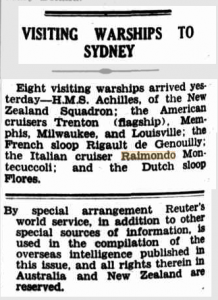
Dutch Gunboot Flores Visits Australia to Commemorate Sydney’s 150th Anniversary 1938
The Dutch Gunboot Flores arrived in Sydney on January 17, 1938, to commemorate the 150th anniversary of the city’s founding. The ship was a 1,200-ton gunboat that was built in 1925. She was armed with four 120mm guns and two 75mm guns, and had a crew of 150 officers and
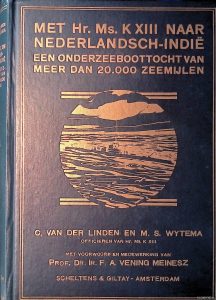
Dutch Submarine K-XVIII Visits Fremantle in 1935
The Dutch submarine K-XVIII made a historic visit to Fremantle in 1935. It was the first Dutch submarine to ever visit the port, and it helped to strengthen the ties between the Netherlands and Australia. The K-XVIII arrived in Fremantle on 13 April 1935, after a long journey from the
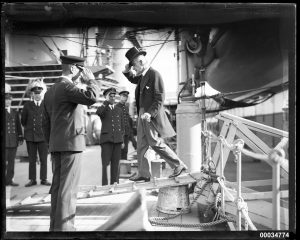
Dutch Naval Visit to Australia in 1930
A Dutch naval squadron visited Australia in 1930, led by Rear Admiral C.C. Kaijser on the light cruiser HNLMS Java with the destroyers De Ruyter and Evertsen. The following ports were visited successively: Fremantle, Adelaide, Melbourne, Sydney, Wellington, Auckland, Brisbane, Boela (New Guinea) and Ambon. On November 28, the squadron
The DACC Library Collection
The DACC Library has a collection of books, magazines, CD’s, DVD’s and VHS tapes. Most are not yet in the online data base. The table below lists the categories and the number of books and magazines in each category. Please contact the DACC for further information.
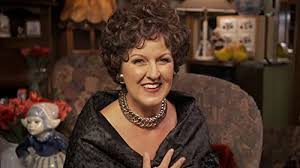
Jan van de Stool – the Dutch/Australian comedic, alter-ego of performer Queenie van de Zandt
Jan van de Stool, International Musical Therapist – was a successful Real Estate Agent before giving it all up and making a natural progression into becoming a Self-Help Guru. She lives in Woy Woy, with Pieter, her husband and cousin, and their son Henk, and promotes her unique brand of

Elizabeth Stukkien author of Hartog’s children
Elizabeth Stukkien was born in 1942 in the Netherlands and emigrated to Australia in 1971 with her husband and four children. She worked as a teacher and a librarian in Perth and Brisbane. She died in 2017 in Brisbane and was survived by her husband, children and grandchildren. Hartog’s kinderen
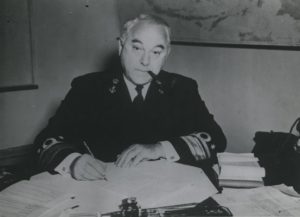
WWII Naval Commander Australia Pieter Koenraad
Koenraad, Pieter, naval officer (born in Dirksland 6-6-1890 – died in Las Palmas in the Canary Islands 22-2-1968). Son of Johannes Adrianus Koenraad, headteacher, and Alida Elizabeth de Graaff. Married on 5-5-1923 to Catharina Cornelia van Trooijen, which marriage was dissolved by divorce on 12-9-1930 by judgment of the Council
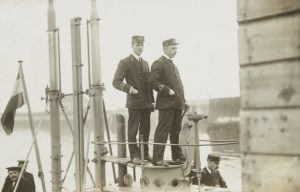
Rear Admiral Coster revisits the Dutch war effort from Australia.
Parliamentary inquiry into government policy 1940-1945 This parliamentary inquiry focused on the government policy of the cabinets De Geer, Gerbrandy and Schermerhorn, since the German invasion of the Netherlands on 10 May 1940 and in relation to Netherlands East indies (NEI) the war with Japan until the opening of the
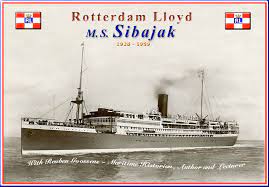
Emigration on the MS Sibajak
The MS Sibajak was a passenger ship named after Mount Sibayak, a volcano located in Sumatra, Indonesia. It was built at the Koninklijke Maatschappij “De Schelde” shipyard in Vlissingen, Netherlands. The ship was initially constructed for the N.V. Koninklijke Paketvaart-Maatschappij (KPM), a Dutch shipping company that operated in the Dutch
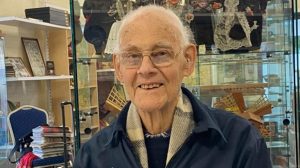
Ype De Bruin OAM leading figure in the Dutch Community in Victoria
Ype is the President of the Associated Netherlands Societies in Victoria; a position he has held for 29 years. He worked for 32 years with the Gas & Fuel Corporation, during which time he held several management positions and set up a training school in Victoria for technical and non-technical
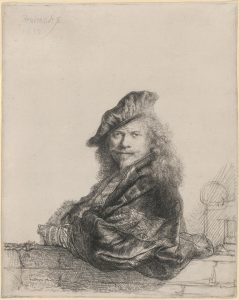
Celebrating Rembrandt: True to life – at NGV Melbourne
The National Gallery of Victoria (NGV) in Melbourne is presenting an exhibition dedicated to the work of seventeenth-century Dutch master Rembrandt Harmenszoon van Rijn. Rembrandt: True to life follows the work of Rembrandt from early work in Leiden through to his final years in Amsterdam, with more than 100 works
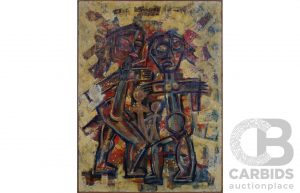
Dutch-Indonesian-Australian Geophysicist and artist William Wiebenga
William Alexander Christiaan Johannes Wiebenga was an Indonesian-Dutch-Australian geophysicist and artist. He was born in Benkoelen, Indonesia (now known as Bengkulu, Indonesia) on December 5, 1910. His father with the same name, William Alexander Christiaan Johannes Wiebenga, was a Dutch civil servant. His mother Jeanne Helene de Rochemont was born

Australian Actor Anthony LaPaglia has Dutch Ancestry
Maria Johannes Brendel is a secretary and the mother of Australian actor Anthony LaPaglia. She is originally from the Netherlands and has Dutch ethnicity. Her husband Gedio “Eddie” LaPaglia, emigrated from Bovalino, Province of Reggio Calabria, Italy. They had two other sons, the Australian actor Jonathan LaPaglia and Michael LaPaglia,
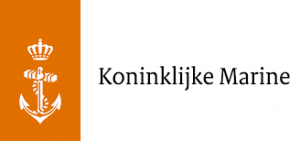
Royal Netherlands Navy (Koninklijke Marine) in Australia
Unlike the Netherlands East Indies (NEI) Army and its Air Force, the Koninklijke Marine (KM – Royal Netherlands Navy) that operated in NEI, was part of the Dutch Navy. They resorted under the Minister for the Navy at the Dutch Government-in-Exile in London. By mid February, the Governor the Netherlands
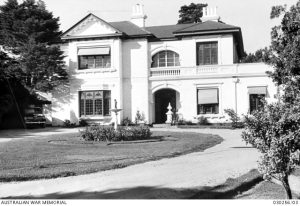
The Headquarters of the Dutch East Indies Armed Forces (HK-KNIL) in Melbourne and Brisbane
The Headquarters of the Dutch East Indies Armed Forces was together with the Onderbevelhebber Srijdkrachten in het Oosten – OBSO (Deputy Commander of the Forces in the East) in charge of the construction of the ML (Army Airforce) (for the time being only 18 Squadron). She had to coordinate with
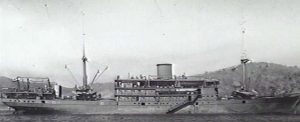
Dutch Merchantman Maetsuyker: From Escape to Hospital Ship in World War II
The Dutch merchant vessel Maetsuyker, weighing 4,131 tons, played a significant role during World War II. It managed to escape from the Netherlands East Indies (NEI) to the safety of Fremantle, Australia, just before the final surrender on Java Island. This article traces the journey of the Maetsuyker as it
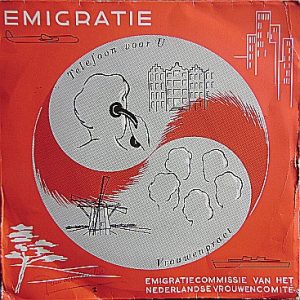
Emigratie Commissie of the Nederlandse Vrouwen Comité
The Emigratie Commissie was a committee of the Nederlandse Vrouwen Comité (NVC – Dutch Women’s Council). The Emigration Commission of the Dutch Women’s Council, was an organisation in the Netherlands that focused on assisting women and families with the process of emigrating to other countries. The committee operated during the

Stichting Landverhuizing Nederland (Foundation for Emigration Netherlands) – 1913-1967
The Nederlandse Vereniging Landverhuizing (Netherlands Association Emigration) was established in 1913 to promote Dutch emigration. It merged with the Emigration Centre Holland (Emigratie Centrale Holland) in 1931 and formed the Netherlands Emigration Foundation (Stichting Landverhuizing Nederland). The foundation was renamed the Dutch Emigration Service (Nederlandse Emigratiedienst) in 1952. The foundation
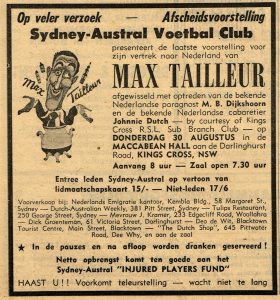
Dutch Football Club Austral Sydney
Dutch Football Club Austral was a soccer club that was founded in Sydney by a group of Dutch immigrants, under the name Hollandia at the Black Tulip Restaurant in George Street in 1949. Its restaurateur David Bos became the first president and also was its main sponsor. The first game
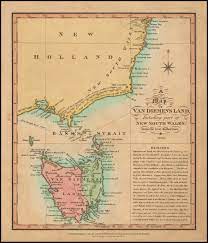
Van Diemen’s Land became Tasmania 1642-1856
The name Van Diemen’s Land was given to the island of Tasmania by the Dutch explorer Abel Tasman in 1642, in honour of Anthony van Diemen, the Governor General of the Dutch East Indies who had sent him on his voyage. The name was used by the British settlers who
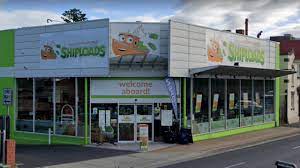
The entrepreneurial Sypkes family in Tasmania
It all started with Engel Sypkes, an Australian businessman who migrated from the Netherlands to Tasmania in 1951. Shortly after his arrival, he opened a small general store in Stanley. After a trip to the United States, Sypkes was exposed to modern merchandising methods, which inspired him to open his
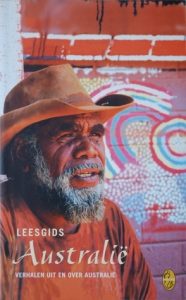
“Leesgids Australië: Verhalen uit en over Australië” – 2003
“Leesgids Australië: Verhalen uit en over Australië” is a book that features stories by Australian writers as well as travel stories by travelers who have visited the country. It was first published in 2003 and contains 240 pages. The book aims to provide readers with a diverse collection of literature
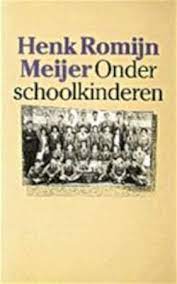
Book: Onder schoolkinderen en andere verhalen – 1963
This book is a collection of short stories by Henk Romijn Meijer, a Dutch novelist, anglist and essayist who wrote with an English kind of irony. The stories are partly based on his experience as a teacher of French in Melbourne, Australia. The title story, Onder schoolkinderen (Among schoolchildren), depicts
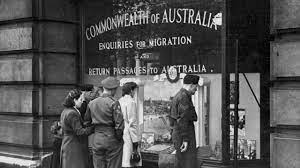
The Return of Dutch Migrants from Australia, New Zealand and Canada – 1983
The book The Return of Dutch Migrants from Australia, New Zealand and Canada is a research report written by Wim Blauw and Joed Elich and published by the Netherlands Interuniversity Demographic Institute (NIDI) in 1983. The book is based on a survey of 1,200 Dutch migrants who returned to the
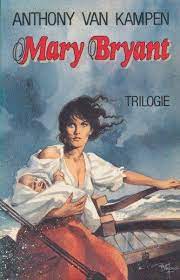
Books about Mary Bryant and the Batavia from Anthony van Kampen
“Het leven van Mary Bryant” (The Life of Maty Bryant) is a three-volume book written by Anthony van Kampen and published in 1968 by Unieboek NV in Bussum, the Netherlands. The book is written in Dutch. The story revolves around the life of Mary Bryant, a historical figure who was
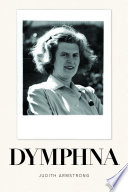
Hilma Dymphna Lodewyckx married to Manning Clark.
Hilma Dymphna Lodewyckx (1916-2000) was the daughter of Augustin Lodewyckx and Anna Sophia Hansen. She was born in Stellenbosch, South Africa and later moved to Melbourne, Australia with her family when her father was appointed lecturer at the University of Melbourne. She mainly used her middle name Dymphna. Her father
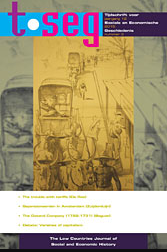
The Indisch Dutch in post-war Australia
Recalling the Indies: Colonial Culture and Postcolonial Identities. This is an article written by Dr Joost Coté, Monash University (Australia) and published in June 2010 in the “Tijdschrift voor Sociale en Economische Geschiedenis” Abstract. This article considers how the Indisch Dutch related to post-war Australia. After establishing the definitional and
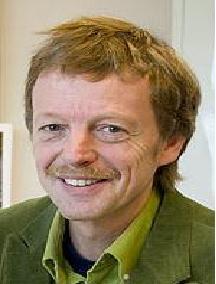
Investigating Lexical Attrition in Long-Term Dutch Expatriates in Australia: A Study on First Language
Dissertation by Ton Ammerlaan (born 1960) Radbout University Nijmegen – 1996 Introduction: Language attrition, the gradual loss of one’s first language (LI) proficiency due to decreased exposure and use, has been a topic of interest in sociolinguistic and linguistic research. This article focuses on the nature of variables influencing lexical
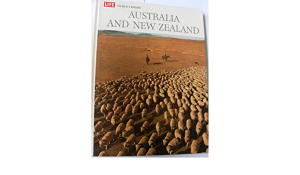
Book: Australia and New Zealand – 1965
“Australië en Nieuw-Zeeland” is the Dutch translation of the book “Australia and New Zealand” written by Colin MacInnes in collaboration with the editors of LIFE magazine. The translation was done by Anna R. Wierdsma. The Dutch book was published in Amsterdam by Het Parool in 1965. Colin MacInnes was a
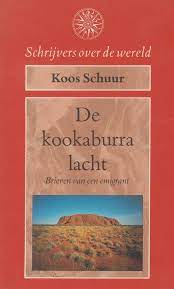
Books by Koos Schuur on his refelection on emigration to Australia 1953
The book En de kookaburra lacht… Brieven van een emigrant (And the kookaburra laughs… Letters from an emigrant) is a collection of letters written by Koos Schuur, a Dutch poet, writer, and translator. The letters were edited by Jan Elburg and Salvador Hertog and published by De Bezige Bij in
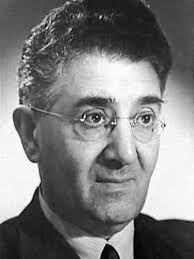
Joop van der Laan: Press Officer Dutch Embassy Australia, journalist and author.
Jozef Jacob (Joop) van der Laan was a Dutch journalist born in Assen, in 1886. Coming from a family of butchers, Joop ventured into journalism and began his career as a volunteer at the local newspaper, the Asser Courant. Driven by his adventurous spirit, he embarked on a world tour,

Book: Land in de verte – 1952
The book is a novel by Nevil Shute, published in English as The Far Country in 1952. The book is set in post-war England and Australia, and it tells the story of Jennifer Morton, a young woman who inherits some money from her grandfather and decides to visit her cousin
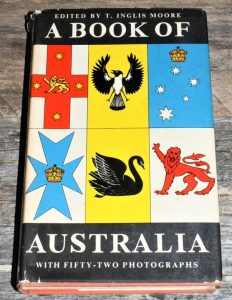
“Australië” – “A Book of Australia” 1962
“A Book of Australia” by Tom Inglis Moore. The Dutch-language edition of “A Book of Australia” was translated by J.J.A. Bakker. The book was published in a hardcover edition and has a dust jacket. The front cover of the dust jacket features a painting of the Australian outback by the
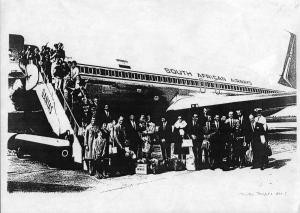
Information from the Dutch Emigration Service – 1953
Nederlandse Emigratiedienst, Australië. Dagelijks leven van emigranten tegen de achtergrond der Australische economie. Recente emigrantenbrieven, aangevuld met enkele belangrijke artikelen, welke de laatste tijd over Australië het licht zagen, themanummer van: Leven en Werken in den Vreemde. Actualiteiten ten behoeve van de Emigratie-voorlichting. Uitgave Nederlandse Emigratiedienst, 12 sept. 1953 This
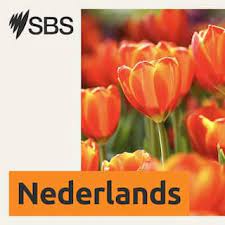
Podcast: ” Australië tot nu toe” SBS Dutch
Historicus Ingeborg van Teeseling bespreekt maandelijks een onderwerp uit de Australische geschiedenis. Van de na-oorlogse migratie stroom en de controverse omtrent Australia Day tot de herkomst van ‘single sex’ scholen. Historian Ingeborg van Teeseling discusses a topic from Australian history every month. From the post-war migration tide and the Australia
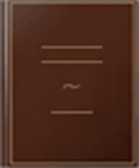
Dutch in Victoria – Henk Overberg
Dr. Henk Overberg was a Senior Lecturer, School of Australian and International Studies at Deakin University, Melbourne and an academic researcher at Victoria College, Melbourne. He specialised in ethnic research and researched the history and culture of the Dutch community in Victoria, Australia. He is the author of several publications relevant the
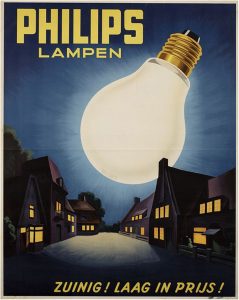
Frank Leddy reorganised Philips Australasia
By Hans Overberg Franciscus Nicolaas Leddy (1903-1964), company director, was born on 20 April 1903 at Rotterdam, the Netherlands, son of Franciscus Nicolaas Leddy, director of prisons, and his wife Cornelia, née Delabrie. Educated at Leiden high school and the Nederlandse Economische Hogeschool, Rotterdam, young Leddy began his professional career
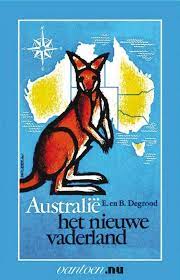
A Dutch journalist’s view of Australia in the 1950s
Mathieu Smedts was a Dutch journalist, writer and resistance fighter who became famous as the editor-in-chief of the political weekly magazine Vrij Nederland. He was born in 1913 in a small village in Limburg, a Catholic province in the south of the Netherlands. He wanted to become a priest, but
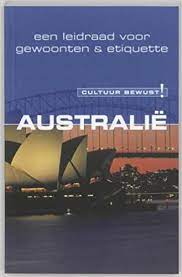
Book: Cultuur bewust Australië: A Guide to Australian Culture – 2005
Cultuur bewust Australië is a Dutch translation of Culture smart! Australia, a guidebook for travelers to Australia that covers the customs, culture, etiquette and national characteristics of Australians. The book is part of a series called Culture smart! that aims to help visitors understand and appreciate different countries and cultures.
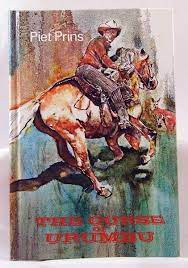
Children’s Book: Jack en Sheltie – 1966 /The curse of Urumbu – 1980
The book title is Jack en Sheltie, written by Piet Prins, a Dutch journalist, politician and children’s book author. The book is part of the Sheltie series, which features the adventures of Jack Westerbaan, a Dutch immigrant in Australia, and his faithful dog Sheltie. The book was published in 1966
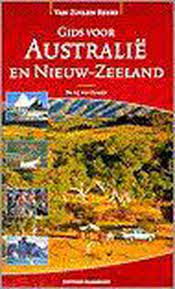
Gids voor Australië en Nieuw-Zeeland – 1997
“Gids voor Australië en Nieuw-Zeeland” by A. J. van Zuilen. It was published in 1997 by J.H. Gottmer and is a Dutch guidebook for travelers to Australia and New Zealand. The book has 430 pages and includes maps and illustrations. It covers the geography, history, culture, attractions, and practical information
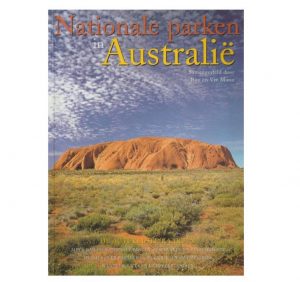
Book: Nationale parken in Australië – 2000
The book ” National Parks in Australia” by Ron Moon was published in 2000 by Könemann and translated into Dutch by Jacques Meerman. The book covers 50 national parks across the country, from the tropical rainforests of Queensland to the rugged mountains of Tasmania. It includes information on the history,
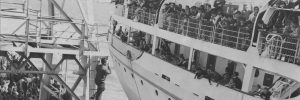
Study: Why potential emigrants cancelled their plans – 1959
Regeringscommissaris voor de Emigratie, Bureau Onderzoekingen, Annulering van emigratie. Een onderzoek bij 500 Australië-units naar de redenen, waarom zij van emigratie afzagen. ’s-Gravenhage: Regeringscommissaris voor de Emigratie, Bureau Onderzoekingen, 1959. This is a title of a report published in 1959 by the Regeringscommissaris voor de Emigratie, Bureau Onderzoekingen (Government Commissioner for Emigration,
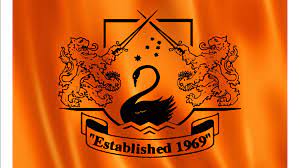
Dutch Society Neerlandia of WA Inc.
The earlier Dutch migrants that arrived in the late 1940’s had made several attempts to establish Dutch clubs in WA, such as the Dirck Hartogh Society and the Australian Dutch League, but these all folded after a short while. But during the early 1950’s the Dutch migrants arrived in larger
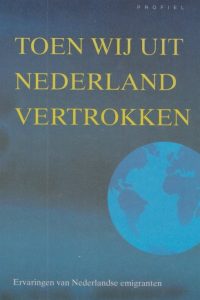
Book: Toen wij uit Nederland vertrokken – 1983
Nelly de Rijk-Zaat, ‘Toen wij uit Nederland vertrokken’. Ervaringen van Nederlandse emigranten in Australië. ’s-Gravenhage: Katholieke Vereniging van Ouders en Familieleden van Geëmigreerden, [1983] This is a book that contains the experiences of Dutch emigrants in Australia, New Zealand, Canada, Brazil, South Africa and France. The book is edited by
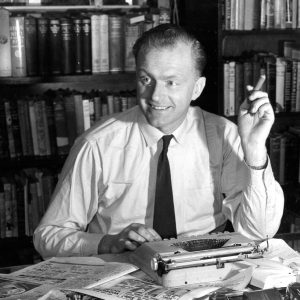
Book: “Australië – 1968
Rohan Rivett, Australië, [vert. van: Australia. London: Oxford University Press, 1968, door J.N.H. Gevers Leuven-Dijkstra]. Nijkerk: Callenbach, 1969 is a book that provides an overview of Australia’s history, geography, culture and society. It covers topics such as Australia’s physical features, climate, flora and fauna, population, economy and history The book
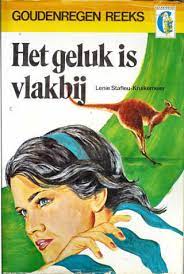
Girl’s book: Het geluk is vlakbij – 1956
Het geluk is vlakbij (Happiness is nearby) by Lenie Stafleu-Kruikemeier, a Dutch author. The book was first published in 1956 by Callenbach and has illustrations by Hans Borrebach. It was reprinted in 1981. The somewhat stubborn nineteen-year-old parentless Inge thinks she is too much mothered by her older married sisters
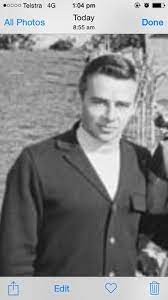
Jan Wakker jockey
Jan Wakker was a Dutch-Australian jockey who had a successful career in horse racing. He was born on January 10, 1943, in Groningen, and emigrated to Australia in 1950. His family settled in Moe. Fred Wakker (Jan’s father) found a racing pigeon in the family loft and decided to chase
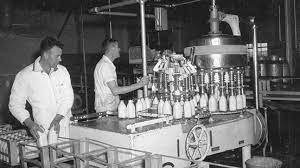
The Alssema Milk Factory in Perth
The Alssema family is a Dutch family who emigrated to Australia in the early 1900s. The family patriarch, Jan Alssema, was born in Nieuw-Lekkerland in 1865. He married Geertruida van der Meer (born in 1871 in Hardinxveld-Giessendam) in 1889, and they had six children together. In 1903, the Alssema family
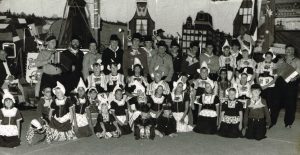
Dutch Folk Dancing Group
Dr. Cornelis Wouters was the founder of the Dutch Folk Dance Group, a group of over 30 enthusiastic Dutch immigrants (later joined by Australians who married Dutch immigrants). They performed folkloric dances at charitable association gatherings. No other group could boast such original national costumes, as all Dutch regional costumes
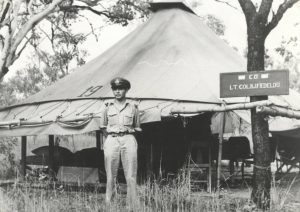
Captain Fideldij Commander 18 Squadron (NEI) RAAF
Bernardus Jacobus Fiedeldij was born on February 25, 1907 in Amsterdam, Netherlands to Jacobus Fiedeldij and Maria van der Laan. He had two brothers, Hendrik and Willem, and one sister, Catharina. His parents were both from Amsterdam. His father was a carpenter and his mother was a homemaker. They were
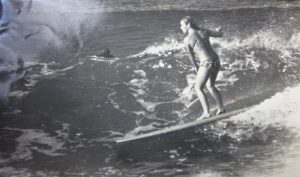
Surf Champion Dorothy de Rooy
Dorothy De Rooy (Vidgen) is a former professional surfer and champion who was born in Breda, Netherlands in 1948. When she was three years old, her family immigrated to Australia, and they eventually settled in Mona Vale, where her maternal grandparents were already living. Dorothy attended Mona Vale Public School
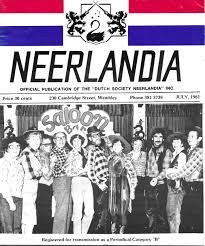
Journalist and publisher Jan Rempt
‘Aan de rand der wereld. Een Hollandse emigrant in Australië’ with a foreword written by B.W. Haveman, Regeringscommissaris voor de Emigratie (Government Commissioner for Emigration) was published in Dokkum by Schaafsma & Brouwer in 1953. The book is written by Jan D. Rempt, a Dutch journalist who immigrated to Australia
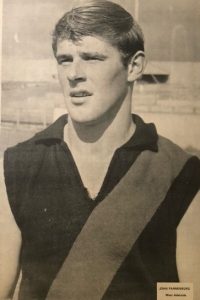
Footballer John “Jack” Pannenburg
John “Jack” Pannenburg was born in1946 in Arnhem, the Netherlands. His family immigrated to Australia when he was young, and he grew up in Mount Gambier, South Australia. Pannenburg was a talented footballer, and he joined West Adelaide Football Club in the South Australian National Football League (SANFL) in 1966.
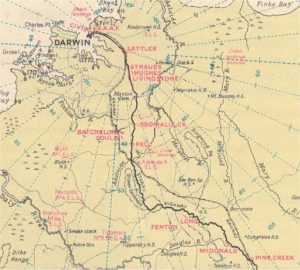
The18 Squadron NEI RAAF moves to McDonald Airfield, NT
Burkholder Field (sometimes referred to as Burkeholder), later known as McDonald Airfield (sometimes incorrectly referred to as MacDonald), was located 10 miles north west of Pine Creek in the Northern Territory. The airfield was built by Company “A” and HQ Detachment of the 808th Engineer Aviation Battalion from 11 May to 16 July 1942
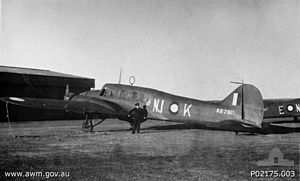
The Dutch trained at the air bombing range in Nowra – WWII
The Nowra Rifle Club is one of the oldest rifle clubs in Australia, having been founded in 1888. The club also had a strong patriotic spirit and supported the Australian troops during both World Wars. During World War II, the club played an important role in providing training and practice
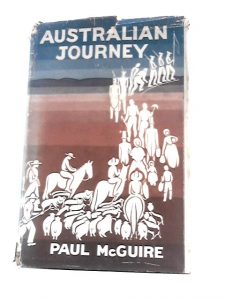
Book: Australia, Her Heritage, Her Future – 1950
“Zó is Australië, land en volk” by Paul McGuire. It is a Dutch translation of the book “Australian Journey” originally written by J.L. van Tijn and published in London and Toronto by Heinemann in 1939. The Dutch edition was published by Heinemann in The Hague in 1950. The book explores
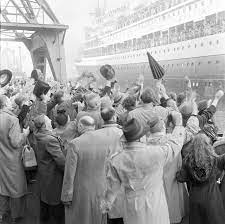
Geschreven portretten van Nederlandse emigrantenpriesters in Australië – 1994
A Book Review: Written Portraits of Dutch Migrant Priests in Australia The book Geschreven portretten van Nederlandse emigrantenpriesters in Australië, translates to Written portraits of Dutch migrant priests in Australia in English. It was edited and adapted by J.W.P. Elferink from the original manuscripts of Theo van der Meel, a
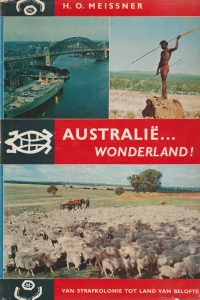
Australië… wonderland. Van strafkolonie tot land van belofte – 1968
Australië… wonderland. Van strafkolonie tot land van belofte is a Dutch-language book by H.O. Meissner that tells the story of Australia, from its early history as a penal colony to its development into a modern nation. It was first published in 1968 by Forum Boekerij. The book covers a wide
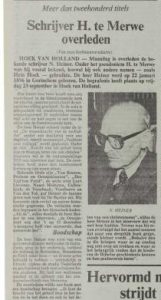
Children’s book: Australisch avontuur – 1958
The book is titled Australisch avontuur, which means Australian adventure in English. It is a children’s book that tells the story of a Dutch boy who emigrates to Australia with his family and experiences various adventures in his new country. The author is H. te Merwe, a pseudonym of Nicolaas

Emigration survey: Inpakken en wegwezen? – 1981
Ministerie van Sociale Zaken, Inpakken en wegwezen? Een onderzoek naar kenmerken en motieven van emigranten naar Australië, Canada en Nieuw-Zeeland. Onderzoek verricht door het Ministerie van Sociale Zaken met medewerking van het Instituut voor Psychologisch Marktonderzoek te Rotterdam en de Nederlandse Stichting voor Statistiek te ’s-Gravenhage. Den Haag: Ministerie van
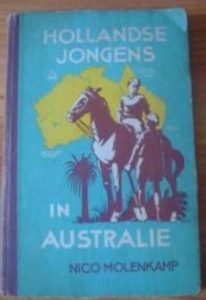
Children’s book: Hollandse jongens in Australië – 1947
This is a book written by Nico Molenkamp and illustrated by Cor van Kralingen. It was published by Carpe Diem in Barendrecht in 1947. It is a children’s book about the adventures of Dutch boys in Australia. The title translates as Dutch boys in Australia. Bibliotheek online Nederland
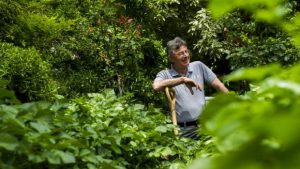
Adrian van Leest – potato king
Adrian van Leest was born in the Netherlands, where his father had a community garden plot. When the family moved to Australia in 1955, they lived in Creswick, Victoria, on a large block cultivated by Adrian from one end to the other. He was given a small allotment of nine
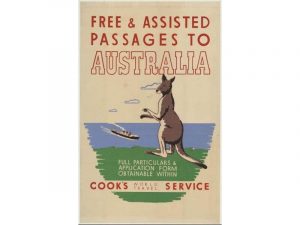
Thesis: De teruggekeerde emigrant (The Returned Emigrant) – 1966
The document De teruggekeerde emigrant (The Returned Emigrant) is an unpublished thesis written by Heikina R. Scholten in 1966. It is a qualitative study on the reasons for return to the Netherlands of Dutch emigrants from Australia for the purpose of information provision. The thesis was submitted to the Haagse
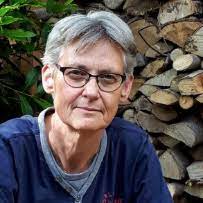
‘Invisibility and selectivity’. Dutch migration in the 19th and 20th century – 2010
Marijke van Faassen is a Dutch historians who has been involved in several research projects and publications related to migration history. Marijke is a senior researcher at the Huygens Institute for the History of the Netherlands, and has a specialisation in (digital) scholarly editing. She has worked on various topics
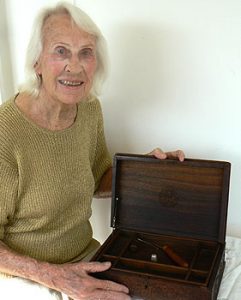
Baukje den Exter -Bathurst Migrant Camp
We have copied this information from the “Belongings Website” as that website has been archived. This was part of a collaborative project between the Migration Heritage Centre and Tweed River Regional Museum. Boukje was interviewed by: Immy McKiernan, Tweed River Regional Museum Boukje van Exter Cultural background: Dutch Place of
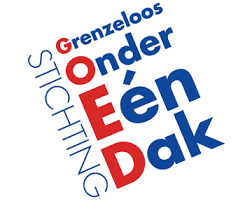
Stichting Emigrantenbelangen – 1952
The Stichting Emigrantenbelangen (Foundation for Emigrants’ Interests) was founded in 1952 in The Hague, with the aim of providing free advice and assistance to emigrants, in addition to the work of official agencies and confessional emigration centers. The foundation had its central office in Bazarstaat 16 in The Hague. The foundation
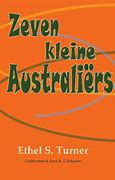
Children’s book: Zeven kleine Australiërs – 1896
‘Zeven kleine Australiërs’ by Ethel Turner is a classic children’s novel about the adventures and misfortunes of seven siblings who live on a farm in Australia. It is originally written in English and published in 1894 under the title ‘Seven Little Australians’. It is translated and edited by Marie ten
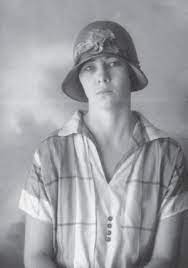
Emigranten en andere verhalen – 1933
It is published by Elsevier in Amsterdam in 1933. The book is written by Madelon Székely-Lulofs, a Dutch writer and journalist who was born in Indonesia and later moved to Hungary with her second husband, László Székely, a Hungarian planter and writer. She is best known for her novels about
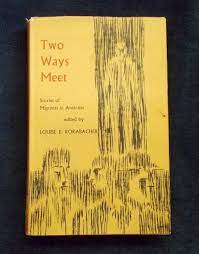
Book: Two Ways Meet: Stories of Migrants in Australia – 1967
The book Two Ways Meet: Stories of Migrants in Australia is a collection of 16 short stories by different authors who share their experiences of migrating to Australia from various countries and cultures. The stories explore themes such as identity, belonging, adaptation, discrimination, and integration. Some of the stories are
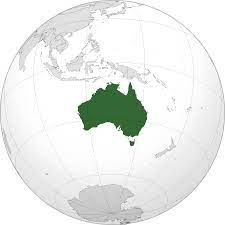
Book: Australië by journalist Verberne – 1950
P.E.H.M. Verberne was a Dutch journalist and author. He was born in 1904 in Amsterdam, and died in 1968. He was a member of the Dutch resistance during World War II, and was imprisoned in a concentration camp for a time. After the war, he worked as a journalist for
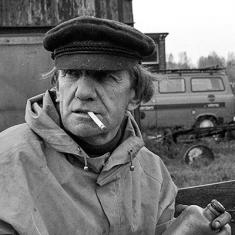
Journalist Joop Waasdorp: shearer, crabber, and lumberjack- 1956-1962
Joop Waasdorp was born in Amsterdam in 1917. He grew up in Zaandam and Amsterdam. After three years of HBS (a type of secondary school in the Netherlands), he worked at various jobs, including as a journalist for United Press. During the Second World War, he was involved in the
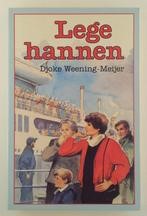
Frisian book: Legge Hannen by Djoke Weening-Meijer – 1987
Djoke Weening-Meijer (1920-1990) is a Dutch writer who was born in Drachten, Friesland, in 1949. She studied Dutch language and literature at the University of Groningen, and after graduating she worked as a teacher and journalist. She is a member of the Royal Dutch Academy of Sciences (KNAW). She lives
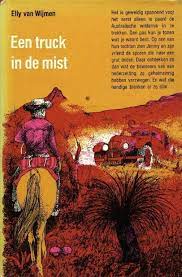
Book: Een truck in the mist – Elly van Wijmen – 1970
Elly van Wijmen was born on June 26, 1927 in East Java. Before the Indies were occupied by Japan, the family left for the Netherlands. She later emigrated with her first husband to Australia, where she practiced the profession of beautician. After a number of years she returned to the
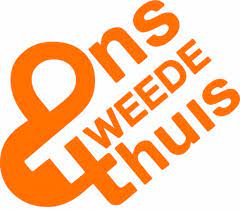
Ons tweede huis. Emigrantenvrouwen schrijven van verre – 1960
The book was published in 1960 by the Emigratie Commissie van het Nederlandse Vrouwen Comité in Den Haag. The book is a collection of 12 stories written by Dutch women who emigrated to different countries, such as Australia, Canada, New Zealand and South Africa. It was translated into English in
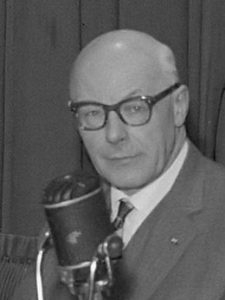
Taeke Cnossen – Reformed Emigration Vereeniging
Taeke Cnossen (Idzega, June 20, 1896 – Leeuwarden, January 12, 1988) was a Dutch journalist. He was editor of the reformed Friesch Dagblad (1919-1921) and the anti-revolutionary daily De Standaard (1921-1943). He was one of the co-founders of the Reformed Emigration Vereeniging (GEV), founded on November 23, 1927. After a
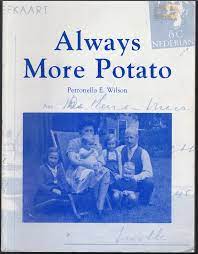
Book: Always more potato – 1951
Petronella E. Wilson is the author of a book titled Always more potato. From Deventer to Tallangatta. An Olthof family history, which was published by Wilson in Mooroopna, Victoria, Australia in 1996. The book is a family history of the Olthof family, who emigrated from Deventer, Netherlands to Tallangatta, Australia
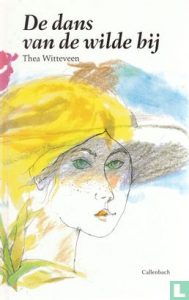
Children’s Book: De dans van de wilde bij – 1997
Thea Klein Schiphorst-Witteveenn is the author of a book titled De dans van de wilde bij, which was published by Callenbach in Baarn in 1997. The book is a children’s book about a 13-year-old girl named Saskia who emigrates with her family from the Netherlands to Australia and has to
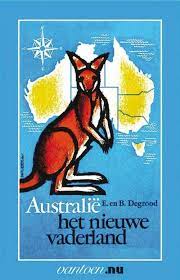
Australië. Het nieuwe vaderland – 1954
Australië. Het nieuwe vaderland is a travel guide and cultural introduction to Australia and New Zealand, written by E. en B. Degrood and published by Zomer en Keuning in Wageningen in 1954. The book provides information on geography, history, economy, society, and customs, and is illustrated with photographs and maps.
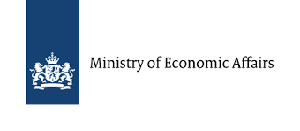
Report of the orientation trip to and through Australia and New Zealand – 1957
A. Drost & B.J. Spitholt, m.m.v. J.M. van Delden, Verslag van de oriëntatie-reis naar en door Australië en Nieuw-Zeeland, typescript, 1957 (Koninklijke Bibliotheek Den Haag, sign. NL 94 H 1000). This is a report of a trip to Australia and New Zealand by three Dutch officials: A. Drost, B.J. Spitholt,
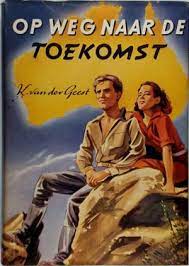
Book: Op weg naar de toekomst – 1954
Klaas van der Geest (Schiermonnikoog, 27 november 1903-10 oktober 1964). Op weg naar de toekomst. Nijkerk: Callenbach, [1954] (2e dr. 1979; ook verschenen als grote-letter-boek (Eindhoven: Grootdruk-uitgeverij, 1989). Klaas van der Geest, Towards the future. Nijkerk: Callenbach, [1954] (2nd edition 1979; also published as a large-print book (Eindhoven: Grootdruk-uitgeverij, 1989).
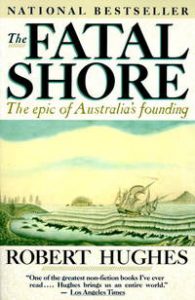
Robert Hughes’ “The Fatal Shore and the Dutch explorers
“The Fatal Shore” by Robert Hughes tells the story of the early history of Australia, focusing on the period from the first Dutch explorations in the 1600s to the establishment of the British penal colony at Botany Bay in 1788. Hughes devotes a chapter to the Dutch explorers, who were
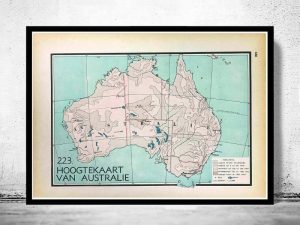
Book: Australia at first glance…. and…. on closer inspection – 1954
H.M. Koemans, Australië op het eerste gezicht…. en…. bij nader inzien. Hoorn: West-Friesland, [1954]. Translated in English in 1955 by Peter H. Waite and titled: Australia at first glance…. and…. on closer inspection. Hendrik Marinus Koemans was born in 1907 in the Netherlands. He was a journalist and writer and
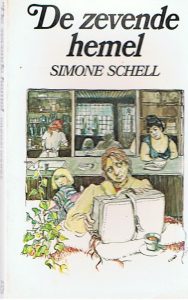
Children’s book: De Zevende Hemel – 1977
De zevende hemel is the name of a neighborhood café. In that café Lize comes home after a long stay in Australia where her father had an important position at a large factory. When Lize said goodbye to her playmate Mazzel she was an innocent little girl. When Lize sees
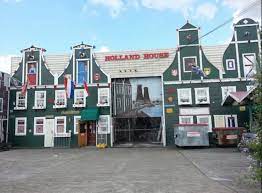
Jan and Anita van Altena founded ‘t Winkeltje in Smithfield, Sydney.
The Dutch Shop, ‘t Winkeltje in ‘Holland House’ was founded by Jan and Anita Altena in Smithfield in 1985. Holland House at first it sold only imported Dutch furniture, but soon expanded to a supermarket (‘t Winkeltje), stocking the herring, cheese and liquorice that is signature Dutch fare. Inside, the
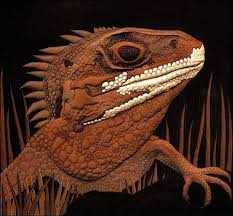
Textile artist Annemieke Mein
Annemieke Mein was born in Haarlem, in 1944. Her Dutch heritage has had a significant influence on her art. Growing up in the Netherlands had a profound impact on her appreciation for nature and the environment. She spent much of her childhood exploring her grandparents’ garden in the Netherlands and
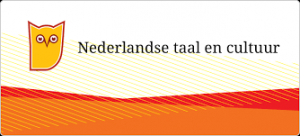
Dr. Cornelis Wouters and the Dutch language
In the 1950s, Dr. Cornelis Wouters advocated for more attention to be given to the culture of the countries from which many immigrants had settled in Australia, in the country’s education system. He argued that this could be achieved by broadening the curriculum to include lessons in languages other than

West Australian Fitting and Furniture Factory founded by the Hazebroek family.
The Hazebroek family emigrated to Australia in 1952 on the Johan van Oldenbarnevelt. They brought their furniture-making equipment with them in the ship’s hold and used it to establish a furniture factory in Perth. The patriarch of the family, Pieter Hazebroek, had been a master carpenter and furniture maker in
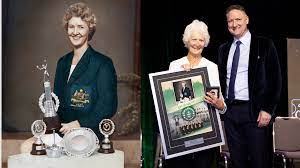
Netball champion Ingrid Huisken
Ingrid Huisken is a Dutch-Australian former netball player who had a successful career playing for both Australia and the Netherlands. She was born on January 16, 1961, in Leiden. Her family migrated to Australia when she was 12 years old in 1973. Ingrid began her netball career playing for the
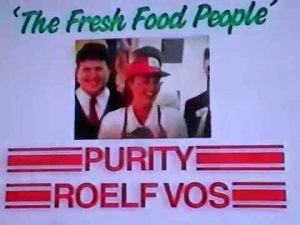
Vossie’s Supermarkets in Tasmania
Roelf Vos was a successful Australian businessman and philanthropist, born on a boat in Bergum (later Burgum), the Netherlands, on 4 October 1921. During World War II, he was involved in the Dutch Resistance and had to hide from German forces. After the war, he opened a drapery store in
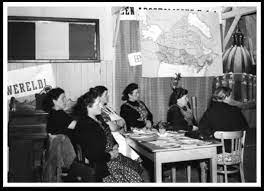
Volle last van de emigratie op de ‘tengere schouders’ van ‘flinke vrouwen’ – 2017
Volle last van de emigratie op de ‘tengere schouders’ van ‘flinke vrouwen’ is the title of the master thesis of Judith Calkhoven. It is about post-war emigration information and preparation for and by Dutch women, 1949-1961. Master’s thesis History: Cities, Migration and Global Interdependence. Universiteit Leiden, 15-6-2017 (S1261606) by Judith
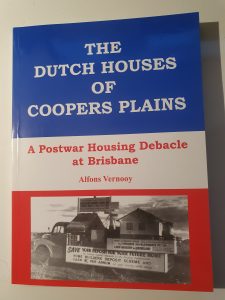
The long Dutch relationship with the Southern and Southeast suburbs of Brisbane.
The long Dutch relationship with Southeast Brisbane began during World War II, when in 1942 the Americans established Camp Columbia in Wacol, Brisbane to stop the Japanese advance in the Southwest Pacific. The camp became the staging ground for the American campaign, covering an area of 20 by 15 square
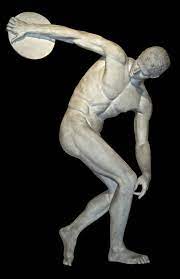
Peter Tangelder discus throwing champion.
Peter Tangelder is a former Dutch-Australian discus thrower who had a successful career in the sport. He was born on December 13, 1958, in the Netherlands, and migrated to Australia in the early 1980s. Tangelder was a member of the Australian athletics team for several years and competed in many
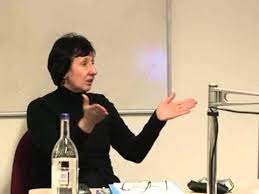
The Effect of Mixed Marriage on Language Shift in the Dutch Community in Australia – 1980
This thesis was written by Anne Pauwels, a linguist and professor. The main focus of the thesis is to examine how mixed marriages between Dutch- speaking and English-speaking Australians impact on the use and maintenance of the Dutch language in Australia, within the family and the Dutch community. The project
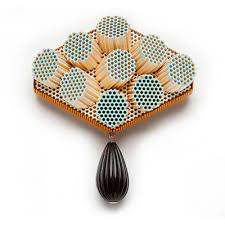
Christel van der Laan: A Contemporary Jeweller
Christel van der Laan is a contemporary jeweller based in Perth, Western Australia. She was born in 1963 in Son en Breugel, the Netherlands, and moved to Australia in 1981. She graduated from Edith Cowan University in Perth with a Bachelor of Arts in Contemporary Fashion and Jewellery Design in
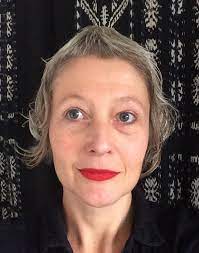
Manon van Kouswijk – jeweler
Manon van Kouswijk, a Dutch artist born in 1967, has been residing and creating in Melbourne since 2010. She received her education at the Gerrit Rietveld Academy in Amsterdam, where she later became the Head of the Jewellery department from 2007 to 2010. Central to Manon’s artistic approach is her
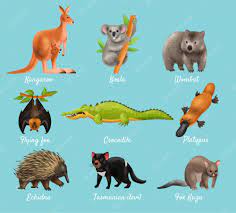
The Land of the Living Fossils- Animals in Travelogues for Dutch-Australian Emigrants,1950-1970
Ton van Kalmthout AbstractDutch emigrants who moved to Australia after the Second World War were confronted with anexceptional animal world, if only in emigration literature, including travel reports. This article discusses to which Australian animals such reports paid most attention, and how and why they didso. On the one hand,
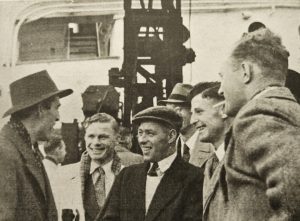
Dairy cows and dairy products in Dutch-Australian emigration literature, 1945-1965
Melkkoeien en zuivel in Nederlands-Australische emigratieliteratuur, 1945-1965 This is the original article by Prof. Ton van Kalmthout with graphics, pictures and source references in Dutch. Below that is a PDF of the article’s English translation. Author: Professor dr. A.B.G.M. (Ton) van Kalmthout – senior-onderzoeker Literatuurgeschiedenis | Koninklijke Nederlandse Akademie van
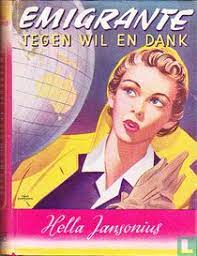
Children’s book: Emigrante tegen wil en dank (Emigrant Against Her Will) 1955
Hella Jansonius’ Emigrante tegen wil en dank” (Emigrant Against Her Will) is a book published in 1955 by West-Friesland, a Dutch publishing company based in Hoorn. It tells the compelling story of a young woman named Ilja who is compelled to leave her beloved homeland, the Netherlands, against her own
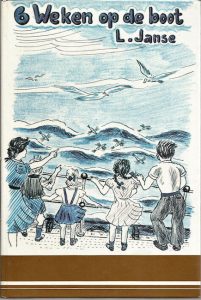
Children’s book: Zes weken op de boot (Six weeks on the boat) 1980
Leijn Janse (b. Nieuw- en St-Joosland, 29-1-1914 – † Barneveld, 12-10-1991) was a Dutch author who wrote under various pseudonyms such as J. de Lange, L.J. Nijland, and Leo Polderman. He worked as a teacher in several places including Herkingen, Ederveen, Meeuwen, Uddel, Middelharnis, Meeuwen, and ‘s-Gravenpolder. In the early
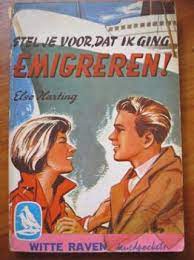
16 Dutch books from the emigration Period
Books about Dutch girls in Australia (1960s) Dutch Children’s book”: “Stel je voor dat ik ging emigreren” Children’s book – Stampende hoeven. Tom Hoekstra als veedrijver in Australië Children’s book: Tula, de kleine houtsnijder Children’s book: Zes weken op de boot (Six weeks on the boat) Children’s book: Emigrante tegen
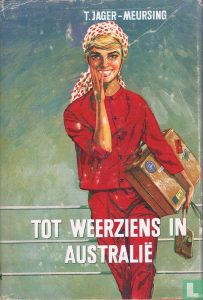
Books about Dutch girls in Australia (1960s)
Catharina Fenne Charlotte (Tine) Jager-Meursing was a Dutch author who wrote several books for children and young adults. She was born in 1891 in Amsterdam, and she died in Amersfoort in 1979. Jager-Meursing’s books are known for their humor, their heartwarming stories, and their positive messages. She was a popular

Dutch Children’s book”: “Stel je voor dat ik ging emigreren” (1954)
The book is in Dutch – translated as “Imagine if I emigrated” – and is written by Else Harting and illustrated by Hans Borrebach. The book was published by West-Friesland in Hoorn, Netherlands, in 1954. The book revolves around the theme of emigration, specifically targeting older girls as the intended

Unpublished transcript: “Emigration from the Netherlands” by Professor Geijl
This particular work is not widely known or may have limited information available, it doesn’t appear in the overview of his extensive list of publications. It is a typescript with handwritten additions, and it is located in the Koninklijke Bibliotheek (National Library) in The Hague, under number NL 94 B

Children’s book – Stampende hoeven. Tom Hoekstra als veedrijver in Australië (1954)
Achter stampende hoeven. Tom Hoekstra als veedrijver in Australië. Published in The Hague by Kramers, [1954] (in 1961 reprinted as Stampende hoeven. Tom Hoekstra als veedrijver in Australië). The book is in Dutch and written by Klaas van der Geest. Stamping hooves. Tom Hoekstra as a cattle herder in Australia
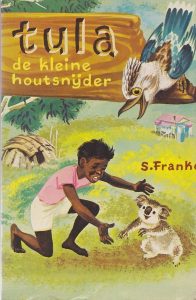
Children’s book: Tula, de kleine houtsnijder (1956)
Tula, de kleine houtsnijder (Tula, the Little Woodcarver) is a children’s book written by S. Franke and illustrated by G. van Straaten. It was published by Kluitman in Alkmaar, the Netherlands, in 1956. The book tells the story of Tula, a young Aboriginal boy who lives in the Australian bush.

You Take Yourself Overseas: A Personal Perspective on Post-War Emigration from the Netherlands to Australia – 2017
A book by Jan Fels and Brenda van Dijk provides a personal perspective on the Dutch migration experience in Australia. The book, titled “Je neemt jezelf mee overzee: Een persoonlijke visie op de naoorlogse emigratie van Nederland naar Australië” (You Take Yourself Overseas: A Personal Perspective on Post-War Emigration from
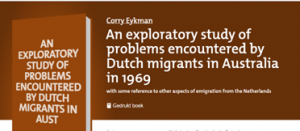
Study: Dutch Migrants in Australia: Challenges and Experiences – 1969
A study conducted by Corry Eykman (Eijkman) in 1969 explored the challenges and experiences of Dutch migrants in Australia. The study found that Dutch migrants faced a number of challenges, including the language barrier, the different climate, the unfamiliar culture, the loneliness of being away from their family and friends,

Dutch Women Share Their Emigration Stories – 1960
A book published by the Emigratie Commissie van het Nederlandse Vrouwen Comité (Emigration Committee of the Dutch Women’s Committee) features writings by emigrant women who share their experiences from afar. The book, titled “Ons tweede huis: Emigrantenvrouwen schrijven van verre” (Our Second Home: Emigrant Women Writing from Afar), was released
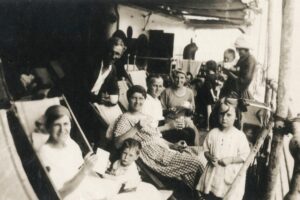
Emigration Commission of the Dutch Women’s Committee
The Emigration Commissieloon of the Dutch Women’s Committee, or in Dutch, “Emigratie Commissie van het Nederlandse Vrouwen Comité,” was an organisation dedicated to supporting Dutch women in the emigration process. The committee was active during a time when emigration from the Netherlands to other countries, such as Australia, Canada, and
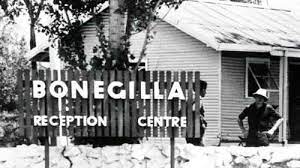
Bonegilla the largest migrant camp – 18.000 Dutch people passed through
Around 170,000 displaced persons came to Australia immediately after World War II. Nearly half lived at Bonegilla when they arrived in Australia. Some stayed for weeks, others for months. Migrants at the centre were taught English and learnt about life in Australia. They were then employed in areas where there were labour shortages, boosting
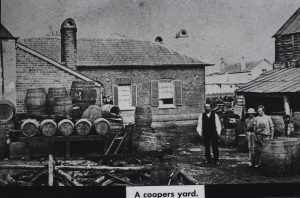
Historical novel “De Coopers van Sydney”- 1962
De Coopers van Sydney (The Coopers from Sydney) is a Dutch historical novel by E. Eichholtz, first published in 1962. The novel tells the story of a group of Dutch coopers who travel to Sydney, Australia, in the early 19th century. The coopers are hired to build a new brewery,
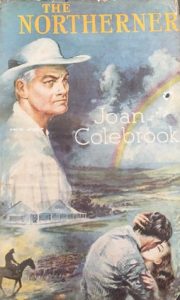
De Australiër (The Northerner) – 1954
De Australiër, is authorised translation of The Northerner, 1954, written by Joan Colebook and translated by Hans de Vries. Den Haag: Zuid-Hollandsche Uitgeversmaatschappij, 1963. The Northerner by Joan Colebrook is a historical novel set in North Queensland, Australia, in the late 19th century. The novel tells the story of the

They Came to Australia: An Anthology – 1962
“They Came to Australia: An Anthology” is a book edited by Alan Brissenden and Charles Higham. Published in 1962 by Angus and Robertson, it is a collection of writings that highlights the experiences of various individuals who came to Australia. The anthology aims to provide a diverse and comprehensive perspective
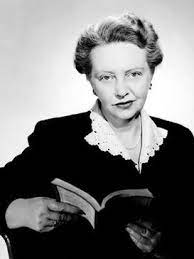
Australian Explorers: A Selection from Their Writings – 1958
This is a collection of excerpts from the diaries and journals of twenty-one Australian explorers. The book was edited and introduced by Kathleen Fitzpatrick, a professor of English at the University of Melbourne. The book is divided into three sections: The book provides a valuable insight into the lives and
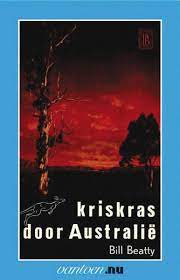
Beyond Australia’s Cities – Kriskras door Australië – 1956
“Kriskras door Australië” is the Dutch translation of the book “Beyond Australia’s Cities” written by Bill Beatty and translated by J.E.L. Stoffers. The book was originally published in English in 1956 by Cassell, and the Dutch edition was published in 1959 by Het Spectrum. The author, Bill Beatty, was an
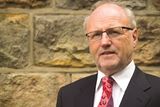
Paul Budde co-founder of the UN Broadband Commission for Digital Development
Paul was born in Vught on 8 September 1950. His parents Herman Budde and Annie Velthuis were born in Ootmarsum. (See also: The War of my Parents) In 1953 the family moved to Oss. Paul has a sister Monique and brother Rob. After his education and military service, Paul worked

Dutch schools and courses
Schools (listed alphabetically) Dutch Courses (listed alphabetically by provider) Books Nederlands als 2e taal
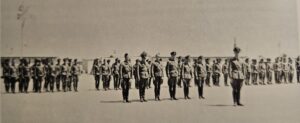
The evacuation of the Netherlands East Indies Flying Schools to Australia
The war In Netherlands East indies (NEI) led to the merging of the training schools of the air force of the KNILM (Royal Netherlands East Indies Army), the aviation service of the Royal Dutch Navy in NEI and the Vrijwilliger Vlieger Corps-VVC (Volunteer Pilot Corps), which trained private volunteers. With
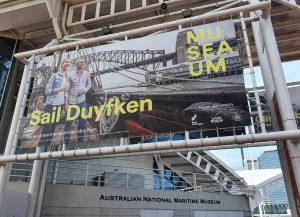
The Duyfken – hosts the Compagnie Batavia
Scroll down for the picture gallery of the Compagnie Batavia sailing on the Duyfken on Sydney Harbour – May 2023 The first documented and undisputed European sighting of and landing in Australia was in late February 1606, by the Dutch navigator Willem Janszoon aboard the Duyfken. Janszoon charted the Australian
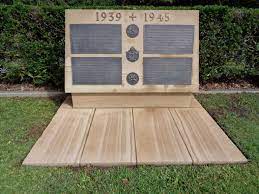
Samuel Jacobs and the Story of the WWII Dakota C-47 Crash near Mossman
On September 7, 1944, a Dakota C-47 aircraft carrying 20 people crashed into a mountain near Mossman, Queensland, while returning from a reconnaissance visit to Merauke, Dutch New Guinea. The plane was operated by the Royal Netherlands East Indies Air Force (ML-KNIL) and had four crew members and 16 passengers
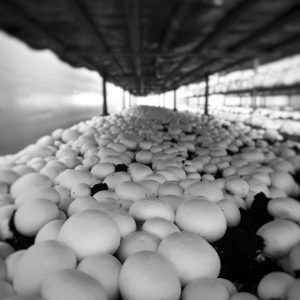
The Willemse Family – major mushroom suppliers
Petrus (Piet) Wilhelmus Johannes Willemse was born on 13 July 1933 at Liessel, Deurne, Nord Braband, Netherlands to Johannes Jozef Willemse (b 27.01.02 d 27 Oct 1944) and Francina Petronella Wilhelmina Spreeuwenberg (b 30 Nov 1906 D April 1968).
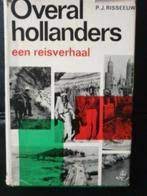
Everywhere Dutch (Overal Hollanders) book by J.P Risseeuw – 1965
“Overal Hollanders” by Pieter Johannes Risseeuw (1901 – 1968) is a historical account of Dutch migration and settlement around the world, focusing in particular on Australia. The book was published in 1965 by Bosch & Keuning N.V. in Baarn, the Netherlands. In “Overal Hollanders,” Risseeuw traces the history of Dutch
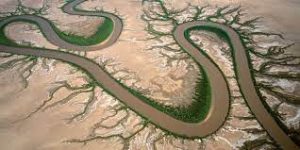
Dutch-Australian photographer Richard Woldendorp
This article is written with the assistance of Richard’s wife Lyn she also made the photo selection below. Lyn is a photo librarian and has been doing this for 60 years. Richard Woldendorp was born in Utrecht, Holland on the 1st January 1927, and lived for some time in Leeuwarden

Unilever and the Australian link to the rise of margarine.
In 1869, a French chemist named Hippolyte Mège-Mouriès invented a spread made from beef tallow and skimmed milk that he called “margarine.” Margarine was initially viewed with suspicion and was slow to catch on in Europe, but by the late 19th century, it had become popular as a cheaper alternative
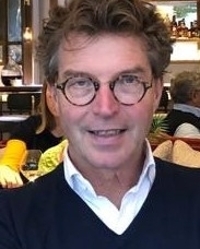
Dutch emigration literature with regard to Australia 1946 – 1992
The following list of Dutch emigration literature (in a broad sense) includes book titles that specifically relate to emigration of Dutch people to Australia. The list, compiled by Ton van Kalmthout, does not claim to be exhaustive, but forms a first step towards a further inventory of reading materials available
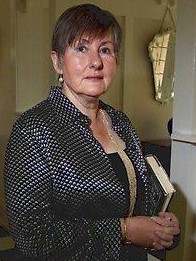
Elisabeth Holdsworth poet and writer of short stories
Born in the Netherlands in January 1947, just after WWII in the south-western province of Zeeland, Elisabeth’s family name is de Rijke-Nassau, one of the branches of the Nassaus sharing the common ancestry of Charlemagne and Willem and Juliana de Rijke. The de Rijkes, and their identification as part of
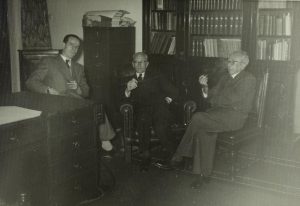
Augustin Lodewyckx introduced the first university course in Dutch in Australia
Augustin Lodewyckx (1876-1964) was a Belgian scholar and professor who made significant contributions to the study of modern languages in Australia. He was born on December 8, 1876, in Booischot, Belgium, the son of Joannes Lodewijckx, a farmer, and his wife, Maria Dymphna Maes. After completing his secondary education in
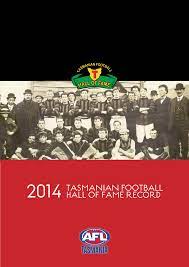
VFA top football scorer 1966 – Ben Nusteling
Ben Nusteling was a Dutch Australian Australian Rules footballer who was born in Dordrecht, Netherlands, on February 27, 1939. His family immigrated to Australia when he was a child, and he grew up in the Melbourne suburb of Prahran. Nusteling played for the Prahran Football Club in the Victorian Football
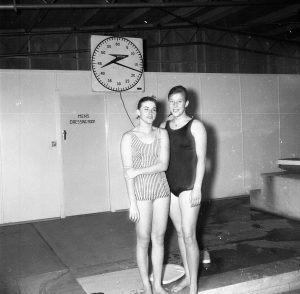
Marguerite Ruygrok – Olympic Breaststroke Swimmer
Marguerite Ruygrok was born on June 3, 1947, in Amsterdam, the Netherlands. She migrated with her family to Australia at a young age. She began swimming at an early age and showed considerable talent for the sport, particularly in breaststroke events. Ruygrok first came to national attention when she won
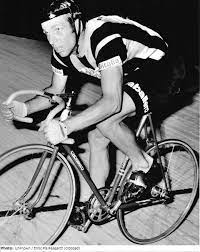
Henk Vogels Olympic Cyclist
Henk (Hendricus) Vogels (Haarlem, 1 November 1942 – 9 August 2019) was a Dutch professional cyclist who immigrated to Australia with his parents and siblings in 1955. His father, a plumber, settled the family in Riverton, Western Australia. His father supported him in establishing his cycling career and this resulted eventually
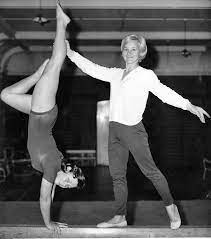
Nelleke Jol – founder Western Australian Women’s Gymnastics Association
Nelleke (Nelleck) Jol is a former Dutch Australian gymnast and coach who has made significant contributions to the sport of gymnastics in Western Australia. Jol was born in the Netherlands and moved to Australia in the 1970s. She represented Australia as a gymnast in the 1979 World Championships held in
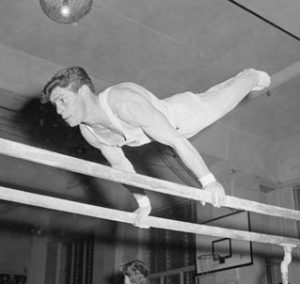
Gymnastics Olympian Benjamin de Roo
Benjamin Hielke de Roo was a renowned Australian gymnast who was born on 11 February 1940 in Enschede. His family emigrated to Australia in 1957, and he became an Australian citizen in 1960. De Roo started his gymnastics career in the Netherlands and continued his passion for the sport when
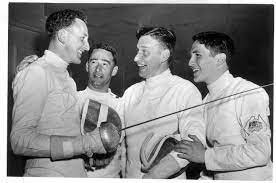
Fencing Olympian Hilbert van Dijk
Hilbert van Dijk was born on 24 September 1918 in the Netherlands, and he grew up in Amsterdam. He learned to fence at a young age and became one of the top epee fencers in the country, consistently ranked among the top six. Van Dijk immigrated to Australia in 1948,
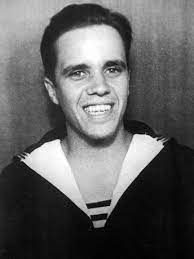
Paul Peter Couvret – military veteran, teacher, and local councilor.
Paul Couvret OAM JP (5 June 1922 – 5 July 2013) was born in Batavia, Netherlands East Indies, he signed up for the Royal Netherlands Navy when World War II came to the Netherlands East Indies in 1942. He was send to Pearce in Western Australia to complete his pilot
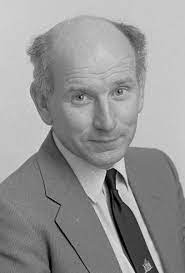
Peter Spyker very first immigrant to become Minister for Ethnic Affairs (Victoria)
Peter Spyker was a Dutch Australian who served as a Member of Parliament (MP) in the Victorian Legislative Assembly from 1982 to 1992. During his time in parliament, he held various ministerial portfolios, including Minister for Ethnic Affairs and Minister for Consumer Affairs. Spyker was born ion the 7th of
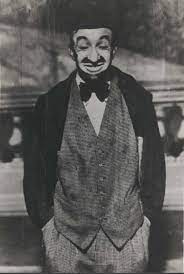
Harry van der Sluys famous Australian comedian
Hyam van der Sluice (sometimes spelled “Sluys”) was born in Amsterdam, the Netherlands, in 1855 and arrived in Adelaide, Australia, in 1882. He married Amelia (nee Barnett)in Adelaide in 1886, and they had seven children. Hyam was of Dutch-Jewish heritage, while Amelia was of English-Jewish heritage. Hyam passed away in
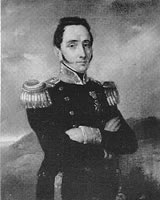
The Colonial Warship the Doerga explored northern Australia (1825-1826)
In the 1820s the Dutch Colonial naval vessel Doerga (Dourga) the Dutch was sent by Netherlands East indies Government to northern Australia to establish Dutch claims to the region and to investigate the trepang trade. The voyages of the Dutch brig of war Dourga, were recorded by its Captain Dirk

Magician Rids van der Zee (1923-2003)
Rids van der Zee was a Dutch-born magician who immigrated to Australia in 1954. He was born in the Frisian town of Franeker, in 1923. Van der Zee was a skilled magician who specialised in close-up magic and sleight of hand. He performed under the stage name “Rids the Flying
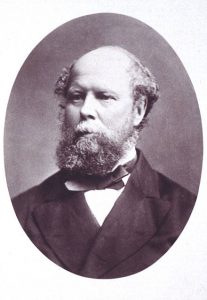
William Lodewyk Crowther – 14th Premier of Tasmania
William Lodewyk Crowther was a Tasmanian politician who served as the 14th Premier of Tasmania from December 1878 to October 1879. He was born on April 15, 1817, in Haarlem, Netherlands, and later moved to Hobart, Tasmania, where he pursued a career in medicine and became a prominent surgeon. Crowther’s
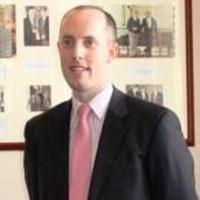
Frank Broeze – maritime historian
Franklin Jan Aart Broeze, who went by Frank Broeze, was a prominent maritime historian and academic who was born on January 20, 1945, in Rijswijk, Netherlands. Broeze grew up in the Netherlands and attended Leiden University, where he earned his Ph.D. in maritime history. Frank Broeze emigrated to Australia in
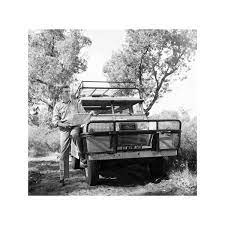
Anthropologist Mark de Graaf
Mark de Graaf came to Australia in 1958. He studied a Claremont Teachers College and the University of Western Australia to become a geology teacher. He took part in the Perth Drama Festival and the first live television show produced in Perth. He also worked ads a part time actor

Johannes van Gemert president of the Association of Professional Scientists 1977
Johannes van Gemert was the president of the Association of Professional Scientists (APS) in Australia in 1977. The APS is a professional association in Australia that represents scientists, engineers, and technologists across various fields, including natural sciences, medical science, engineering, and applied science. The organisation was founded in 1924 and
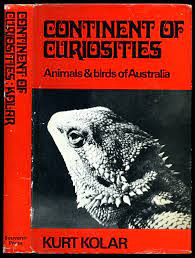
Ornithologist Jonkheer Gerard Frederick van Tets
Jonkheer Gerard Frederick van Tets, also known as Jerry van Tets, was a renowned ornithologist and paleontologist who made significant contributions to the study of birds and prehistoric life. He was born on January 19, 1929, in London, England, to Dutch parents, jhr. Hendrik Barthout van Tets, heer van Goidschalxoord,
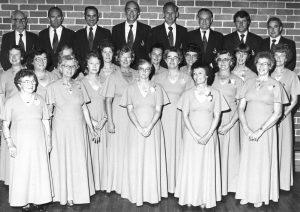
Sunrise Choral Society – Blacktown
Sunrise Choral Society was a Dutch choral group that formed in Blacktown in 1959 under the name “Morgenrood”. Initially their repertoire was purely Dutch., however they became increasingly more anglicised. They held an International Festival of Song, Dance, and Music in 1976 as a fundraiser for the Blacktown Hospital. Other
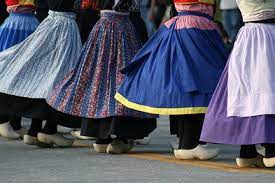
Dutch Choir and Folkloric Group Dee Why
The Dutch Choir and Folkloric Group Dee Why was a choral group formed by 25 Dutch parishioners of the Dee Why Presbyterian Church in Sydney, Australia in 1958. Initially, the group was primarily focused on performing liturgical music for the church, but it later expanded its repertoire to include Dutch
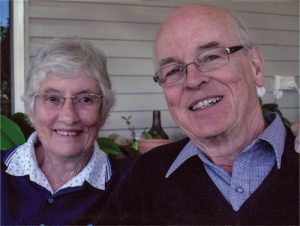
Professor Reinhard van Steveninck and Dr. Margaret Elva Van Steveninck- plants and soil scientists
Emeritus Professor Reinhard (Ted) Ferdinand Mathias Van Steveninck was a plant physiologist born on 28 July 1928 in Indonesia. He graduated from the State Agricultural University in Wageningen, Holland, in 1949, and earned an Ingenieurs (Ir.) Degree in March 1951. He worked as a plant breeder in charge of breeding
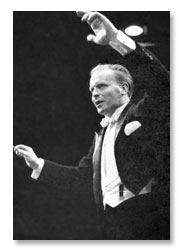
Jan Willem van Otterloo conductor of Melbourne and Sydney Orchestras
Jan Willem van Otterloo was a prominent Dutch conductor who achieved great success both in his home country and in Australia. He was born on December 27, 1907, in Winterswijk, Netherlands, and began his music career as a cellist before turning to conducting. He studied at the Amsterdam Conservatory and
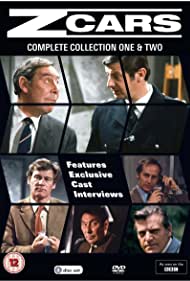
Opera singer Pieter van der Stolk
Pieter van der Stolk was born on September 14, 1934, in Amsterdam. Pieter van der Stolk during his time with Opera Australia. Supplied: Sandie van der Stolk. At a certain stage he moved to Britain, where he appeared in several BBC television shows and films, including “Z Cars,” “Doctor Who,”
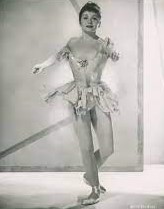
Ballet Dancer Willy de la Bye
Willy de la Bye was born on August 25, 1934, in The Hague, Netherlands. She began her dance training at a young age and went on to study with several renowned teachers and choreographers in Europe, including Maurice Béjart and Martha Graham. In 1957, de la Bye joined the Dutch
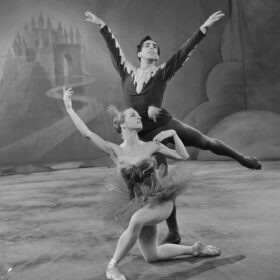
Jaap Flier Artistic Director of the Dance Company of NSW 1976-1982
Jaap Flier was born in Scheveningen the Netherlands, on 27 February 1934. He began dancing at a young age and went on to study ballet at the Royal Ballet School in London in the 1950s. After completing his training, Flier returned to the Netherlands, where he danced with the Dutch
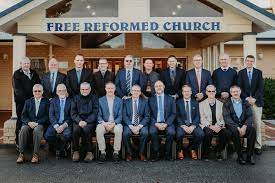
Free Reformed Church of Australia
The Free Reformed Church of Australia (FRCA) is a Protestant denomination that has its roots in the Dutch Reformed tradition. The church was established in the 1950s in Australia, as a result of Dutch immigration to the country. The FRCA subscribes to the Three Forms of Unity (Belgic Confession, Heidelberg

“Het Kompas” for the Dutch Catholic Community in Sydney.
“Het Kompas” was a Dutch-language publication that was established in Sydney in the early 1950s, by Catholic Dutch Migrant Organisation (CDMO) (Katholieke Nederlandse Migranten Organisatie – KNMO). It was a Catholic publication aimed at serving the Dutch Catholic community in Sydney and the surrounding areas. Dr Cornelius Wouters served as

Dutch Catholic publication: the Contact Perth (established 1955)
“Contact” was a Dutch-language publication that was established in Perth, Australia in 1955. It was a Catholic publication aimed at serving the Dutch Catholic community in Perth and the surrounding areas. The publication focused on Catholic news and events related to the Dutch Catholic community. It also featured articles on
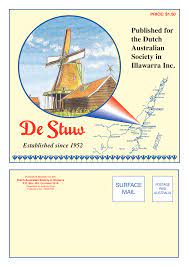
“De Stuw” Dutch-language publication llawarra, 1952.
“De Stuw” is a Dutch-language publication that was established in Illawarra, Australia in 1952. It was the monthly stenciled organ of the Nederlands Australische Vereniging (Dutch Australian Association) in Illawarra, which was founded that same year to serve the Dutch community in the Illawarra region of New South Wales. The
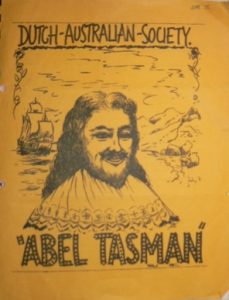
“Mededelingen” Dutch-language publication Hobart (1952- 1955).
“Mededelingen Ned. Vereniging “Abel Tasman”” was a Dutch-language publication that was established in Hobart, Australia in 1952. It was published by the Dutch Association “Abel Tasman,” which was founded in 1950 to serve the Dutch community in Tasmania. The publication focused on Dutch-Australian cultural and community news, as well as
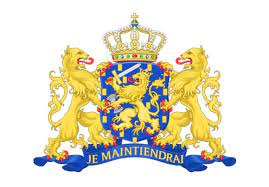
“Je Maintiendrai” former Dutch-language magazine Adelaide
“Je Maintiendrai” is a Dutch-language magazine that was established in Adelaide, Australia in 1957. The magazine was published by the Dutch Australian Association of South Australia, which was founded in 1951 to serve the Dutch community in Adelaide and surrounding areas. The “Je Maintiendrai” (Ik zal Handhaven) motto represents the
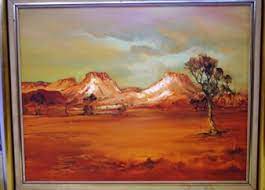
Carl van Nieuwmans – artist influenced by the Australian desert.
Carl Van Nieuwmans (also known as Carolus Joannes Nieuwmans) was a Dutch-born Australian artist who was born in 1931 in The Hague. He studied at the Haagse Academy of Visual Arts in the Netherlands and after his arrival in Australia in 1950 at the Sydney Technical School. Van Nieuwmans travelled
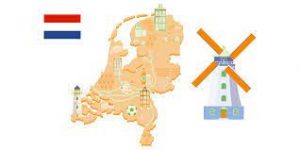
De Nieuwe Wereld Dutch-language newspaper 1955 to 1961
De Nieuwe Wereld was a Dutch-language newspaper published in Australia from 1955 to 1961. The newspaper was founded by a group of Dutch immigrants who had settled in Australia after World War II, and it was intended to serve as a means of communication and community building for the Dutch
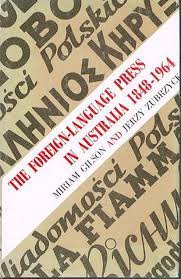
The Dutch immigration press
The post-World War II immigration to Australia began in 1947-8 with only a few persons of Dutch birth. However, the numbers increased rapidly, and by the time of the 1954 Census, 42,000 persons born in the Netherlands were enumerated in Australia. This number almost doubled by the 1961 Census and
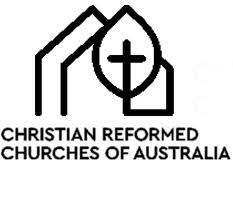
Reformed Theologian Rev. John Vanderbom
Rev. John Vanderbom (1913-1992) was a Dutch-born Australian Reformed pastor. He was born in the Netherlands and migrated to Australia in 1951. His parish originally centred on Sydney but extended from Brisbane to the Victorian border. He later worked in southern Tasmania. After completing his theological studies in the Netherlands,
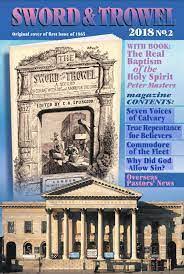
Trowel and Sword publication of the Reformed Church in Australia (historic)
Trowel and Sword was a publication of the Reformed Church in Australia, which was founded in 1953. The first editorial of this Christian magazine in Australia written by Rev. John Vanderbom in 1954. The first two editors (Revds. John Vanderbom and Bill Deenick) were in Australia, but Trowel and Sword
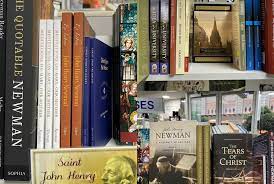
Dutch-language Catholic magazine – Onze Gids
Onze Gids was a Dutch-language Catholic magazine established in Australia in 1950. The magazine was published by the Catholic Printing and Publishing Company in Melbourne, Australia, and was aimed at Dutch immigrants to Australia. The magazine featured articles on Catholicism, current events, and cultural topics, as well as news and
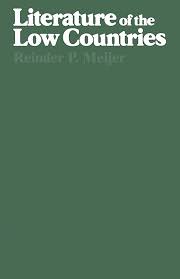
Reindert Meijer on Dutch Literature
R.P. Meijer was born on 18 January 1926 in Amsterdam. He studied Dutch at the University of Amsterdam where he graduated in Dutch language and literature in 1950. He obtained his PhD in Dutch literature in 1958. Meijer has taught and researched at various universities in the Netherlands and abroad.
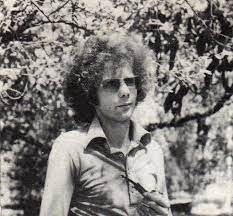
Cornelis Vleeskens – Performance Poet
Cornelis Vleeskens (1948-2012) was a Dutch-Australian poet, translator, and visual artist known for his experimental and wide-ranging works. Vleeskens arrived in Australia as a Dutch immigrant in 1958, and he spent much of his life exploring themes of cultural identity, politics, and social justice through his artistic pursuits. Throughout his
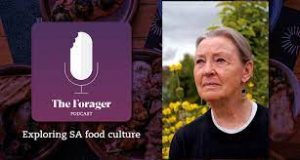
Lolo Houbein author of novels, histories, poetry, essays, and short stories.
Lolo Houbein is a Dutch-Australian author and conservationist known for her extensive portfolio of novels, histories, poetry, essays, and short stories. Lolo Houbein was born on January 20, 1935, in The Hague, Netherlands. Her father, Pieter Johannes Houbein, was a printer, and her mother, Maria Elizabeth Verburg, was a nurse.
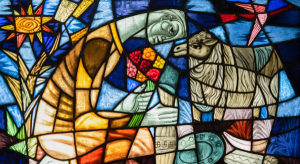
Jean Orval Stained glass artist
Jean Orval was born in Tegelen, Holland in May 1911 and died in Hamilton, Victoria in March 1987. As early as 1926 his emerging talent won him 1st prize in drawing at a Home Industry Expo in Helden-Panningen, Holland. In 1927 a National newspaper honoured him with 1st prize for
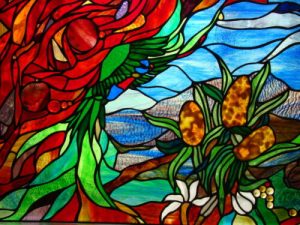
Stained Glass Artist Rein Slagmolen
Marinus “Rein” Slagmolen (7 November 1916 – 29 January 1999) was a Dutch-Australian artist and sculptor with a background in chemical research. Slagmolen was born in the province of Utrecht, Netherlands, as the youngest son of Gijsbertus Slagmolen and Mathilda Maria Slagmolen-Jacobs. As a young man, he spent some years
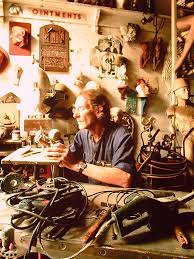
Hans Arkeveld sculptor, painter, draughtsman, and printer
Hans Arkeveld was born on 27 August 1942 in Scheveningen, Holland. He migrated to Australia with his family in 1952 and lived in migrant camps in Victoria and Western Australia before settling in Collie, WA. Arkeveld left school at the age of 13 and worked as a builder’s apprentice and
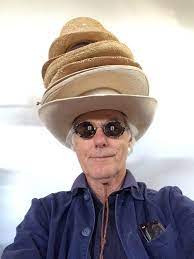
Theo Koning founding member of the Western Australian Sculptors’ Association
Theo Koning was a prominent Australian artist who worked across multiple mediums including painting, sculpture, and printmaking. He was born in the Netherlands in 1950 and immigrated to Western Australia in 1953. Koning studied fine art at the Claremont Technical School and graduated in 1973, the same year he became
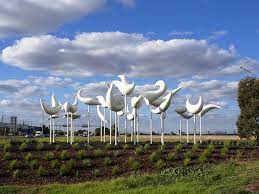
Adrian Mauriks – sculptor
Adrian Mauriks was a Dutch-born Australian artist who was born in 1942 and passed away in 2020. He emigrated to Australia with his family in 1957 when he was still young. His family was involved in the printing business, and Adrian completed his apprenticeship in printing before developing an interest
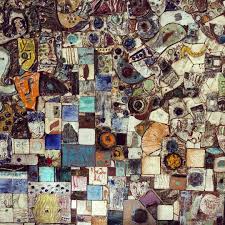
Gerard Havekes active in ceramics, painting, sculpture and tapestry
Gerard Havekes was born in ‘s Hertogenbosch in 1925. He did his military service in the Netherlands at the start of WWII. He immigrated to Australia in 1950. He was active in ceramics, painting, sculpture and tapestry. Despite being a self-taught painter and sculptor, he had successful exhibitions of his
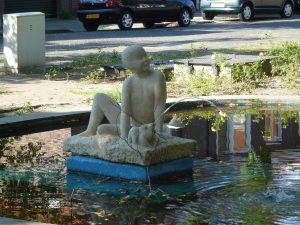
Berend van der Struik – teacher, designer, sculptor.
Berend van der Struik was a Dutch artist, born on 24 July1929 in Beilen. He studied at the Akademie voor Industriële Vormgeving Eindhoven and the Académie de la Grande Chaumière (Parijs). He emigrated to Australia in 1957 and lived there until 1964. He was a teacher, designer, and sculptor, and
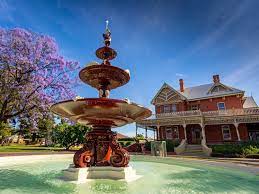
Ernst van Hattum – first director Mildura Art Gallery
(We are interested in further details and corrections on the personal info mentioned in this article). Ernst van Hattum was a Dutch-Australian artist who was born on January 29, 1923, in Nijmegen, the Netherlands. He studied at the Academy of Fine Arts in Arnhem, Netherlands from 1940 to 1942, before

Renown Potter Henri Le Grand
Henricus Alexander Theodorus (Henri) Le Grand, was born on May 10, 1921, in Zevenaar, the Netherlands. His parents were Petrus Egidius Hubertus Le Grand, a laborer of French-Dutch descent, and Elisabetha Antoinetta van Haren. Henri studied art and ceramics at the Instituut voor Kunstnijverheidsonderwijs te Amsterdam from 1938 to 1942.
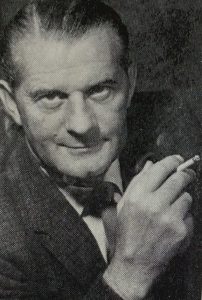
Alex Rotteveel – founder Little Theatre Maryborough
We are looking for more information on Alex Rotteveel. Alexander Johannes Rotteveel was born August 11, 1916 at Assen, Assen, Drenthe, Nederland, he died in Toowoomba Qld December 18 1993. He was married to Bouwina Fekkes, born January 10th, 1919 at Assen, Assen, Drenthe, Nederland. She died in Brisbane in
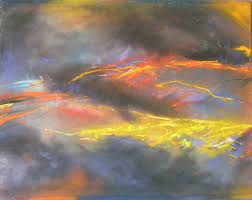
WIM de VOS – Artist, teacher, musician.
Dutch-born artist Wim de Vos (1947-2018) was born in The Hague and migrated to Brisbane with his family in 1959. Wim’s passion for the arts led him to pursue diplomas in Commercial Illustration and Fine Art at the Queensland College of Art, where he received honors in Printmaking. After his
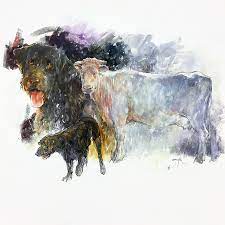
Pieter Zaadstra book illustrator artist
Pieter Zaadstra was a Dutch-born Australian artist born on January 15th, 1955, at Skraerd, Frisia. He is the son of an art historian. He began his art journey as a young boy sketching in various studios that followed the School of Den Hague impressionism style using cross-hatching oil painting techniques.

Abstract Painter – Fashion Design – Jan Riske
Jan Hendrik Riske was born on the Voorstraat in Dordrecht on 21 June 1932, the second of eight children, to Hendrik and Francine Riske. His father was a lead-light glazier who wanted to become an artist but had been discouraged by his staunchly Protestant family. Jan attended a private Montessori
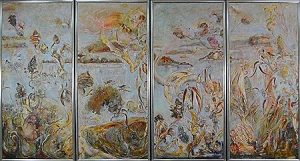
Abstract impressionist Ian van Wieringen
Ian Van Wieringen (1943-2022) was a Dutch-Australian artist born on January 15, 1943, in war-torn Holland. His mother Betty was Jewish, and during her pregnancy, she and her husband were helping to smuggle Jews out of Europe, creating an environment of tension and drama that may have influenced his emotional
Mystery: Contemporary artist Maria Blansjaar
It interesting, we found reference suggestions for her (see belkow), but none of the links are working anymore, nor is there any info on her paintings mentioned in the collections. It is as if she has disappeared from the internet. Any further information is welcome. Maria Theresia Wilhelmina Blansjaar is
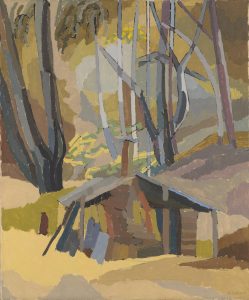
Alfred and Joke Calkoen – Dutch-Australian painters
Alfred Calkoen was a Dutch-Australian artist who played an important role in the development of the visual arts in Victoria, Australia. He was born on January 1, 1917, in Amsterdam he finished his study in the Netherlands in the Nieuwe Kunstschool (Amsterdam). During his career he also was an art
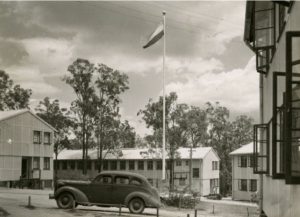
Netherlands East Indies Commission for Australia and New Zealand
Prelude Following hastily established diplomatic relationships in January 1942, the Australian Labor Government offered the Dutch, after the fall of NEI, shear unlimited support in relation to facilities and training, while at the same time providing them with a remarkable high level of independence for their operations in Australia. What
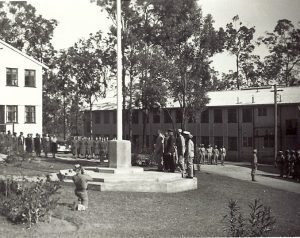
Netherlands East Indies Government-in-Exile in Australia (1944-1946)
Soon after the liberation of the southern Netherlands, on 14 September 1944, the Dutch Queen Wilhelmina decreed from London the official formation of a NEI government-in-Exile. This replaced the Netherlands East Indies Commission for Australia and New Zealand (NEICANZ) as it was established in 1942 in essence not much changed structurally and
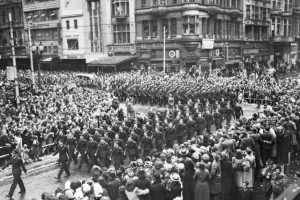
Three unique Dutch movies during WWII from around Australia
Amateur movies made by Mr. Arie Berger. Source Netherlands Ministry of Defence Movie #3 – 1943 Beeldbank – Department of Defence – Netherlands Movie #4 1943 -1944 Beeldbank – Department of Defence – Netherlands Movie #5 1945 -1946 Beeldbank – Department of Defence – Netherlands See also: The Dutch at
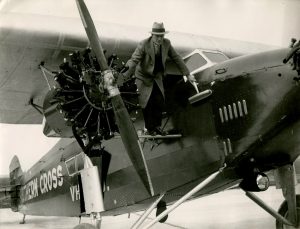
Kingsford Smith flew in a Dutch plane with a Dutch co-pilot
After the successful trans-Pacific flight of the Southern Cross in 1928, Kingsford Smith and his team continued to break new ground in aviation. In 1930, Kingsford Smith and his crew, which included co-pilot Evert van Dijk, completed the first non-stop flight between Australia and England in a Fokker F.VIIb/3m aircraft
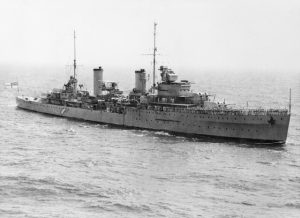
Dutch Navy involved in the search for the sunken HMAS Sydney in 1941
On 19 November 1941, HMAS Sydney, an Australian light cruiser, was engaged in a naval battle with the German auxiliary cruiser Kormoran off the coast of Western Australia. During the battle, both ships were sunk, with the loss of all 645 crew members on board the Sydney and 81 crew
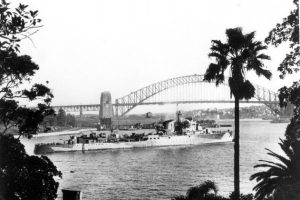
The Dutch and USA’s 7th Fleet
The United States 7th Fleet is responsible for operations in the Western Pacific Ocean. It was formed on March 15, 1943, in Brisbane, Australia, during World War II. The fleet was initially commanded by Vice Admiral Arthur S. Carpender, and it consisted of the cruisers USS Minneapolis and USS New
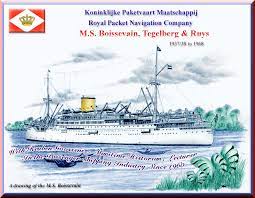
Koninklijke Pakketvaart-Maatschappij- Australian operation launched in 1912
De Koninklijke Pakketvaart-Maatschappij (KPM – Royal Packet Navigation Company – was established in 1888 in Amsterdam, the Netherlands. The company was created by merging several smaller Dutch shipping companies that were operating in the Dutch East Indies (now Indonesia). KPM’s main purpose was to provide a regular shipping service between
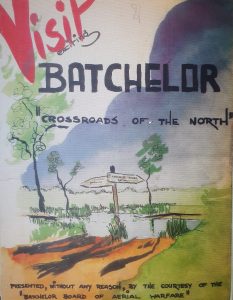
The Dutch at Batchelor Airport in the Northern Territory
Batchelor Airport is a former Royal Australian Air Force (RAAF) base located in Batchelor, Northern Territory, Australia. The base was established in 1942 during World War II and was used primarily as a bomber base for the RAAF’s No. 1 Operational Training Unit. During the war, Batchelor Airport was also
